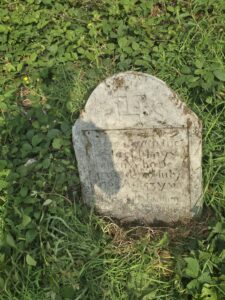
The grandparents of the 7 brothers and 3 sisters one of the brothers was shot in June 1798 until it was stopped
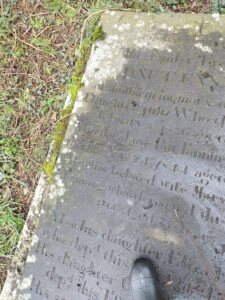

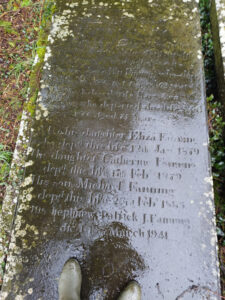
Patt Fanning tomb Kilninor
This tomb erected by Patt Fanning of Ahullin (Ahullen) in memory of his beloved daughter Julia who departed this life February 5th 1836 aged 8 years
Also the above Patt Fanning who departed this life Nov. 24th 1814 aged 62 years. Also his beloved wife Mary Ann Fanning who departed this life April 15th 1866 aged 75 years also his daughter Eliza who departed this life12th JAN. 1879, his daughter Catherine Fanning who departed this life23rd Feb. 1879, his son Michael departed this life 23rd Feb. 1885, his nephew Patrick J. Fanning who died 1st Mar.1941. Requiescant in Peace Amen.
Next to it
John Fanning
Here Lieth the body of John Fanning who departed this life the 28th day of June 1798 aged 23 years. Also the body of Michael Fanning his father departed this life March 15th 1812 aged 64 years, also Wm. Fanning ? June 1827 aged 19 years ..?
And of James Fanning of Gurteen
The Story begins about 1949 two years after the big snow Blizzard in February and March 1947 when tillage operations were delayed for a couple of months drawing attention to the short time frame for doing the work and the need for something like a tractor to complete the compulsory sowing of wheat with some bread rationing due to lack of wheat flour and a couple of extracts and a piece ,about this reported in The People Newspaper in the Month of May 1947, Mr. Lemass, Minister for Industry and Commerce told Mr Keating in Questions in the Dail that he was aware that there was difficulty and delay in obtaining this country’s full requirement of tractors. Every possible action had been taken with a view of securing speedier delivery as the distribution of tractors was not subject to official control, he could not assist any individual to obtain his requirements out of the supplies becoming available and inquiries in this direction should be pursued through normal trade by1949 Dick could see the way forward was the tractor and himself and Joe acquired a new Fordson tractor, one man, I know well told me Joe had the new tractor over at Ballyfad when he started school in 1949 and it was drawing great attention. They used a three furrow Cockshutt plough because the early Fordson had no hydraulic lift, and it used a rope and some kind of trip system for lifting it. They also had a single furrow plough. By February 1953 Dick and his brothers John and Joe had bought the farm in Ahullen from the relatives of Larry Darcy who died in 1948. Their brother Austin, a year older than Dick died from meningitis at nine years of age, and Dick would have missed a good deal of school after it, but his mother was quite good at business and he read a lot of books and most likely compensated for it that way. By 26th November 1958, their brother John had begun his first Gardening programme called the Gardening Magazine broadcast on National Radio, who was assistant Keeper of the Botanic Gardens, and who was already widely known as a writer and a lecturer as reported in the Herald Newspaper November ’58.
21 March 1959, Irish Press Dick has an Advert in the Irish Press looking for a Priestman Excavator (Dragline) driver must be experienced in land reclamation, Richard Fanning Ahullen, Inch, Co. Wexford
Driver wanted for Priestman excavator (dragline)
Farmers Garden by John Fanning 24.01.1969 Sligo Champion
While I waited for the farmhouse door to be opened, I looked out over the shivering cows at the farmyard gate past the dreary winter landscape to the mountains half-hidden from the sleet blowing from the Northeast. I debated to whether I should wait at the door or stay in the car I heard footsteps the door was opened by the lady I had met after the lecture on the previous evening. She had asked me if I would call and give some advice on her garden before going back to Dublin. I was now inside my ordeal was over, I couldn’t forget the shivering cows standing hock deep in mud and adding to their misery by horning one another spasmodically, I just couldn’t decide if this was bad temper, or an effort to get some shelter from the searing sleet. “What would I advise to give the place a better appearance?”
For most farmhouses and the surrounding farmyard, I consider shelter is of first importance… after all, the comfort of the home and the stock is more important the impressions of callers, shelter will make it possible to make a better garden. Start with the shelter and go on from there.
I have written on this subject in this bulletin before, so now need only say that shelter is economically justifiable, apart from the comfort it gives and the improved appearance of the farmstead.
I prefer the evergreens-trees without leaves, would have been of little help to the cows standing at that gate, or to the woman struggling across the yard with that bale of straw. Of the evergreen, my first choice as a farmer’s son reared at 600 feet above sea level and exposed to the NE is Lawson’s Cyprus. It’s not so fast-growing as one would like, but it is permanent. For greater speed some of the Cupressus macrocarpa could be mixed, or possibly the Leyland cypress. Plant at about 6 feet apart in ground that is enriched by a little (forkful farmyard manure in the bottom of the hole and covered with a 3” deep layer of soil before planting. If you have some trees that are not growing fast add the manure as a mulch on the surface it keeps down the grass and the moisture and the trees grow much faster much faster in consequence.
for situations the Sitka spruce is excellent also- much faster than the Norway spruce. For exposed situations especially on acid soils and wet spots, the Pinus contorta good Evergreen that will always grow stand any exposure. Admittedly the deciduous trees are faster and might be used as “fillers” to give shelter until the more effective evergreens are tall enough. The poplars are the fastest, but in some areas, they lose their leaves so early with leafspot that they are not advised. Use populus robusta or other large-leaved form, plant firmly and stake if using tall trees. The grey alder and the white willow are very good deciduous trees and grow fast in most situations, especially in the wet or water-logged soils. Space at 5’ apart each way.
For most shelter belts two or three rows of trees are enough, but I would advise a line of shade tolerant shrubs at the edge. This will grow more slowly, but it will never go bare at the base and when the trees lose their lower branches these shrubs will provide shelter at ground level that is so important for milk locations. I would advise Grisel Inia or Olearia (O. macrodonta for the colder area and O. Traversii for the milder spots near the sea.) For appearance and stock exclusion there is nothing better than the holly. Its slow growing but if well fed and spaced at about 5’ apart make a perfect screen within 10 years. shelter belts should be planted but it’s just a waste of money if they’re not fenced to exclude stock … and well fenced, so that the stock can’t lean in over the wire and eat the leaves or leaders of the trees.
At this stage I advised my hostess services of the horticultural Instructor . She didn’t seem to be aware he can give excellent advice, that this advice is free of charge, and that most County committees of agriculture also give grants for trees.
Once the shelter is planted, garden making may begin, or at least the planning stage is reached. Here again the Horticultural Instructor will give invaluable help, because he knows the local circumstances soil and can advise where you can see the shrubs he advises, locally.
Farm gardens must be either easy to maintain or almost self-maintaining . In the making use ornamental trees and shrubs, roses, bulbs and the few herbaceous plants that are easy to care
Such as Pampas grass, red hot pokers, lupins, peony roses etc.
In general, I find that farmers gardens are like the man with the leaking thatched roof. He couldn’t do it on a wet day, and it didn’t need to be done on the dry one. The farmer would like to have the garden in the summer, but he can’t do it then has forgotten the need for it in the winter, when it could be made.
Selection of trees
My selection of trees would be the weeping Birch (drainage is good) or weeping Willow it is not. And I would like at least one tree of that noble and beautiful blue cedar (Cedrus atlantica glauca). This will require at least 40 feet in each direction, it is a fast growing very large tree. I believe you should also have the Magnolia soulangiana, for the magnificent flowers in April and if you would like some attractive evergreens, I would advise Picea brewiana, Cupress Cupress Nootkatensis ‘Pendula and the loveliest and rarest of all-Cedrus atlantica pendula. Spread these trees out well at least 20’ apart so they have space to develop may be seen to best advantage.
Now you should think of some ornamental shrubs, flowering, berried or coloured foliage, and try to select so that you have at least one for each month of the year.
My selection is as follows:- January-Mahonia, japonica- long sprays of yellow flowers from November to March. Fragrant February Daphne mezereum- maroon or white flowers. Fragrant.
March- Cydonia Rowallane seedling red-scarlet flowers. Best grown against a wall.
April- Cytisus praeccox also known as Warminster Broom.
May Berberis darwinii attractive evergreen with orange flowers (does not carry the wheat rust).
June Genista Lydia this creeping plant has bright yellow flowers.
July- Spartium junceum(known as Spanish broom, rush broom, or weaver’s broom. This bloom flowers all summer. Flowers yellow. Best planted in a group of Skimmia ( Japonica) or hydrangea
August -Hydrangea ‘Holstein’ or “Valcain” if the soil if limy flowers will be pink. For blue flowers grow in lime free soil and add alum, about a half pound per plant, spread over soil.
September- Acer palmatum the deep purple leaves of this Japanese maple are indispensable.
October-Rhus cotinus foliis purpureis- this is the purple smoke plant. Looks best if planted beside grey foliaged plant.
November- Skimmia Foremanii-If a group of females and one male are planted the large red berries will be carried in plenty.
December- Holly “Golden King” this holly has large yellow blotches in the leaves, if a male is planted the” Golden King will also carry berries.
Excellent plants.
There are a few excellent plants which are not in the above list, such as the lilas Massena to flower in May, and some of the golden conifers such as Thuja Rheingold about 5’ high or the golden Lawson’s cypress (about 30’ high when mature). I also know that the Laburnum is very popular, but I have omitted it because the seeds are poisonous. This Article gives us an insight to his work.
Sadly John Died Christmas Eve, 1971 and there was a very nice appreciation of him written in the Irish Times in 1972.
Irish Times January 11 1972
Mr. John Fanning
An Appreciation
It is difficult to realise that John Fanning the Dynamic indefatigable worker is no longer with us. Death took him on Christmas Eve. John came of farming background and hailed from Ahullen, Inch, Co. Wexford. He received his secondary education at C.B.S., Gorey, and then spent a year at Warrenstown Agricultural college, Co. Meath. After he successfully completed the special four-year course run by the Department of Agriculture for the training of the County horticultural advisory officers. He was to become one of the most popular and sought after lecturers under the Royal Dublin society’s extension lecture series, and he came to be very closely associated with the Tidy Towns Competition sponsored by Bord Failte.
These varied activities made John’s name a household word throughout the country and his work brought interest, pleasure and encouragement to countless numbers of people. Whilst at the Botanic Gardens and in spite of his many duties and the great demands on his spare time, the student in John had him back at study, which was rewarded by his obtaining the coveted National Diploma in Horticulture awarded by the Royal Horticultural Society of England.
Appointment as Senior Horticultural Inspector in the Department of Agriculture came in 1963. In this onerous position, which he held until his death, his great ability, capacity for hard work, and unruffled diplomacy, brought real achievements on many fronts and resulted in many advances in commercial horticulture in Ireland.
In his assessments, he passionately believed that progress and development in Irish horticulture rested squarely on better education at all levels, and he strove continually for improved training facilities. In his time, he had the satisfaction of seeing new formal courses launched and new horticultural training colleges established. John was taken at the very height of an outstanding career. Through his untimely death the nation has lost a most distinguished horticulturalist and a widely-known and respected personality. Irish horticulture has received a grievous blow at a very critical time.
Our deepest sympathy goes out to his widow, Bernie, and his four young children.
A good friend of mine told me there was a lot of waste on the farm in Ahullen, and it had to be cleaned up, they could see by mid-fifties or a little later that one could pay for a farm with three crops of wheat in 3 years (I would think good prices as a result of food scarcity caused by the war would have been a factor in this) once you had a tractor.
FOR HIRE Combine Harvester £ 4 per statute. acre. FANNING, AHULLEN Inch 14 ,1954 The Wicklow People
Advert 20-Sept 1956: For Sale Class Super Combine Harvester: as new condition; price £525, Fanning Ahullen, Inch, Co. Wexford Phone 14, and my good friend tells me Borleagh Manor the adjoining property to Ahullen would have been the first in the area to have a phone, and he is fairly sure it was before the Colonel died in 1945. He could remember Richard Greene standing in the hallway the day of the antique auction, 9-Nov ’60 and I found an Advert for the Antique auction 9th Nov 1960
8th March 1961 Richard Greene, Borleagh, Inch looking for assistant gardener
Their grandfather P.J. Fanning inherited their home farm where they were born after his uncle was killed from a fall from a horse after having a good few drinks or either that, the car turned over on him. PJ had been working for a newspaper in America before this which I assume was before 1908 or 1912 the date of one of his letters to the Leinster Leader newspaper.
PJ was born in Ahullen 22-January 1865 in Ahullen and went to school in Synge Street, Dublin as far as I know, and he died 15- March 1940, a year earlier than the other Patrick John Fanning on the Kilninor tomb stone, over a bit from his Cullenogue Headstone
The man Ted Fanning told me he remembered Dick using a bulldozer around 1953 to fill in the hole from the old WW11,1941 Bombsite opposite the Present Boland’s Hardware today. Dick started off Cleaning up land and moved quickly and naturally into land reclamation,21 March 1959, Dick has an Advert in the Independent looking for a Priestman dragline driver must be experienced in land reclamation. Tom Colgan used to drive the Priestman Lion and stayed in the lodge in Ahullen, which Dick Cullen used for a while during Larry Darcy’s time. Dick had an advert July 1960 in the paper baled hay for sale, and another advert for a Massey 780 diesel combine for the sale year 1955 price £ 500 Phone Inch 22.
Advert 3 July 1962 Geith drainage plough, done one week’s work, as new, £250 under list price. R. Fanning, Ahullen, Inch, Co. Wexford. Phone Inch 22
Dick took on Germans Guskin’s job 22nd April 1963 in Hyde Park and Killowen, and Sissi makes a note about seeing Edith Dieter’s wife 12th July 1963. Theo Guskin and his wife had two daughters, one was a bit lame from Polio. and they lived in Tara House, Hyde Park and had around 500 acres.
An interesting piece piece ,about Count von Doenhoff from that time period, who invested in farmland property in Ireland.
Count and Countess von Doenhoff: a piece from the The Irish Farmer’s Journal,1-May-1965
By A.J. Kehoe
Last week I made a Random choice for a brief glance at the circumstances of a German farmer in Ireland. I picked one of the less-talked of Midlanders Count Dietrich von Doenhoff who bought the 200 acre holding in Kylebeg, near Borris in Ossory, in 1951. Now after fifteen years, he is showing the mould of the Irish scene. It is neither fair nor worthwhile to judge immediate newcomers. If they cannot adapt to their surroundings they will go. The world is wide and opportunity for anyone with a Germanic flair for work and organisation is abounding. Those who choose to remain for as long as fifteen years and who plan to settle down as new citizens in their county of adoption do so because they pay us the compliment of preferring Ireland-in spite of the rain to elsewhere. They are in historic line with the waves of those from abroad who have been continually coming to our shores and who have enriched this island by the hybrid vigour that springs from new ideas and new ways. They are in the line of those who “Became more Irish than the Irish themselves” as our school-books say. I would say Count von Doenhoff, who prefers to be known as plain “Mr. -is one of those taking root. I talked with his son Christian, who came here at the formative age of ten and feels he is completely at home now. Christian has a sound education , obtained chiefly at St. Columba’s college in the green countryside south of Dublin, where he got a good run over agriculture as well as other subjects; he need not stay in Ireland if he didn’t like it. But he does and he intends to stay.
An indication of the extent to which the Prussian background is already attenuated can be seen in the farming in East Prussia-“the corn-bin of Germany,” they were accustomed to broad expanses of unfenced wheat prairies, big machines, grain silos and the grind-stone work and worry that intensive tillage on a thousand acres can cause … Now they are fitting beautifully into a green Irish countryside, producing first class grass and making less money but for less effort and worry.
There is a good herd of single sucklers well done and at present prices and prospects, gives the Doenhoffs as much as they now want out of life. The only break in the 200 acres is 8 or 10 acres of oats which Mr. von Doenhoff likes particularly for young stock. It also comes in handy for the two horses which are Mrs. von Doenhoff’s special charge and which help the family to sink their roots deeply into Irish life through their enthusiastic support of local horse breeding and performance. This not without a good measure of success. Three years ago, for example, Mrs. Doenhoff had the supreme champion hunter at the R.D.S. but she had sold him a few days before. So the winner wore his rosette in another’s name.
Christian von Doenhoff holds that newcomers should fit in with their new surroundings and customs. I am sure that all those who intend to stay will do just that, and those who don’t
Fit here will leave eventually .
A photo at the end of the article of Mrs. von Doenhoff with her winning show-jumper ping-Pong.
Another very interesting piece a year earlier in the Meath Chronicle
Count Doenhoff 1964 Article from The Meath Chronicle
Highly Esteemed by their neighbours They are a grand couple, some of them told me are Count and Countess Carl Doenhoff, of Clonee House, L..his name is quoted in the Irish farmer’s Journal May 1965 as Count Dietrich von Doenhoff, 9as my good fiend Dieter didn’t remember his first name as Carl). , come to think of it, that’s not surprising, they are a very personable and charming pair. Both speak almost flawless English and both belong to very old German families. For snobbery you go to the nouveau riche; for breeding, to the ancient regime. Countess Doenhoff bears the historic name of Metternich. The Duke of Metternich was a famous figure in Austrian politics. She is a descendant of Count Metternich of Germany. Her father is one of the most intensive sheep and dairy Farmers in the northern part of Germany. Slim and attractive and the mother three children. The Countess is a keen tennis player likes riding and hunting but mostly claims that, where horses are concerned, she is only trotting after her husband, so to speak. The Count’s family can trace its roots back to the 12th century and the Crusades.
Count Doenhoff was brought up on his father’s 30,000-acre estate, which was mainly used for tillage, forestry and grassland farming, in East Prussia. The estate now in the hands of the Soviets and the Count’s father resides on a farm in Laois, which he purchased about ten years ago.
Count Doenhoff was educated at Gordonstoun public school in Scotland, where the Duke of Edinburgh was educated and where Prince Charles is at present a pupil. Why was he sent from Germany to be educated? Possibly because his father knew the founder and the first headmaster of Gordonstoun. Anyway from there the Count went to Trinity College, Dublin, where he studied agriculture first and then political and economic science. He left Trinity in1954 to farm with his father for a year before to returning to Germany with the intention of intensifying his practical knowledge of farming. However Germany’s remarkable post-war industrial metamorphosis seems to have captured his imagination, for he switched to industry and commerce, and a very successful switch it was destined to prove.
He built up a lucrative connection in Germany for Weston, the British biscuit and supermarket concern, which is about the biggest retailer of foodstuffs in the world. By the same token. Weston may move into the Irish market soon. ( As it happened Galen Weston met Miss Hillary Frayne from Dún Laoghaire, Ireland and They married in 1966.) from Then a friend talked the Count into joining a mammoth engineering firm which is building and equipping factories in many parts of the world.
He found a foothold for the firm in Africa. The Countess and himself then had one child a daughter and the three of them went to Ghana. Unfortunately their daughter took very ill, and he sent her and his wife back. The engineering firm is building, or, hopes to build, factories in East Africa, Nigeria, Kenya, Uganda and Tanganyika and the Count flies between Clonee House and his bases in Africa regularly. He intends to remain with the concern until a suitable replacement for him is found, when it was suggested to him that Irish farm life is easy going, Count Doenhoff
went as close as a Count could go to a snort. He admires Irish farming and said Irish grazing land was the best he had seen anywhere in the world. He purchased the property known as Clonee House which embraces 170 acres from a Miss Cosgrave four or five years ago. As indicated already is a keen horseman and hopes to compete at Castletown and… differs from the piece in the Irish farmer’s Journal 1965.
Dieter remembered Count Doenhoff had a Unimog and an old tractor, a good car, and a couple of other old engines or disused tractors, and during the Suez canal crisis when it was hard to get fuel Dieter was able to organise some for him through some people he knew, and as a result the Count gave him the use of the car at times, I had asked Dieter on one occasion how he come to be able to speak such perfect English , and his reply was, through meting up with all the young Irish Lasses years ago. On one particular occasion on a golf course on an RAF Base in Germany with Dieter and another man a Welsh man, I was amazed at how Dieter could be speaking in German , and flick back to speaking English instantly , and just as quickly back again. I often marvel at people who have this ability.
. Dick buys the Poclain TC 45 Excavators from Sam Mc Cormick in Jamestown, Inchicore, Dublin 8, and he has an advert in the Irish Independent
Fordson Major BMI 374 1963
Following three tractors in 1963 Diary with County Wexford number plates: Fordson Major BMI 374 (Wexford BMI Registrations Jan 1962) Fordson Major tractor registrations.
BMI 663, a man I know well told me that he bought this Fordson Major from Dick and he always remembered the registration, this one had curtains alongside the engine back to the canvas cab called a heater CAB but he told me there was a problem with this this because you would get black from the exhaust fumes
FORDSON Super Major BMI 58 (Wexford BMI Registrations Jan 1962)
Fordson Major ZR 9485 could be a 1950’s Reg, ZR Wexford Reg began June 1952 and ended May 1961
Bedford and Ford
FORDSON Super Major BMI 58
Fordson Major ZR 9485
Bedford and Ford
Volkswagen and Triumph Herald
13-Jul-63 Harry and Billy setting up 4 wheel-drive tractor two Priestman cubs and a Wolf dragline
20-Nov-63 Dick bought new tractor £ 2,100 and traded in old one it’s now costing?
26-Nov-63 Harry Bushe working on big County tractor
around 1965 or ’66 we were doing land reclamation work in Waterford for David Kent, and I think it was after him we did reclamation work for Major Carew in Waterford.
I remember Major Carew’s very well, as it was like our first camping working holiday, when Dick got the idea of driving the VW Beetle from a loading ramp in our farmyard into an old ESB lorry, he had also converted some old bread lorries into caravans for staying over on the jobs which were far away, he even bought an old grey ambulance to convert into a caravan to tow behind a tractor. When we arrived at major Carew’s he took out the VW car and it was a very enjoyable stay apart from discovering the roof of the old ESB Lorry wasn’t fully waterproof, when we realized some of our sleeping bags were a little wet from some water that leaked in, but overall, it was very enjoyable around the campfire in the evening and a nice wooded area nearby the field we were in, it was quite something hearing a Vixen scream for the first time. Jim Byrne was on that particular job operating the JCB excavator opening the drains and some of the other men were laying the pipes as far as I remember. I enjoyed it so well I decided when taking our young fellows on the first camping holiday to France, I decided to book the TGV Train journey as well from the Airport in Paris to NANTES, and then drove to the Campsite in St. Julien, to give them a sense of adventure, after thinking about the adventure I enjoyed going to Waterford with my two younger brothers in the old ESB lorry. This may have been around 1966 or 1967.
Dick took on the preparation of the site for the new Ferrybank 100-bedroom hotel, around the end of 1967 or early ‘68 which PJ Hegarty contractor constructed for the Breen family in Waterford and later Jury’s hotels took it on afterwards.
Priestman Tiger crane, keen price for long term contract advert , Dick Fanning, Ahullen, Inch, Co. Wexford the Irish Independent 29-June and 30-June-1967 Phone Arklow 7122
This was around the time period the new Fertiliser factory was opened near Arklow, and would have been under construction all along at different stages of expansion.
The Priestman Lion was used a good deal of the time on the Slob in Wexford , and also in Westmeath.
They would use matts made up of wooden railway sleepers joined together to support the weight of the machine on soft ground .
The smaller Priestman Cub would have been used in the Brook Pottery, Arklow a lot , The Priestman Wolf , which may have been a fresh second hand machine was used for some land reclamation . I think Sean Swan used to often operate this machine . He also had a plant hire business of his own which may have been after this.
13- Nov 1967 advert: Track type Poclain Excavators ideal for mucky building sites
Dick Fanning, Ahullen, Inch, Co. Wexford Phone Arklow 7122 and 7101
20 April 1968 Wanted CAT D 8 Bulldozer driver for work in Mullingar area must be fully experienced in land reclamation work, state full experience, and rates first letter. Dick Fanning Ahullen, Inch, Co. Wexford
The Westmeath Examiner 22- June 1968 Bulldozer driver wanted for two months work in Mullingar/ Kilbeggan area; must be experienced in land reclamation; apply Dick Fanning, Ahullen, Inch, Co. Wexford. phone Arklow 7122 or contact John Tighe, Castletown Geoghegan.
Johnny Tighe had been operating the Poclain Excavators up in this area a lot and Tom Colgan was there for quite a while Deepening a river for a stretch of about six miles.
Another good friend of mine remarked that the late Tom Colgan could clean your boots with the dragline, and when I thought about it, he really was right. They did quite a lot of work for a man called Louis Vambeck in Mullingar.
Dick also had a CASE hydrostatic drive bulldozer around this time some of the men told me, which was quite useful as you could angle or tilt the blade a little like the modern CAT D5
12th September 1967 Advert: For Sale 5 Acres of onions on the field, Dick Fanning Ahullen, Inch, Co. Wexford. Phone Arklow 7122 or 7101, (we used a phone with a wind-up handle before this stage to ring the local exchange in Inch to be put through to the desired number, which would have been before ’67 when the number was Inch 22.) The late Miley Bushe planted them with Paddy Kirwan’s planter, which was set for 28 inches, so Miley had to drive between to split them to get 14-inch drills. John Maher told me the drills were as straight as a die, my brother Fintan remembered our uncle John organizing it for him, one of my aunts remembers it well too, I didn’t think it was quite fifty years ago, in fact, if I were to go to the betting office to bet on the year, I would have chosen ’69 or 1970 as the year.
Dick has an Advert in the Independent newspaper 16- March-1968 CAT D8, D7 D6 and D 4 looking for a Priestman dragline driver must be experienced in land reclamation he seems to have acquired the excavators and Priestman draglines very soon after using the Dragline on the North Slob and in the Arklow Brook pottery, and using the dragline in Mullingar with a Poclain Excavator TC 45 Model during the early to mid-sixties and using the JCB Excavators such as a 6C and some of the men tell me a 6 D followed as replacement. And was doing a lot of land drainage and reclamation in Waterford during the sixties buying four Ford 5000 tractors from Murphy’s Motors, Glenmore one of the men remembers taking delivery of three of the four new Ford 5000’s with rotavators one day with three consecutive registration GMI numbers GMI — which would have been 1965and waiting on delivery of the fourth one a few weeks later, which may have been his brother Joe’s. I remember my uncle Paddy had a black FORD Corsair car with a HMI Reg, during 1973, which he would have bought new between July 1965 and early’66. Dick began to evolve the business naturally into Earthmoving after they did the site in 1967-’68 for the now abandoned Ard Ri hotel in Waterford and then on to the construction of the Turlough Hill Hydro Electric scheme providing plenty of work for earth moving machinery, and things had already really begun to progress after the Arklow Fertilizer factory opened in 1965, and Dick had an Advert in the paper 30th June 1967 for a Priestman Tiger Crane for hire. Joe Doyle told me that one day they were coming home from a job in Waterford with Dick and he mentioned to them that he didn’t know if there would be much work for them when they got back home. I suspect this would have been the late 1960’s before Turlough hill started in 1968/’69 and Joe told me things just seemed to get better and better all the time after they arrived back.
13 December 1967 Dick has an Advert in the Irish Independent Dismantling early type D6 Bulldozer all parts for sale, reasonable. Dick Fanning, Ahullen, Phone Arklow 7122. It is very likely this may have been the first one he had with the cable lift blade, instead of hydraulic Rams for lifting the blade.
27 June 1968 Dicks Advert: For Sale, CAT D 7, in good working order Dick Fanning Ahullen This D7 would have had a winch attached for pulling a huge big single furrow drainage plough which could open a drain for laying 3inch clay pipes as long as the ground wasn’t stony, and I would think he used it very little after this, even though the plough remained in Ahullen until I sold it for scrap in 1989. I would think this was the same one as the Geith drainage plough in the, for sale in the 3rd July ’62 advert, and one of the men remembers a new CAT D6 Pulling the Geith drainage plough in Madam Morchoe’s, St. Austin’s, Coolgreany. During the 1960’s they were using tipper trailers converted from old lorry bodies, and Harry Bushe, who was really the engineer had made up chutes for the ends of the trailers to divert the gravel when they were partly tipped up to guide the gravel into the drains. Johnny Mc Carthy would have been sent up to Jackie Regan’s in the early stages with a Fordson super major and low-loader to go on up by the canal in Dublin up as far as the Nass Road to collect them, and probably the red Leyland Beaver and Octopus were most likely bought from Jackie Regan or Harris. Jackie Regan 6 Nov 1970 Irish Press
Contact Dick Fanning Ahullen Inch Phone Arklow 7122, after this,
25th September 1969 Advert Wanted Experienced Driver for Oleomat excavator to dig water mains, Mooncoin/Waterford area, Apply Richard Fanning Ahullen, Inch, Co. Wexford
Turlough Hill started around 1969, and we were working for Public Works, (the Irish contractor and Buscher (the German contractor), Shortly after starting on Turlough Hill 19th September 1969 Photo of Peter Buscher GmbH, Munster, Germany signing the contract in 1969. with a couple of men from ESSEN Germany and photo, a joint venture with ASCON who were assisted by Hugo Flynn’s Public Works supplying the Euclid R45’s and Buscher had the huge CAT 992 with it’s 11 cubic yard bucket. some photos of the large crushing plant in the Independent newspaper 19th May 1970 crushing stone for the embankment of the new reservoir where Paddy Kavanagh had to keep the stone pushed up to or away from it with the CAT D 6. The Canadian company Discovery mines took on Avoca Mines in 1970 and both the N.E.T. Fertilizer factory and the Avoca Mines would support each other with the NET Fertilizer factory taking 80,000 tons of Pyrites and began Pile driving on the site reserved in the middle of the factory for the Pyrite Roaster Plant, thus avoiding importing 3,000 tons of Sulphur and would export the cinders residue to a Dutch company. Irish Independent 31 Jan 1970: New CAT D 8 Bulldozer with Ripper for hire. Dick Fanning. Phone Arklow 7122
Wicklow People Jan 1970: BULLDOZERS, DIGGERS, DUMPERS
All Types for hire hourly or contract rate – Estimates Free Drainage and landscaping by Contract
Machines presently working in Balltinglass, Carnew& Bray areas. Philip Ivanoff has an advert in the same week for JCB 6C’s and 3C’s. Joe Doyle told me that Dick often wouldn’t have something great up front meaning the tractor unit pulling the low-loader, compared to some of his opposition, but he always had something good coming behind, He gave me a few examples of this, and one, in particular, being the Austin Mastiff shifting the D8 from the Carnew road coming down through Gorey and he had arranged with Joe to lower the blade of the bulldozer down on the wheels if the Mastiff tractor unit wasn’t fit to hold back the load when making the turn right coming down the main street, for the Ballycanew road. Paddy Kavanagh told me too that the Mastiff was way Too light when you added the weight of a proper CAT Parallel ripper fitted to the D8, and the Mastiff had got a slight twist in the chassis after it. I wondered why I had only seen the white Mastiff for a short period, which I think would have been after the Octopus as it was really the AEC Mandator, I could remember in the early ‘70’s Dick and the men took on the job of constructing the new back-road from the “Beech road” into the NET factory in 1970 to facilitate trucking in the Pyrite from Avoca and to enable the Cinders residue from the Pyrite Roaster to be trucked out to a storage area at the Roadstone jetty for shipping and the new road made it possible to avoid going through the town of Arklow with the cinders to the Roadstone jetty. Dick had what appeared to be a rather bizarre idea at first around May to June 1970 when he used this little CAT D 4 (appears to be an early to mid-1950s model) to load the tractors and trailers, and lorries.in past the Kilbride Graveyard Pyramid, where he used the CAT D 8 with its rock ripper to cut out a channel just below where they were ripping out the shale rock on a bank to drive the lorries and tractors and trailers into. They had already constructed the part at the front of the factory for the railway before this, which I hadn’t been aware of until J. Maher and Hughie Mc Carthy told me. Dick used some railway irons from the front of the factory to create a ledge or shelf over the lorries and trailers and even though the CAT D4 was small, but due to the fact it was pushing the loose shale pushed out by the D 8 downhill over the shelf into the lorries was very fast loading, although the channel had to be cleaned out every so often from the spillages, I can remember one of the men in the small yellow single axle Dodge lorry saying to another man, you’d want arms like an elephant to steer this one, but you could see these young men around eighteen or so and in their twenties were really enjoying it, Those old lorries like the red Beaver were very slow tipping up their loads compared to the new Terex’s that came in the following year or so. This would have made a very amusing piece to video with a drone, had one been available at the time. A trip over to Japan for EXPO ‘70 in 1970 by some of the machinery suppliers like Tracell the Agents for the Japanese Komatsu Blackwood Hodge who supplied JCB and TEREX machines, and Sam Mc Cormick Ltd. who supplied CAT bulldozers, Loaders, scrapers and road graders other construction companies or Tyre companies. In Feb1970 Dick bought 5 acres with a gravel pit at auction from Albert Young. and he and Sissi began construction of the new house that Caroline and I live in with our family. In 1971 Sissi bought the Kilmurry farm from Patrick Byrne, which suited well as Dick already owned the twenty acres adjoining it in Kilmichael. Dick had purchased Two CAT 627 Tandem engine motor scrapers for stripping the overburden up on Cronebane to reveal the Orebody and stripping began in March 1971 on some of the virgin ground,
to load the tractors and trailers, and lorries.in past the Kilbride Graveyard Pyramid, where he used the CAT D 8 with its rock ripper to cut out a channel just below where they were ripping out the shale rock on a bank to drive the lorries and tractors and trailers into. They had already constructed the part at the front of the factory for the railway before this, which I hadn’t been aware of until J. Maher and Hughie Mc Carthy told me. Dick used some railway irons from the front of the factory to create a ledge or shelf over the lorries and trailers and even though the CAT D4 was small, but due to the fact it was pushing the loose shale pushed out by the D 8 downhill over the shelf into the lorries was very fast loading, although the channel had to be cleaned out every so often from the spillages, I can remember one of the men in the small yellow single axle Dodge lorry saying to another man, you’d want arms like an elephant to steer this one, but you could see these young men around eighteen or so and in their twenties were really enjoying it, Those old lorries like the red Beaver were very slow tipping up their loads compared to the new Terex’s that came in the following year or so. This would have made a very amusing piece to video with a drone, had one been available at the time. A trip over to Japan for EXPO ‘70 in 1970 by some of the machinery suppliers like Tracell the Agents for the Japanese Komatsu Blackwood Hodge who supplied JCB and TEREX machines, and Sam Mc Cormick Ltd. who supplied CAT bulldozers, Loaders, scrapers and road graders other construction companies or Tyre companies. In Feb1970 Dick bought 5 acres with a gravel pit at auction from Albert Young. and he and Sissi began construction of the new house that Caroline and I live in with our family. In 1971 Sissi bought the Kilmurry farm from Patrick Byrne, which suited well as Dick already owned the twenty acres adjoining it in Kilmichael. Dick had purchased Two CAT 627 Tandem engine motor scrapers for stripping the overburden up on Cronebane to reveal the Orebody and stripping began in March 1971 on some of the virgin ground, in 1972 Dick bought 70 acres at Clogga, Arklow. Construction of the mine’s tailings Dam began in 1972. I can remember a few heated discussions and arguments after Mr Leo Laithti the engineer from Golder Brawner put in a request for four or five scrapers and this drew quite a reaction from Dick before a compromise was reached, and when Chris Doyle mentioned to me that Leo Lahti didn’t want to see the lorries coming, as they would have been too slow. Even though it was through the eyes of a fourteen-year-old it was obvious that Leo was a man who strived for as close as he could get to 100% efficiency and to achieve a high enough work rate to shift the required amount of material and compact the layers properly for a secure Dam, it was agreed to do twelve-hour shifts, seven days a week for eight or nine weeks at a time. John Maher told me they put on a show to demonstrate how much they could do by the hour, but he told me they got caught out when Leo insisted on time clocks being installed in the two scrapers. Some of the men were highly amused after a meeting when Sonny Tighe announced that he didn’t do Sundays, and Dick snapped back well you needn’t come in here on Monday morning if that is the case, but they were even more amused when Sonny didn’t arrive in on Monday morning but came in on Tuesday morning and because help was scarce nothing much was said, and from what I can gather Sonny avoided doing Sundays. Chris told me the Guy Lorry was a Guy Warrior and as soon as he said Leo didn’t want to see any lorries, I knew exactly what he meant and it also conjured up an amusing image in my mind of these warriors coming up over the horizon onto the Dam. construction. The men were working very hard and I think they really enjoyed working as a team and I think everyone respected Leo’s ability and his know-how. Tom Colgan as far as I can remember had been stockpiling washed gravel from the river with the Priestman Lion dragline in a stockpile, which was used and placed in a trench about four feet wide in the centre of the dam, Clay was mostly used in the outer part of the dam and tailings when it was dried out was used as the inner layer of the dam. Leo insisted that the Duomat vibrating roller was used to compact the layers, I think he liked the scrapers from the point of view that they were unloading in thin layers and driving over it and compacting it, he also had the dumpers as far as I can remember travelling over the loads that were tipped when levelled by the bulldozer in layers also. The CAT 950, Cat 112 road grader came brand new to this job also a new Richier H17 Excavator, which was most likely traded for the newer FORD H45 after FORD took over Richier completely in 1974 from the previous 80% controlling interest they had of the company, and Johnny Tighe became good on the road grader and ensured the haul roads were well maintained that the dumpers and scrapers could travel quickly. Hughie Mc Carthy told me Leo used to make sure the dumpers were parked in the correct positions for loading and had him timed to load each dumper in the shortest amount of time possible. It appeared to me as if it were some kind of Olympic event taking place with the different groups of machines, some loading and drawing gravel up from the river the scrapers taking clay from over at the wood and Hughie loading tailings into the Terex’s and a hired in VOLVO Dumper from Clonmel, Leo must have conceded to a Ford lorry being used to draw gravel up from the river apart from the TEREX dumpers which were hauling clay and Tailings, The clay or shale was most likely used on the inside as far as I can remember and a three or four feet wide trench was dug out between to place the clean gravel in as a man by the name of Armstrong happen to let the Ford tandem axle lorry slip into the river when reversing into the digger and misjudged the roadway where the excavator had been digging at the side of, while loading, the lads were telling me he had to get out of the window and stand up on one corner of the body, and fortunately he was okay. Even though Leo was demanding a very high work rate everyone had to admire the way he brought everything together and had them all working in harmony to build a bombproof Dam, Leo was well as being able to coordinate the different groups of machines and have them working to maximise efficiency. A couple of years ago, I was chatting to Joe about the famous incident where he tied the steering wheel of the scraper to get it to go around in a circle to see if he could get an extra ten minutes on a tea break on one of the twelve-hour days, but it didn’t quite work, and Joe was telling me that Leo remarked sometime afterwards possibly a year later or so when talking to Dick that these Cat scrapers could even be seen working on their own at times.
in 1972 Dick bought 70 acres at Clogga, Arklow. Construction of the mine’s tailings Dam began in 1972. I can remember a few heated discussions and arguments after Mr Leo Laithti the engineer from Golder Brawner put in a request for four or five scrapers and this drew quite a reaction from Dick before a compromise was reached, and when Chris Doyle mentioned to me that Leo Lahti didn’t want to see the lorries coming, as they would have been too slow. Even though it was through the eyes of a fourteen-year-old it was obvious that Leo was a man who strived for as close as he could get to 100% efficiency and to achieve a high enough work rate to shift the required amount of material and compact the layers properly for a secure Dam, it was agreed to do twelve-hour shifts, seven days a week for eight or nine weeks at a time. John Maher told me they put on a show to demonstrate how much they could do by the hour, but he told me they got caught out when Leo insisted on time clocks being installed in the two scrapers. Some of the men were highly amused after a meeting when Sonny Tighe announced that he didn’t do Sundays, and Dick snapped back well you needn’t come in here on Monday morning if that is the case, but they were even more amused when Sonny didn’t arrive in on Monday morning but came in on Tuesday morning and because help was scarce nothing much was said, and from what I can gather Sonny avoided doing Sundays. Chris told me the Guy Lorry was a Guy Warrior and as soon as he said Leo didn’t want to see any lorries, I knew exactly what he meant and it also conjured up an amusing image in my mind of these warriors coming up over the horizon onto the Dam. construction. The men were working very hard and I think they really enjoyed working as a team and I think everyone respected Leo’s ability and his know-how. Tom Colgan as far as I can remember had been stockpiling washed gravel from the river with the Priestman Lion dragline in a stockpile, which was used and placed in a trench about four feet wide in the centre of the dam, Clay was mostly used in the outer part of the dam and tailings when it was dried out was used as the inner layer of the dam. Leo insisted that the Duomat vibrating roller was used to compact the layers, I think he liked the scrapers from the point of view that they were unloading in thin layers and driving over it and compacting it, he also had the dumpers as far as I can remember travelling over the loads that were tipped when levelled by the bulldozer in layers also. The CAT 950, Cat 112 road grader came brand new to this job also a new Richier H17 Excavator, which was most likely traded for the newer FORD H45 after FORD took over Richier completely in 1974 from the previous 80% controlling interest they had of the company, and Johnny Tighe became good on the road grader and ensured the haul roads were well maintained that the dumpers and scrapers could travel quickly. Hughie Mc Carthy told me Leo used to make sure the dumpers were parked in the correct positions for loading and had him timed to load each dumper in the shortest amount of time possible. It appeared to me as if it were some kind of Olympic event taking place with the different groups of machines, some loading and drawing gravel up from the river the scrapers taking clay from over at the wood and Hughie loading tailings into the Terex’s and a hired in VOLVO Dumper from Clonmel, Leo must have conceded to a Ford lorry being used to draw gravel up from the river apart from the TEREX dumpers which were hauling clay and Tailings, The clay or shale was most likely used on the inside as far as I can remember and a three or four feet wide trench was dug out between to place the clean gravel in as a man by the name of Armstrong happen to let the Ford tandem axle lorry slip into the river when reversing into the digger and misjudged the roadway where the excavator had been digging at the side of, while loading, the lads were telling me he had to get out of the window and stand up on one corner of the body, and fortunately he was okay. Even though Leo was demanding a very high work rate everyone had to admire the way he brought everything together and had them all working in harmony to build a bombproof Dam, Leo was well as being able to coordinate the different groups of machines and have them working to maximise efficiency. A couple of years ago, I was chatting to Joe about the famous incident where he tied the steering wheel of the scraper to get it to go around in a circle to see if he could get an extra ten minutes on a tea break on one of the twelve-hour days, but it didn’t quite work, and Joe was telling me that Leo remarked sometime afterwards possibly a year later or so when talking to Dick that these Cat scrapers could even be seen working on their own at times.
1972 I came across this advert:  for Jimmy Smullen’s New JET petrol filling station in the Wicklow 6th October ‘72 People, and it instantly brought back memories of Dick and the men using a large water pump with a three inch pipe pumping water from the river, it was only after having some of the men over one evening a few months after my dad Dick passed on in December’01, including Johnny Mc Carthy who sadly passed on in May 2002 , and hearing about some of the funny incidents that happened through the years. I remembered them preparing the site and digging out the space for the oil tank really well, but it was only when Paddy Kavanagh told us Dick sent him to go and get a couple of trowels for the wall they were building, and they weren’t aware there were two different types, when asked which type they wanted, and described coming in to the site the following morning and finding the wall had collapsed, and learning one can only build eight blocks high or so per day. It was only after this and talking to John Maher afterwards, that I learned the reason for the water pump was because Dick though the weight of the excavator bucket pressing down on the tank would be sufficient to hold the tank down while they were pouring in the concrete, but unfortunately as soon as they began the pour the tank started to rise, and they had to pump water straight from the river in to the tank to keep it down. There were a couple of other amusing incidents related to this job also. There were around three CAT D8S’ in the early 70’s with Turlough Hill going strong up until the end of ’72 and doing a lot of work for Roadstone, the Mines, etc. because the D8s’ were giving some trouble breaking the track links, and one of them gave a lot of trouble with the hydraulics, although Paddy Kavanagh told me after that Harry Bushe, actually discovered a problem with a valve afterwards, but as it happened, Dick had started buying the new Komatsu 155s’ from 1973 a comparable machine to the D8, and possibly at a keen price.
for Jimmy Smullen’s New JET petrol filling station in the Wicklow 6th October ‘72 People, and it instantly brought back memories of Dick and the men using a large water pump with a three inch pipe pumping water from the river, it was only after having some of the men over one evening a few months after my dad Dick passed on in December’01, including Johnny Mc Carthy who sadly passed on in May 2002 , and hearing about some of the funny incidents that happened through the years. I remembered them preparing the site and digging out the space for the oil tank really well, but it was only when Paddy Kavanagh told us Dick sent him to go and get a couple of trowels for the wall they were building, and they weren’t aware there were two different types, when asked which type they wanted, and described coming in to the site the following morning and finding the wall had collapsed, and learning one can only build eight blocks high or so per day. It was only after this and talking to John Maher afterwards, that I learned the reason for the water pump was because Dick though the weight of the excavator bucket pressing down on the tank would be sufficient to hold the tank down while they were pouring in the concrete, but unfortunately as soon as they began the pour the tank started to rise, and they had to pump water straight from the river in to the tank to keep it down. There were a couple of other amusing incidents related to this job also. There were around three CAT D8S’ in the early 70’s with Turlough Hill going strong up until the end of ’72 and doing a lot of work for Roadstone, the Mines, etc. because the D8s’ were giving some trouble breaking the track links, and one of them gave a lot of trouble with the hydraulics, although Paddy Kavanagh told me after that Harry Bushe, actually discovered a problem with a valve afterwards, but as it happened, Dick had started buying the new Komatsu 155s’ from 1973 a comparable machine to the D8, and possibly at a keen price.
There was a piece in The Wicklow People 29-September 1972, around the time, just before the time we moved into Avoca, about the 56 American tourists from Avoca to Avoca:
It was a case of from Avoca to Avoca for fifty-six American visitors on a two-week holiday tour of Ireland. the visitors, all of whom have Irish lineage, came from Avoca in Pennsylvania U.S.A., and the focal point of their Irish tour was a visit to picturesque Avoca in Wicklow at the Weekend. With the trip organised by Avoca Tours of America, it was truly a meeting of the Avoca’s at Thomas Moore’s celebrated, and the visitors have been so pleased with the Irish hospitality and the scenic beauty that they intend making this an annual event. Said Mr. Joseph Hannon: “The hospitality shown to us has been wonderful and the scenery has been wonderful. You will be seeing a lot more of us as we are hoping to make this trip an annual event.” From such trips may spring some form of association between two Avoca’s. It would be a wonderful idea was the feeling expressed by Joe….
I wonder does anyone have any memory of it all those years ago, or has there ever been any connection between the Avoca in Pennsylvania and the one here since?
Around 1972 to ’73 We did a job preparing a site for Tern houses up on Wicklow heights, Wicklow town, and used the Cat 627 Motor Scrapers. This was most likely before constructing the new road for Priority Drilling in Navan.
The lads tell me this 1970 Guy Lorry in the ’72 Advert turned over with John Poole going in the Beech Road to Arklow, possibly with Copper ore in Dec’70,or early ’71 to get enough Copper into the Roadstone jetty for the first shipment, the lads had to work hard trying to clean it up off the road and at the same time not contaminate it , and it reminded me one day during 1975 I was loading gravel into a dumper near the Whitebridge in Avoca and trying to copy the two guys with Paddy Merriman’s 988’s in England and I let the CAT 930 loader lift to full height to click out automatically and steered very quickly when reversing back to go forward in the typical V-shaped loading pattern, when the machine began to overturn with the bucket fully raised causing the centre of gravity to be too high and fortunately the machine remained perfectly balanced on two wheels without going over, until I counter-steered it and instantly lowered the bucket. John did most of the CAT D 8 work on Turlough Hill and told me of a few very funny incidents up there at that time. We were doing site work for Crosspan, Dunbur, Wicklow, and in Kilpoole around 1974 Developments in Wicklow around these years also. At the end of 1972, we went over to Wales or England to see a contractor using Magirus Deutz dumpers six-wheel drive and avoiding penalties from penalty clauses for delays in finishing the contract on time, with a view of using them to climb up out of the Cronebane open pit in the Avoca Mines, which we went ahead with after it. The first CAT 930 arrived not long after the CAT 944,as the 944 spent nearly all of its time down in the tunnel and the TEREX 72-21 loader with its noisy GM Two-stroke diesel which I think was a used machine was bought around 1972 or early ’73 . I used to load top soil from Young’s gravel pit for the Golf links in Arklow
1974

I could remember moving the flaps on the Late Michael Slazenger’s plane, which I am fairly sure was parked outside the house here about July or August 1974 while we were doing the levels for the new Airstrip, we were constructing with the Engineer Jim Byrne in 1974.

We went over to England to see Paddy Merriman’s two CAT 988S’ loading CAT 769 dumpers before the two CAT Scrapers were sold or traded in for the two CAT 769 Dumpers around 1974/75. The CAT Dumpers and the CAT D9 were bought more so with Tara Mines in mind. Steve Youngs photo of the CAT 988
before the two CAT Scrapers were sold or traded in for the two CAT 769 Dumpers around 1974/75. The CAT Dumpers and the CAT D9 were bought more so with Tara Mines in mind. Steve Youngs photo of the CAT 988

I had taken a video of this 769B on its back with a Canon super 8, which was lost, but thanks to Stephen Young, who had taken this photo. Joe Doyle told me the amusing story attached to this where Sissi or Patricia sent a note over to Jim Redmond for Dick: Dick says tell Jim to push one load in front of the other, this was probably with the little ninety horsepower Komatsu bulldozer, and Jim sends the note back with his amusing reply : tell Dick She can hardly push one load let alone two
The CAT 955L track loader was bought around the 1974 or 1975 period. There were three to four CAT 920’S and 930’s including the CAT 920 used on the farm, after it was used a good lot in the NET factory or mines first.
A group photo Dick & Sissi D Saunders with the CAT 992 B in Aurora, Illinois, USA.
Roadstone Arklow had a Poclain HC 300 Excavator with a Deutz V 12 engine, with an operating weight of 47.5 to 53 tonnes. Possibly around 1974 or 1975, 1976
It had very high-pressure hydraulics and ran around 5,000 PSI, Poclain was one of the very first to use high pressure hydraulics when most others ran at 2500 Psi. during the 1960s and early 1970s. The Arklow quarry had some problems with it.
Looking at the photos of the Poclain 350 in the late 1980s on the Roadstone memories page a far superior heavier machine with the modern smooth lines and curves, and the HC 300 looks slightly ugly in comparison. I may have been wrong about the HC 300; it was just too far back to remember, and they changed over to a Hitachi the next time. We had the first Cat 225 Excavator possibly around 1975, and then afterwards a CAT 215 and a CAT 235,195 Hp with an operating weight of up to 38 tonnes which was mainly used for mainly loading blasted ore rock.

Patt Fanning tomb Kilninor
This tomb erected by Patt Fanning of Ahullin in memory of his beloved daughter Julia who departed this life February 5th 1836 aged 8 years
Also the above Patt Fanning who departed this life Nov. 24th 1814 aged 62 years. Also his beloved wife Mary Ann Fanning who departed this life April 15th 1866 aged 75 years also his daughter Eliza who departed this life12th JAN. 1879, his daughter Catherine Fanning who departed this life23rd Feb. 1879, his son Michael departed this life 23rd Feb. 1885, his nephew Patrick J. Fanning who died 1st Mar.1941. Requiescant in Peace Amen.
The1862 Indenture Lease Document Between Matthew Forde Beauman and Michael Fanning Senior Ahullen, Mike’s grandfather. Mikes grandfather who was married to Margaret Fogarty.This Indenture 1862
This Indenture made the Seventeenth Day of December in the year of our Lord One thousand Eight hundred and sixty-two between Mathew Forde Beauman of Hyde Park in the County of Wexford Esquire the one part and Michael Fanning Senior of Ahullen in said County farmer.
Of the other Part Witnesseth that the said between Mathew Forde Beauman
For and in consideration of the yearly rent, Reservations, Covenants and Agreements herein after reserved, mentioned, and expressed hath_______ demised, granted, set, and to farm-let and by these presents doth __ demise, grant, set, and to farm-let, unto the said Michael Fanning Senior
his Heirs Executors Administrators and assigns (if he or they shall be permitted to assign.)
All that and Those part of the Lands of Ahullen containing forty-six acres Irish Valuation measure more or less now in the possession of the said Michael Fanning Senior situate and now being in the Barony of Gorey and County of Wexford
Excepting to the Said Mathew Forde Beauman his heirs and assigns all timber and other trees whatsoever all mined minerals and sand clay quarried of lime and other stone and other royalties of that nature or kind with full and Liberty for him and them and his and their servants with full and fleet work their Cars Carts and carry away all timber and except fruit trees.
2nd Page
Yielding and Paying therefore and thereout Yearly and every Year during the Continuance of this Demise unto the said Mathew Forde Beauman —- Heirs or Assigns the yearly Rent or Sum of Forty pounds-
The same to be paid by two even half-yearly, Payments, (that is to say,) on every twenty ninth day of March and twenty ninth day of September – clear Rent, over and above all Taxes, Charges, Assessments, and Payments whatsoever, ordinary or extraordinary, charged to be charged on the said demised Premises or any part thereof, by Act of Parliament or otherwise howsoever (Quit-rent and Crown-rent and Landlords proportion of Poor’s tax and Income tax only excepted,) the first payment thereof to be made on the twenty-fifth – day of March next ensuing the Date of these Presents. And if it shall happen that the said reserved yearly Rent or any Part thereof shall be in arrear or unpaid for or by the space of Twenty-one Days next after either of the said Days whereon the same ought to be paid as aforesaid, that then and as often as it shall so happen it shall and may be lawful to and for the said Mathew Forde Beauman — Heirs and Assigns, into the said demised Premises or any part thereof, to enter and distrain, and the Distress and Distresses and there found to take, lead, drive and carry away, and the same to dispose of according to Law, for satisfaction of the said Rent and all arrears thereof, and Costs of distraining for the same : And for Want of sufficient Distress or Distresses on the said demised Premises to be had taken into the same Premises or any Part thereof in the name of the whole to re-enter and the same to have again, re-possess and enjoy, as in his — or their former Estate, anything herein contained to the contrary in anywise notwithstanding. And the said —- Michael Fanning Senior —- Doth hereby for himself his – Heirs, Executors, Administrators and Assigns, covenant, promise, and agree to and with the said Mathew Forde Beauman his — Heirs and Assigns , in Manner following, ( that is to say, ) that he the said Michael Fanning ) senior ( Mike’s grandfather who would have been47 years old heirs—Heirs, Executors, Administrators and Assigns, shall and will from Time to Time and at all Times during the Continuance of this Demise, well and truly pay, or cause to be paid, unto the said Mathew Forde Beauman his —– Heirs, or Assigns, the said reserved yearly rent of forty pounds sterling on the Days and Times herein before appointed for the payment thereof as aforesaid, clear and over and above all and all Manner of Taxes as aforesaid. AND also, shall and will from Time to Time and all Times during the Continuance of this Demise, well and sufficiently preserve, uphold, maintain, repair and keep the said Demised Premises, and all Houses, Edifices, Buildings, Trees, Fences, Hedges, Ditches, Plantations, Inclosures and Improvements whatsoever, made or to be made thereon, in good, sufficient and tenantable Order, Repair, and Condition :AND at the End of the said Term or other sooner Determination of this Demise , which shall first happen, shall and will so leave and yield up the quiet peaceable procession thereof unto the said Mathew Forde Beauman his Heirs or Assigns, in like good and sufficient tenantable Order, Repair and Condition. And the said Michael Fanning Senior Doth hereby for himself his Heirs Executors and Assigns and administrators and Assigns if he or they shall be permitted to assign, Covenant promise and agree to and with the said Mathew Forde Beauman his heirs or Assigns, or such other person or persons who for the time
To have and to hold are and singular the said demised premises with the Appurtenances onto the said Michael Fanning Senior his Executors Administrators and Assigns (if permitted to assign,) for and during the life and lives of John Fanning now aged about five years and James Fanning now aged about fourteen years both sons of Lessor for and during the Term two lives and space of twenty one years whichever should last the longer.


The Fair rent document. Signed 4th December
Land Law (Ireland) Act.1881.
Order fixing Fair Rent
Landlord Miss E Beauman
Tennant Michael Fanning
County of Wexford
Record No. 367
The Tennant having duly served an Originating Notice of an application to the Land Commission for an order fixing the Fair Rent to be paid for the holding therein mentioned, the description of which holding, as stated in such Notice, is contained in the Schedule endorsed hereon.
WE, the undersigned, forming, a sub-Commission, after hearing the parties and having regard to the interest of the Landlord and Tennant, respectively and considering all the circumstances of the case, holding, and district. Do Hereby Fix and Determine that the fair rent of the said holding is the annual sum of Twenty three Pounds stg £23
Rear side Knocklahaun 50 acres and Poor Law Valuation £20,10sh. Signed 4th December 1882
Her father had died December 1872, ten years after he and Michael Fanning Senior signed the 1862 Lease on the Indenture.

The Fair Rent Appeal Document
County Wexford Record No.4854
Tennant Michael Fanning
Landlords Ellen Beauman, Jane Emily Beauman, Anne Margaret Beauman, Colonel John Hore, Harriet Hore his wife.
Before Mr justice Bewley, Mr Col Fitzgerald Q L Mr. Lynch
Friday 19th Day of March 1897
Whereas by Notice the hearing date the 3rd day of June 1896
he Tennant herein required this case to be heard before three Commissioners sitting together. And Whereas the said case come on for such rehearing at Wexford upon 18th inst. And for judgement upon this day Whereupon and upon reading the Originating Notice, the Order of the Sub-commission made thereon, and the aforesaid Notice of Application for a Rehearing,
upon hearing what was offered on behalf of the landlord and Tenant respectively
It is Ordered that the Order of the Sub-Commission to be varied in the manner following that is to say: that the Fair Rent of the Tennant’s holding be fixed at the annual sum of Thirty three pounds Sterling
And it is Ordered that in all other respects the Order of the Sub-Commission do stand affirmed.
And it is further Ordered that the parties respectively do abide their own costs of this Rehearing.Lease Court of Appeal 19- March 1897
Bridie whose aunt was Mike’s mother died on childbirth 1899, the baby lived, but only for about a month or so from what what she remembered, some of the relations had helped. Bridie had kept all the documents such as Fair Rent documents that Mike had kept along with letters and the Vaccination Certs that he had kept for himself and his siblings when they were a couple of for a few months old. She always had a Portrait of Charles Stuart Parnell hanging up in the house and told me her father was a great believer in him, just as such much of the old people were at the time. He was a very skillful peaceful politician.
my father Dick’s grandfather P.J. and his wife Caroline who was 21 years of age married Miss Caroline Maria Grant Caroline who was about 35 years of age on the 2nd February 1886
Driving accident near Limbrick February 1905 the ECHO newspaper
Returning from Gorey on Wednesday, Mrs. P Fanning, Ahullen met with a rather serious accident.
She was driving in a trap with Mr. John Boland, Pallas, and at the foot of Limbrick Hill, the animal shied at something on the roadside, with the result that the trap collided with the opposite fence and overturned. Both the occupants were thrown out, but while Mr. Boland happily escaped uninjured. Mrs. Fanning sustained serious injury to one of her ankles, which it is reported was dislocated. Dr Murphy, Coolgreany, was soon in attendance and under his care the lady is progressing. Much sympathy is felt with the lady.
P.J. himself was in another accident, five years later
P.J. Fanning Accident Monday evening 19th December 1910 reported in the New Ross Standard December 23, 1910
Accident to Mr. P.J. Fanning,
Ahullen.
His many friends will regret to hear that Mr. P.J. Fanning, J.P., M.C.C., Ahullen, Kilanerin is at present confined to bed as a result of a very serious accident, which happened on Monday evening. Mr. Fanning had been in Gorey on that day attending a meeting of the Gorey and Coolgreany Old Age Pension Sub-Committee, and started for home that evening about seven O’ clock, pm. He had reached almost to his own house when the pony, which he was driving, suddenly shied at some object. Taken unaware, Mr. Fanning was pitched out and fell heavily on the road, his leg being broken by the impact. Assistance was quickly at hand, and Mr. Fanning was carried home. The Services of Dr. W. W. Murphy were immediately requisitioned and this gentleman at once proceeded to Mr. Fanning’s residence, where he treated him for his injuries, which were to be of a serious character. He is however, progressing as favourably as can be expected under the circumstances.
Before this in 1906 an interesting meeting about the manufacture of Magistrates
1906 The Echo Friday March 1
Gorey District Council[
Liberal Magistrates
Protestant Home Ruler’s View
A Protest
Arising out of the reading of the minutes which contained a resolution calling upon the Government to appoint Mr. Alexander Kinsella, MCC, a magistrate for the district of Gorey and directing that a copy of the resolution be sent to Mr. John Redmond, Chairman of the Irish Party, and Sir Thomas Esmonde.
Mr. Poole said that the resolution was passed without notice and behind the backs of him and other guardians who had left the board-room prior to the matter being brought up. He objected and protested against such a resolution because he objected to that council turning itself into a factory for the making and manufacture of magistrates or to put the case forward of those seeking such honours. For them as a National board to take the course they did on the occasion, when they had always professed to be Nationalists, they were indeed stultifying themselves. The board was National in every way. They were there fighting for Home Rule and other reforms for the country for many years, and now they turned back and took a step to strengthen the British flag over the country by calling on the Government to further strengthen the garrison. That was what it meant. They the selected people of the locality were pressing Dublin Castle authorities to keep that flag raised over them that they had sought to lower. By taking the course they did they were certainly were done from ever being looked upon as a National board. The very fact, as far as he understood, of asking the National representatives in the House of Commons when they had passed a resolution among themselves not to ask the Government or authorities in Dublin castle to give positions or appointments to the people in the country was indeed stultifying them. But why should they the Gorey Council, as Nationalists , Lazarus like go to the table of Dublin Castle to seek the crumbs that fall from it to satisfy the longings and cravings of some, or to gratify their ambition to ape these things? (laughter). The numbers were altogether were stultifying themselves by passing such a resolution. For his part as far as he was concerned , he would object to it. The board might pass such resolutions if they liked, they could put up the flag outside the Workhouse and inscribe on it “Magistrates will be made here by order” (Laughter) the flag that fills the foe with d… and always carries the day, the Union Jack of Old England. Was that a consistent position for a Nationalist country to take up ? It was not, and he for one protested against it, and protested against the minutes containing such a resolution being signed. If it were necessary he would give notice to rescind it.
Chairman- I don’t think Mr. Poole can complain of this resolution being passed behind backs, because before he left the board-room I told him the resolution was about to be proposed. Mr. Poole – I thought it was one of the reporters spoke to me about something being on, and I did not pay much attention to it, and I did not thoroughly understand the thing at the time.
Chairman- I don’t see what harm the passing of such a resolution will do. Mr. Poole-that’s your view perhaps, but it’s not mine
Chairman- We are only asking for the Appointment of men who will help to carry out the laws, and I know it is the feeling of the country that Mr. Kinsella ought to be on the bench. Mr. Poole- The feeling of his own friends perhaps.
Chairman- The feeling of the whole country . I was speaking to a great many people about it. Mr. Poole- Do as you like; I have protested.
Chairman- When the resolution was put here to the meeting there was not a single dissentient . Mr. Poole- When you do things like what you have done there is no use looking for Home Rule any further. It is only a dead rot (laughter).
Chairman-I don’t see how it will retard Home Rule by having Nationalist magistrates on the bench.
Mr. Ransome- The people of the country think Mr. Kinsella would be a very suitable man to have such a position. He is a man of great experience and great business capacity, and we can trust Mr. Kinsella is a man who would not be swayed in his Nationalist feelings by taking such a position.
Mr. Reddy said that he had not heard anyone speaking against the resolution. The minutes were signed.
FREE PRESS , Saturday 30 November 1912
Wexford’s new bridge Ferrycarrig completed
A number of members of the Council drove out in a brake, and crossing the bridge parted an orange and green ribbon which was stretched across the roadway.
Amongst those present were Mr. John Bolger, J.P; Chairman of Wexford Co. Council; Mr. P.J. Fanning, Mr. Patrick O’Neill…..etc.
There was an interesting and amusing piece in the same paper also in August regarding “foot and Mouth ” disease restrictions where they had been breached at the time, and a couple of farmers had been prosecuted:
Free Press Wexford 1912
David Fowler a farmer residing at Kish near Arklow was prosecuted by district inspector O’Neill for a breach of the Foot and Mouth disease order, by having three head of cattle moved from the prohibited district into the County Wexford. Mr Boland, Hollyfort, Gorey was also charged with having received the cattle, knowing them to have come the district prohibited in the schedule for Mid-Leinster.
District inspector said that the two defendants, who were farmers, lived on the borders the two counties, and the Foot and Mouth Order prevented any cattle being transferred from the prohibited area.
A boy named Thomas Byrne stated in reply to the district inspector O’Neill he knew where both Mr Fowler and Mr Boland lived . on the 16th of July he drove home Boland’s cattle. They had been at grass on Fowler’s land. Constable Treacy, Coolgreany stated that he personally cautioned Boland about the 4th of July, not to remove any of his cattle from the Co. Wicklow into the Co. Wexford it was against the Order. He saw the cattle after this date in Fowler’s field, where they were at grass. There were two heifers and a springer District inspector O’Neill -I should have asked the boy a question. May I recall him?
Chairman- Certainly, District inspector- what kind of cattle were they? Byrne-they had white tails, sir. (Laughter)
District inspector- Oh it is not that I mean; that were they, bullocks or heifers or what? Byrne- there were two heifers and a cow. David Fowler, one of the defendants stated that the cattle galloped out on the road from the gad fly, and then wandered home along the road. They went away out of his sight, and he sent the boy Byrne to tell Mr Boland about them
August 1912 Stephen Cuthbert, Cloneranny, Inch prosecuted under the same Order for moving a cow from Arklow into the Co. Wexford
Mrs Rynhart deposed that she lived in Kilmichael, and on the 3rd of July she went to Arklow with Mr Cuthbert. When she got there, she parted company with him, and did not see him again until she was returning home. He had then a cow with him. He bought this cow on an auction held in Arklow by Quinn
David Fowler
Sergeant Collopy stated that he went to Cuthbert’s place at Cloneranny and saw the cow there on August 5th. He spoke to the defendant about the matter, and he informed him that he bought the cow on an auction in Arklow who days previously. He made no concealment of the facts, said he did not understand anything about the restrictions. Defendant-I didn’t know anything about it when I was buying the cow on the auction.
District Inspector-the auctioneer point out at the auction that there were restrictions on the County? Defendant- No he did not. I never heard one word about it. District Inspector- well. I must look into this. Don’t you remember speaking to me on the road that evening?
Defendant- I do. Chairman- where was the auction held? Defendant- In the town of Arklow. Chairman- Was it held in a field or a house? Defendant- It was in a field.
Chairman-
Chairman- I understood that everyone was warned to that effect by the Auctioneer.
Mr Quinn- Then would not that order practically stop the auction altogether?
Chairman– At all events, according to the terms of the Order, the cattle could not be moved out of the field, which practically amounts to the same thing.
Mr O’Neill, D J – That does not, however, condone this man’s offences.
Chairman-I cannot understand how the police in Arklow allowed the cattle leave the field.
Capt. Perry- And I presume there must have been police present at the auction. Defendant- Yes there were police in the town that day.
Capt. Perry- Are the restrictions of the Order off this County?
Chairman- This County is free and has not been scheduled at all.
Capt. Perry-This seems only a technical offence, and I would let him off with a fine of 6d. and costs. This man come from an unrestricted area, and was very likely in ignorance of the restrictions on the scheduled area,
The Bench unanimously decided to fine the defendant of 6d. and costs.
21 June1913
Workers congratulate Mr. P.J. Fanning Chairman
A meeting of the above was held subsequently Mr. P.J. Fanning I. P. MC.C. (vice-president presiding.
congratulated.
Resolutions passed at the last Committee meeting of the Gorey Branch of the Irish Trade and Labour league asking why the Gorey Garden city scheme was not being proceeded with, and congratulating Mr P.J. Fanning on his re-election as Vice-Chairman of the County Council and representative on the county Council were received. The league condemned the “scurrilous attack that had been made on Mr Fanning, a man who had done so much for the workers of the County and who had proved himself such an efficient representative on the County Council.”
The Chairman said he was deeply grateful to the Irish Trade and Labour league, for their great kindness and expression of sympathy with him on a recent and previous occasions. He was more than grateful in the present instance. He had not earned the gratitude of the people except that he always tried to perform his duty. As to the feeling of friendship between the workers and their employers he (Chairman) looked upon it as a most satisfactory condition of affairs and one above all others which was conducive to the welfare of the Country.
The FREE PRESS Saturday 27-December1913
Milk transport problem
Important Meeting at Gorey
Suggested service of Motor Lorries
An important meeting, over which Major Richards, Ardamine, presided, was held in the Town Hall, Gorey on Saturday evening with the object of considering the Railway’s Company’s proposal to increase the cost of carrying milk to Dublin by a halfpenny per gallon. Amongst those present were Mrs. Kinsella, Cain, Messrs, P.J. Fanning, J.P.; Daniel Hall, Castletown; Edward Condren, Curranstown; B. O’Reilly D.C., C Castletown, Laurence Allen, Parkbawn; William Somers, Limerick; A. Byrne, Curranstown; Wm Evans, Bolabrodda; John Sheehan Barnaclay; Christopher Murray, Kilmurry; Hugh Murray, Cooladangan; John Brennan, Avoca, Thomas Kinch, Ballyellen and . Tyrell, Clough.
A telegram was received during the course of the meeting from Mr. T. Nuzum, Arklow regretting that he was unable to be present, but wishing the movement every success. The chairman, in opening the proceedings, said they had been convened there to consider a very important matter which vitally affected each of them. They were face to face with a proposal from the Railway Company to raise the carriage of the milk to Dublin
from January 1st , and it was in order to take some steps to counteract that suggestion that they had met. He proposed that they hear the views of , Mr. P.J. Fanning who had gone into this question deeply
P.J.’s first wife here who was a good deal older than him died 24-November-1914 aged 62 years from stomach cancer I think. He married a much younger woman the second time in February, 2015 and his son Pat married Lizzie Farrell in November the same year, P.J. married a much younger woman the second time in February 2015, and his son Pat married Lizzie Farrell in November the same year 2015.
P.J. was fond of and had a good eye for women and apparently some of the women were fond of him too. There were some words spoken from the altar in Kilanerin directed towards PJ., which left little to the imagination.
A piece from one of the Papers 27-November 1915 Re: my father Dick’s parents getting married:
Mr. Patrick Fanning and Miss Lizzie Farrell, A pretty and interesting wedding took place at St. Michael’s church, Gorey, on Wednesday morning, when Mr. Patrick Fanning, son of Mr. P J. Fanning, Ahullen, Kilanerin and Miss Lizzie Farrell, only daughter of the late Mr. John Farrell, Cullenogue, Inch were joined in matrimony. The ceremony was performed by Rev T. Cleary, C.C. The bride who, looked very pretty in a Saxe blue costume, with hat to match, was attended as bridesmaid by Miss B. Fanning while the bridegroom had as best man Mr. J.J. Fanning. After the ceremony the happy pair motored to Dublin, where the honeymoon is being spent. Both bride and bridegroom were the recipients of numerous presents, written in an amusing way. In the house next door up the adjacent lane, in Mike Fanning’s his cousin Sarah Anne Stokes kept a very interesting diary mostly 1913 to 1916 and 1914 when she was eighteen and nineteen years of age, but had references from 1908 to 1917.
2 thousand soldiers at Hillbrook Cummer 1911 Maggie and Pat went to America Jul 1909
New corset 1913 She got a new Coset from Maggie
| Diary 26 pages 1909 to 13-May 1917 by Sarah Anne Stokes | |||||
| Wednesday 5 August 1908 | Mrs John Rafferty was married | ||||
| Friday 9 July 1909 | Tom went to America | ||||
| Thursday 14 April 1910 | Anty went to America | ||||
| Tuesday 6 September 1910 | Maggie and Pat went to America | ||||
| Saturday 4 March 1911 | Anty left America for Germany and left Germany to return to America | ||||
| Monday 1 May 1911 | Edward Grant died | ||||
| Thursday 25 May 1911 | Shilleagh Sports | ||||
| Thursday 15 June 1911 | Pocession in Mount St. Benedict Mr William Smith, Cummer house gave a speech | ||||
| Sunday 25 June 1911 | The Great Procession in Ennscorthy | ||||
| Tuesday 25 July 1911 | Carnew Races | ||||
| Thursday 27 July 1911 | Coolfancy school was closed | ||||
| Friday 28 July 1911 | I went to Enniscorthy and St David’s Well in Ballinaslaney 28th July 1911 | ||||
| Tuesday 12 September 1911 | Left off school | ||||
| Friday 15 September 1911 | Soldiers in Cummer | ||||
| Tuesday 26 September 1911 | We thrashed with Carroll’s | ||||
| Wednesday 1 May 1912 | |||||
| Saturday 27 January 1912 | Mr. Smith Thrashed Fitzpatrick engine | ||||
| Tuesday 13 February 1912 | Miss Jenny Lawlor was married | ||||
| Friday 16 February 1912 | Bryan Cullen, Tombrain died in Annacurra ploughing match | ||||
| Monday 4 March 1912 | My mother got her photo taken | ||||
| Sunday 17 March 1912 | there was a Concert in Coolfancy | ||||
| Monday 25 March 1912 | Charley Byrne, Tomnfinnogoe died | ||||
| Sunday 7 July 1912 | Andy Carroll of Carnew dead with heart disease | ||||
| Friday 12 July 1912 | my da went to Lawler with the Mare | ||||
| Sunday 21 July 1912 | Miss Kate Byrne of Loggan was married to James Neill Loggan | ||||
| Sunday 28 July 1912 | Fr Thomas O Toole, Carnew said Mass in Coolfancy while Father was on holidays | ||||
| Wednesday 31 July 1912 | James Breslin Senior, Cummer was married to Miss Mary Donnelly, Monaseed | ||||
| Monday 5 August 1912 | Old Mrs Mullierie was found dead by one of the Raus | ||||
| Tuesday 6 August 1912 | Edward Byrne, Coolboy was married to Miss Ellen Darcy. Tomnafinnoge | ||||
| Monday 11 November 1912 | Willie Breslin, Cummer went into Shillelagh hopital with Scarlatina | ||||
| Thursday 21 November 1912 | Tom Cullens mother Monaseed buried | ||||
| Thursday 21 November 1912 | Young Kinsella same day | ||||
| Sunday 8 December 1912 | Old Mrs Mary Willoughby, The Rock, Hillbrook died 8th December 1912, Old Mrs Carr, The Rock | ||||
| Thursday 8 October 1914 | Patrick Stokes Hillbrook died | ||||
| Sunday 11 October 1914 | Lizzie Stokes 6 Leinster Place, Dublin died | ||||
| Friday 23 October 1914 | Mrs Kate Flynn formerly of Hillbrook died in Brusselstown was burried in Mulinacuff | ||||
| Sunday 25 October 1914 | was buried | ||||
| Tuesday 10 November 1914 | Sarah Anne Stokes Hillbrook, Tinahely aged 18 years 1 month | ||||
| Tuesday 10 November 1914 | |||||
| Friday 31 January 1913 | Mike and myself got an invitation to the Grand Ball in Shillelagh Court House | ||||
| Thursday 6 March 1913 | Old Katie the Fiddler died 6th March, Thursday 1913 | ||||
| Friday 7 March 1913 | Old Mrs Carr, of The Rock House, Coolattin died 7th March1913 Friday buried Sunday | ||||
| Friday 7 March 1913 | Old Jack Fl of Ballinabarney died 7th March Friday 1913. | ||||
| Wednesday 12 March 1913 | I got a new corset from Maggie 12th March 1913, Wednesday. | ||||
| Sunday 30 March 1913 | Kate Jordan formerly of Coolboy died in Dublin 30th March came home to be buried in Coolfancy on 1st April | ||||
| Tuesday 1 April 1913 | buried in Coolfancy | ||||
| Wednesday 2 April 1913 | Went to see my aunt | ||||
| Friday 4 April 1913 | Katie Keating got her new suit of mourning 4th April Friday night 1913 | ||||
| Sunday 6 April 1913 | Bill Mc Guiness of Carnew Evylen married Kearney , came to Hillbrook 6th April 1913 Sunday evening to live. | ||||
| Saturday 2 January 1915 | Charley Hempenstall, Annagh died | ||||
| Monday 4 January 1915 | Mrs Michael Stokes had a daughter | ||||
| , Coolfancy was married to Miss Harriett Willoughby, the Tougher | Mr Samuel Farrar | ||||
| Monday 25 January 1915 | Old Jimmy Bernie, Tinahely died | ||||
| Wednesday 27 January 1915 | Mrs Michael Tobin, Coolfancy had a daughter 27th January | ||||
| Saturday 30 January 1915 | Old Murphy of Gurteen died | ||||
| Wednesday 3 February 1915 | Miss Minnie O’Sullivan, Pallas (The Mill) married to Mr Michael Fanning Monalee | ||||
| Wednesday 3 February 1915 | |||||
| Monday 8 February 1915 | Mr Robert Styles junior, Coolroe died | ||||
| Thursday 11 February 1915 | Hempenstall’s Auction | ||||
| Thursday 29 April 1915 | tommy Farrar, borrogh, Coolfancy died | ||||
| Tuesday 25 May 1915 | Mr Bat kenny, Parkmore married to Penney Carrew | ||||
| Tuesday 25 May 1915 | George Redmond Garryhaston married toSis Murphy, ballinstraw | ||||
| Tuesday 1 June 1915 | Mr Michael Sinnott, Carnew was married to Miss Margaret O Brien , Pembroke Road, Dublin in June 1915 | ||||
| Thursday 1 July 1915 | Mrs John Sinnott, Carnew had a son | ||||
| Sunday 11 July 1915 | I lost my handbag coming from Camolin Sunday night | ||||
| Sunday 8 August 1915 | Mrs Bryan O Keefe, Coolboy died | ||||
| Saturday 21 August 1915 | Hugh Lennon Hillbrook died | ||||
| Sunday 22 August 1915 | Mrs Michael Kelly, Gurteen died | ||||
| page with Patrick Stokes NewYork address | |||||
| Wednesday 1 September 1915 | Denis Fitzpatrick the rock had a Son in September 1915 | ||||
| Sunday 12 September 1915 | |||||
| Sunday 19 September 1915 | Football Match between Carnew and Newtownbarry | ||||
| Sunday 26 September 1915 | Mother ,Aunt Sally and uncle Tom and Mick Murphy went to see father John Sinnott, Galbaly in Sinnotts Motor on Sunday | ||||
| Sunday 26 September 1915 | Patrick Stokes | ||||
| Thursday 30 September 1915 | We threshed | ||||
| Tuesday 30 September 2025 | Miss Grace Griffin, Coolroe married to Bob Rickerby, Coolroe | ||||
| Friday 1 October 1915 | Miss Bridie Geraty went to be a Redcross nurse in October 1915 | ||||
| Monday 1 November 1915 | Mrs Edward Murphy, Tinahely had a daughter | ||||
| Saturday 13 November 1915 | Miss Mary Walsh married to | ||||
| Wednesday 24 November 1915 | Mr Patrick Fanning Ahullen was married to Miss Lizzie Farrell good written | ||||
| Monday 1 November 1915 | Mary Stokes, Boston had a son in november 1915 | ||||
| Wednesday 3 November 1915 | Robert Whitmore , Loggon died | ||||
| Sunday 7 November 1915 | Mrs Maher, Connahill died | ||||
| Friday 19 November 1915 | Thomas Brennan, Tinahely killed in Lawlors saw mill | ||||
| Tuesday 16 November 1915 | she was buried | ||||
| Wednesday 24 November 1915 | 24th November 1915 Four Mahers of Connahill went into Gorey infirmary with scarlatina (Scarlet fever) | ||||
| Wednesday 24 November 1915 | James Byrne, Cummer died | ||||
| Sunday 28 November 1915 | Mary and James Maher came home from infirmary | ||||
| Wednesday 1 December 1915 | page with Anne Stokes NewYork address | 316 West. 46 street | |||
| Wednesday 1 December 1915 | Sarah Anne Stokes 19 years old 1 month | New York | |||
| Thursday 2 December 1915 | miss Ellen Weir, tinahely was married to dr Butler | ||||
| Sunday 12 December 1915 | Robert Rickerby Senior died | ||||
| Saturday 25 December 1915 | Miss Brownrigg, Croneyhorn died from Scarlet fever | ||||
| Monday 14 February 1916 | Jack Keegan was married to Miss Kitty Walsh | ||||
| Sunday 6 February 1916 | George Redmonds child died | ||||
| Sunday 6 February 1916 | Dance at Fannings Ahullen | ||||
| Friday 25 February 1916 | Mrs Franklin, Coolfancy died | ||||
| Wednesday 1 March 1916 | Sylvester Donnegan, Cummer was married to Miss Maria Nolan | ||||
| Thursday 2 March 1916 | Miss Mary Sinnott, Carnew was married to Dr Edward Quirke L.R. Tullamore | ||||
| Monday 6 March 1916 | Mr Hughie O’ Carroll, Carnew was married to Miss Bridie Kinsella | ||||
| Tuesday 7 March 1916 | Dick Sinnott, Tomacork was killed by Carroll’s engine | ||||
| Wednesday 8 March 1916 | Basil Coleman, Coolfancy died in Shilleagh Infirmary | ||||
| Sunday 12 March 1916 | |||||
| Wednesday 22 March 1916 | Cooneys & Kealy Pats and Ed’s thrashed | Kirwans engine | |||
| Thursday 23 March 1916 | Cooneys & Kealy Pats and Ed’s thrashed | ||||
| Tuesday 16 May 1916 | young Charles of Annagh was drowned | ||||
| Tuesday 16 May 1916 | I was at Mc Evoys, Ballingate | ||||
| Monday 1 May 1916 | |||||
| Monday 24 April 1916 | War broke out in Dublin Easter Monday 24th April 1916 | ||||
| Sunday 8 April 1917 | the Dance here Easter Sunday night | ||||
| Thursday 19 April 1917 | Mission opened in Craanford | ||||
| Thursday 10 August 1916 | Father Walsh C.C. came to Coolfancy in August 1916 | ||||
| Tuesday 29 August 1916 | The Strand races held in Courtown | ||||
| Sunday 17 September 1916 | was shot accidently | ||||
| Sunday 22 October 1916 | Football match in Croneyhorn 22nd October 1916. ( Dance at Mc Creas that night ) | ||||
| Monday 4 December 1916 | Thomas Griffin died | ||||
| Wednesday 13 December 1916 | Mr William Moore Monaseed auctioned Loughlin, Kilrush bought it | ||||
| Friday 29 December 1916 | John Kealy, Hillbrook died at James Byrne’s Kilcavan | ||||
| Monday 1 January 1917 | Alice and Mick were at a dance at Kirwans | ||||
| Saturday 6 January 1917 | Concert in Coolfancy | ||||
| Tuesday 27 February 1917 | Ploughing Match | ||||
| Saturday 17 March 1917 | We were at a dance at Colliers St. Patrick’s night, | ||||
| Wednesday 29 March 2017 | Mrs. James Behan Cummer died buried Saturday in Coolfancy the youngest child died the week before | ||||
| Saturday 31 March 1917 | Denis Cahill, Parkmore died suddenly | ||||
| Sunday 29 April 1917 | Michael Fanning Senior died | ||||
| Sunday 29 April 1917 | Mick Fitzwilliams, racecourse died | ||||
| Sunday 6 May 1917 | The Mission closed | ||||
| Sunday 13 May 1917 | Sallie Sinnott, New Orleans, America died | ||||
My parents bought 545 acres Ballinakill , Rathdrum, with a good deal of waste or scrub round, 23-October-1973 at auction from the widow of the late doctor Fyans. one of the first sales for this farm appears to be 1893.
1893 Irish Independent 17-January-1893
People
Houses and Lands County Wicklow
Sale of large farm with excellent Dwelling house & out offices
Ballinakill containing 333 Irish Acres, (536 Statute acres approx.). near Rathdrum, property of Mrs. Lawrenson
Executive sale Ballinakill, Rathdrum, Co. Wicklow, held from right Hon Earl of Fitzwilliam, at £160 a year. Valuation £177 15s
Edward O’Sullivan is full owner by 21st July-1900
For Sale by W. H Saunders, Auctioneer, Rathdrum 9247
Wicklow News 14-Feb-1914 Dockrell Sons& Co.,
Auctioneers &Valuers,
South St. George’s St, Dublin
Recent Sales Co. Wicklow:
… Templelyon, Redcross, and Ballinakill, Rathdrum, Tim Mulcahy bought Ballinakill in 1914
Irish Independent 24th of March 1933 test for Fordson tractor on Tim Mulcahy’s, Ballinakill
Auto cars (Ireland) Ltd. Dublin, Fordson main dealers, demonstrated the abilities of the Fordson tractor under exceptional difficulties on the farm of Mr. T. Mulcahy, Ballinakill, Rathdrum. The Fordson incorporating the very latest type, with air cleaner and fully protected driving seat, was yoked to a Ransome R.S. LD. 2-furrow standard plough, and the task set it was to break up the rough, stony, scrubby reclaimed hillsides. Tim Mulcahy had the answer for stones with his stone crusher, this may be why one field was known as or called the Quarry Field.
Tim Mulcahy had the answer for stones with his stone crusher, this may be why one field was known as or called the Quarry Field.
In the afternoon a still harder test was given the machine on an adjoining scrub hill. Mr. G. P. Eley, sales manager of Autocars and Mr J. H Cathcart, representative of Ransomes, witnessed a particularly efficient demonstration on the part both of tractor and plough. They got through their work steadily, satisfactorily and rapidly.
Tim Mulcahy appears to have originated from Co. Clare, after reading the piece related to his sister Mary’ burial in Rathnew.
Tim Mulcahy’s sister Miss Mary Mulcahy buried 23-December 1937
1937 The Funeral of Miss Mary Mulcahy, sister of Mr. T. Mulcahy, Ballinakill House, Rathdrum, took place to Rathnew Cemetery. Miss Mulcahy was a native of Ogonello, Co. Clare.
Co. Wicklow committee of agriculture, on the motion of passed a vote of sympathy with Mr.
Mulcahy
1948 Doctor Thomas Fyans takes over Ballinakill, I think he was related to Tim Mulcahy
There was quite a lot of land reclamation and drainage required on the Ballinakill farm, but was nearly all in ley, and early 1974 providing an ideal opportunity for planting a lot of wheat with my uncle Joe and neighbouring farmers doing it at the beginning. There were three FORD 5000 tractors bought around February March 1974 one on 18.4 x30 tyres and two on 16.9×34 tyres one of the Registrations YNI 223, and one of the three had no power steering and from 1975 the JCB 7B was used to open up new drains and Richie Kenny organized some of the scrub to be cut up for firewood by some men he knew, and then we could clean up the area after with the CAT D 6.The FORD 7000 and County 1164 tractors followed shortly after the three 5000 tractors; the County was quite useful for land reclamation bring in pipes on a stone fork etc. and useful and reliable for the tillage work I can remember going up one evening after school to try out the first new FORD 9600 and six furrow plough. I had been used to ploughing with a top link, and I was now ploughing with a semi mounted plough for the first time, and when the plough caught a tough spot in the field on a Sharpe rise, I didn’t mind letting the front wheels lift up about a foot the first time, but on the next run in the same place I let the tractor rear up much more, and I was caught by surprise when it suddenly went straight up almost vertical, and I had to stop the engine, so as it wouldn’t seize from lack of lubrication, and when I got out, I could see the four front lights shining straight up in the sky and the two rear lights shining directly into the ground, and had to go back to Avoca to get my dad Dick, who attached a chain to the front and pulled it down again around 9:30 or 10:pm The FORD 9600 had two chrome gear levers, one low and high with a park position, and another taller one with four forward speeds and reverse when pulled back fully, and up to fourth when pushed fully forward, which looked well. But there was a bit of a design flaw , and when one looks at the Cam gear shifter selector track :, and some of the indents or grooves , you can see why the gear shift could be a bit sticky or bumpy, and you had to be careful just to rock the gear lever a bit to get it to move to another gear, if you lost patience with it or put to many different drivers on the tractor, one could snap the end of the selector Fork , after it happened a second time Harry Bushe explained it to me and instead of having to split the tractor a second time he drilled the selector fork and used a thread tap, and cut the head off a 7/16 bolt and was able to fit the steel roller on it, and it worked.
The FORD 9600 had two chrome gear levers, one low and high with a park position, and another taller one with four forward speeds and reverse when pulled back fully, and up to fourth when pushed fully forward, which looked well. But there was a bit of a design flaw , and when one looks at the Cam gear shifter selector track :, and some of the indents or grooves , you can see why the gear shift could be a bit sticky or bumpy, and you had to be careful just to rock the gear lever a bit to get it to move to another gear, if you lost patience with it or put to many different drivers on the tractor, one could snap the end of the selector Fork , after it happened a second time Harry Bushe explained it to me and instead of having to split the tractor a second time he drilled the selector fork and used a thread tap, and cut the head off a 7/16 bolt and was able to fit the steel roller on it, and it worked. 
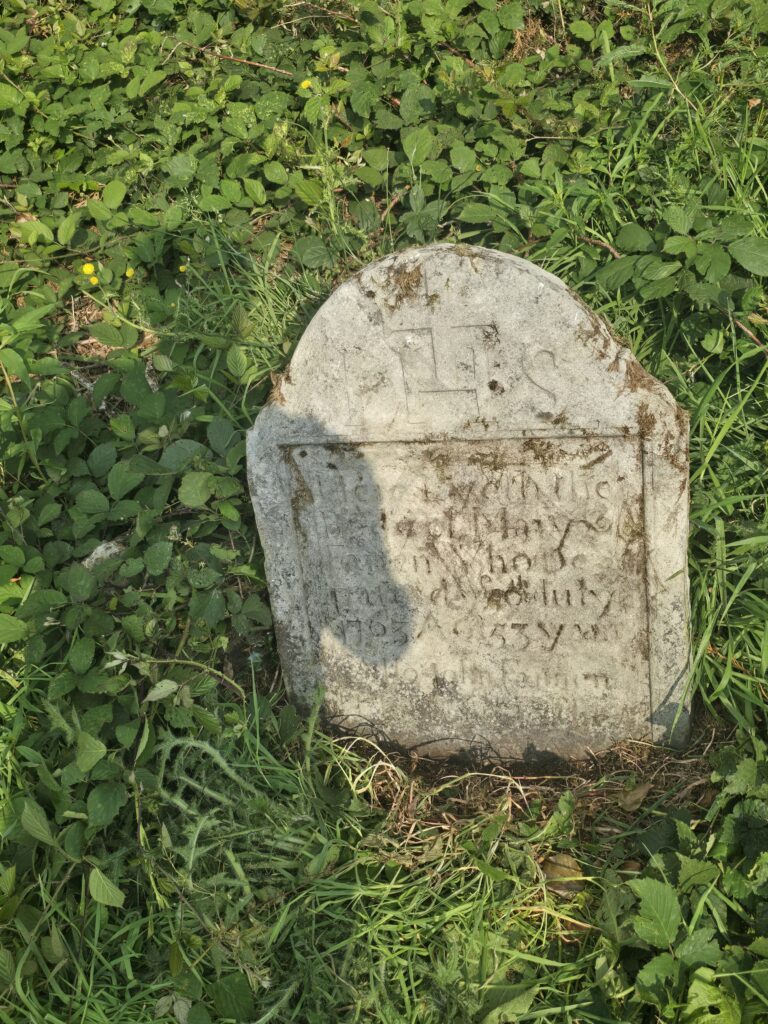
The grandparents of the seven brothers and three sisters, one of the seven brothers was shot at Ahullen in June 1798 and were going to shoot more until it was stopped,

Patt Fanning tomb Kilninor
This tomb erected by Patt Fanning of Ahullin in memory of his beloved daughter Julia who departed this life February 5th 1836 aged 8 years
Also the above Patt Fanning who departed this life Nov. 24th 1814 aged 62 years. Also his beloved wife Mary Ann Fanning who departed this life April 15th 1866 aged 75 years also his daughter Eliza who departed this life12th JAN. 1879, his daughter Catherine Fanning who departed this life23rd Feb. 1879, his son Michael departed this life 23rd Feb. 1885, his nephew Patrick J. Fanning who died 1st Mar.1941. Requiescant in Peace Amen.

John Fanning
Here Lieth the body of John Fanning who departed this life the 28th day of June 1798 aged 23 years. This young man was one of seven brothers and three sisters. They were going to shoot another one , only a man stopped it. ( it is extraordinary that my father had seven sons, and Caroline and I had six sons) Also the body of Michael Fanning his father departed this life March 15th 1812 aged 64 years, also Wm. Fanning ? June 1827 aged 19 years ..?
And of James Fanning of Gurteen There are three of these Tombstones side by side, one of a priest in the opposite direction in Kilninor Cemetery
In the Wexford Independent May 1844 A List of all the Persons who obtained at the Quarter Session of the Peace, held at Enniscorthy, in said County on the 19th of January 1844, licence to keep arms pursuant to 6 and 7 Victoria e. 74 names, additions (when given), places of abode.
(Continued from our paper of Saturday, Feb. 17, 1844
Down in the list Michael Fanning Ahullen
James Fanning Gurteen
John Fanning Tomkyle (Tomcoyle)
Patrick Fanning Ahullen
Joseph Fanning Rathpierce
Michael Fanning Coolgreany
Ahullen had always been spelt Ahullen from 1798 up to the present day
The Fannings in Ahullen before and after 1791:
Begins with Michael Fanning married to
Anne Quinn, Mr. Michael Fanning on an indenture Lease between Mr John Beauman 21-June-1791.
A Memorial of an Indenture bearing Date the First day of July one thousand Eight hundred and twenty [?] Between Anne Fanning of Ahullen in the County of Wexford. Widow and Patrick Fanning of Ahullen in said county. Farmer son of said Anne Fanning indenture of lease dated the twenty first of June one thousand seven hundred and ninety one made between John Bowman Esquire and Michael Fanning Farmer the said John Bowman for the considerations therein……….onto said Michael Fanning that part of the Town and Lands of Ahullen containing fifty acres situated in the barony of Gorey and County of Wexford aforesaid for the term of the natural life and lives of the said Michael Fanning William Fanning and James Fanning or for the term of thirty one years yearly Rent Thirty eight pounds five shillings …. That said Michael Fanning dies and before his death made his will by which the … land of Ahullen to his wife the said Anne Fanning for life together with the stock crop, farming utensils dwelling house and out offices … that the consideration of the natural laws and affection which the said Anne Fanning … his son the said Patrick fanning and of the covenant in 6 …. In the part of the said clothing room and bid and bidding in said dwelling house and … then in for and closing his natural life for the eponce or in lieu there of an annuity of 12 pounds per annum for said … of Patrick Fanning also of the covenant in said deed contained in the Part of the said Patrick Fanning and also of the ….… sum of five shillings….. in Hand paid by the said Patrick Fanning at or before the …. Of said Deed the receipt whom of … thirty …
She the said Anne Fanning did so assign and maketh… and … her right title and by dis… and mentioned for son Patrick Fanning and heirs During the…..
from lives and years subject to the … therein mentioned…. Said deed enforcing this is ass…. C… a Covenant for further … in the part of the said Anne Fanning and sons deed which of that is …. Are …. By Michael Fanning of Ahullen in the county of Wexford farmer and George Trimble of Hillgibbon in said county of Wexford…. Need this? Is witnessed by said George Trimbel aforesaid and Samuel Foley of Enniscorthy is Signed and Sealed in said county of Wexford
Presence of Patt Fanning
George Trimble
Samuel Foley
The 1791 Lease would have been 71 years before the December 1862 Indenture Lease and the1820 Lease forty two years before the 1862 Indenture Lease between Mr. Michael Fanning and Mr. Matthew Forde Beauman.
My uncle Paddy ( known as Pat to some people ) was quite the opposite of my uncle Joe and my father when it came to work and getting things done, he could be very witty and time meant nothing to him with endless amusing stories about him. I remember when he told me about buying his brand new bicycle from Mrs. Kelly in the Corner shop in Coolgreany. My first Cousin remembered well how our uncle Paddy bought it on credit from her paying her with pigeons and rabbits that he hunted. I remember so well how he described, how his mother had objected at first when he brought the new bike home that wasn’t paid for , and how he persuaded her to let him keep it and she said it could be useful for checking on the cattle in Kilmichael, he said to me joking that he wasn’t going to wear out his new bike looking at other people’s cattle, but said he soon pulled in his horns on that one. He then described how he was so proud as he wheeled in his new girlfriend ( the bicycle) into the bedroom that night. He had a Fordson major about 1954 with a loader bought from new with a yellow loader, with retractable spade lugs attached to the wheels. , He had a Ford V-8 car for doing Taxi or Hackney work and trips to Knock, in the West of Ireland and I know it was used for a funeral in Arklow in 1955. He acquired a JCB 4 backhoe Loader that he acquired in the 1960s from new I think and hired it to the Co. Council and drove. In his latter years he kept about fifteen Charolais cows and a Shorthorn cow that he bought from our neighbour Sean Sullivan, which he called “the Great Sean Sullivan.” After he died in January1991 his neighbours the Murray’s challenged his will in court as he was married to “Ciss Murray” their sister and they had no children, it was supposed to be in the Court in Wexford , but ended up in the Four Courts in Dublin, it was almost like something out of a play as the Murray’s were a bit eccentric also and they were trying to prove that Ciss used to down there, even though she moved back to her house with her two brothers Jack and Willie and sister Maureen which was only about 50 yards down the road. The Court was held in camera and when it was my turn I was asked by one of the barristers how often I would have seen him, I explained he would he had only about fourteen or fifteen cattle and twenty five ewes or so and that he even had names on the cattle, one of the barristers asked me about some of the names or examples of some of the names, so I felt slightly silly telling them about one of his cows was called “Polly Film Star “, another was called “Jimmy Shand after the Scottish traditional music and dance, I think he had mentioned it was because the animal skipped around as a calf and Paddy loved playing the accordion . Apparently both Paddy and Ciss used to go for a walk along the road some evenings, even though I thought just as one or two of my brothers thought it unlikely at first In the end my father and my brother Paddy ended up reaching a compromise paying them so much a year for about four years although Ciss died a couple of years later. Mrs. Kelly Anastasia Somers was married to Mr. Tom Kelly a forester, she had a sister Annie who worked in the shop down in the middle of the main street .
Here is a copy of the text in the advert : The corner House, Coolgreany For Sale 1959 by Private Treaty 1959 The Corner House Mrs. A Kelly for Sale Advert, Sat 9th May 1959 Wicklow People 9th May
Coolgreany, Co. Wexford Sale of Freehold Licensed Residential Property Somers General Supply Stores Denis Brennan & Son have been instructed by Mrs A. Kelly ( who is retiring from Business) to offer for sale by public Auction to be held on the premises on Thursday 21st May, 1959 at 3 o’ clock
The Freehold Premises are situate in an ideal position at the junction of the Main Street and Johnstown Road
A Somers The Corner House, Coolgreany Mrs A Kelly Auction by Denis Brennan
With a frontage to the main street of 60’ and Johnstown Road of 80’
The Main Premises are fronting the Main Street and the annexe with the drapery department and stores are fronting Johnstown Road. There are ample display windows facing each road with fluorescent lighting. The Premises are known as Somers Corner House and are fully licensed and comprise general hardware, seeds, manures, grocery, drapery, electrical equipment, etc. There is a recently a modernised public bar , also two lounges with toilets, also kerbside petrol pump. Annual turn-over is approximately £30,000 and the Audited accounts will be available for inspection by perspective purchasers and may be inspected on the premises . There is a large yard at the rear of the premises with entrance from Main Street. There is extensive storage for bacon, flour and dry goods. 70’ x 30’ grain store to hold 1,000 barrels, machinery, coal and bottling stores. Cow byre with 4 ties, 2 loose stalls, piggery, dairy and vegetable gardens. There is ample living accommodation with the hall door entrance from the Main Street, briefly comprising Entrance hall, dining room, large kitchen with electric cooker
There are three single and 3 double bedrooms, sitting room, bathroom (with H. & C.) separate toilet. There are electric power plus in all rooms. Although these premises are extensive they are most economically organised and easily run with minimum of labour. The Premises have been in the Somers family for about forty years during which time the Vendor built up an extensive and lucrative general business which could be greatly developed since the district is free from opposition and affords a unique opportunity. This previous docket or invoice that Mike Fanning kept, this could be Anastasia’s father or uncle’s shop beforehand around1930

A photo of four Ford 6600’s and 7600’s with MF corn drills

Five FAHR 1300 three 1976, and the other two 1979/1980
New Holland Clayson 1975,1540 combine 10 foot which had single fingers on the cutting knife , which was unusual as most combines always had fingers in pairs so as they could not twist or move , so as they couldn’t move, along with a 13 foot 1545 was traded in for the three FAHR 1300s
There was an old John Deere 10 ft combine used by Johnny Mc Carthy for a while in the 1974 harvest, which may have been traded in for the 1540

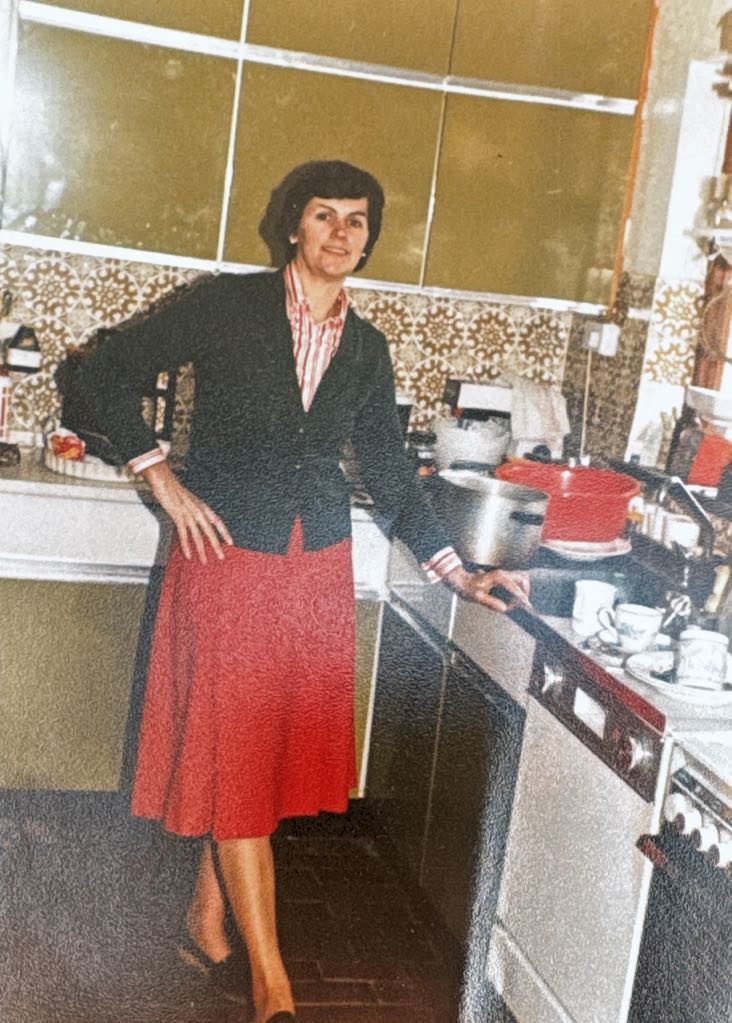
Sissi in our kitchen in Avoca, which was often a place for doing business over a cup of tea at the kitchen table, which was adjacent to the office rooms. In the evening time , after everyone returned from work it could be a lively place with a bit of banter and conversation. I had remembered her saying she had a problem with her eye, as one of my brothers had remembered her mentioning it to him also. One day some years back when chatting to my aunt her sister about a different subject , I mentioned this to her and she said that Sissi always had good health and that she had mentioned her eye problem to her also. About fourteen or fifteen years ago a much younger brother of mine mentioned to me during conversation that she had difficulty meeting a lorry on the bridge in Avoca. Joy also mentioned to me that Dick told her that Sissi said to him that she was concerned about her sight. She used to enjoy keeping the house in Ballinakill well and the front courtyard free of weeds etc.
From the late-sixties to 1979 it was like the “Pharaoh’s dream” with the part with the seven fat cattle, and from 1982 to about 1992 was like the seven thin cattle part, or as the late Hughie Mc Carthy, who had a way with words, described some of that period in the eighties as a time when even a “Black rat” was finding it hard to live. The extremely high interest rates and inflation stifled the economy. One could see for example from a piece, that I came across in the Wexford People, in May 1976 doing a feature on the NU-Plast factory in Arklow, Co. Wicklow, part of the boom years in Arklow and Co. Wicklow from 1967 to 1982. In early 1967 there was a piece in the Irish Press: Four new factories for Arklow, Shanks Ireland in conjunction with Arklow pottery, Nu-Plast, the new Knitwears factory, and “Weldryte Ltd.” Factory. The new N.E.T. Fertilizer factory which was about to come, was to be the real big one. In May 1976 There was a very good feature piece on Nu-Plast in the Wexford People newspaper.
28-May 1976 Wexford People newspaper
NU-Plast an Arklow industry that has beaten the recession
NU-Plast, manufacturers of polythene pipes, electrical conduit and damp-course, is one of the soundly based industries that has given Arklow the name of being one of the fastest growing industrial towns in provincial Ireland. The fact that Arklow has not experienced the worst effects of the current general recession on low business activity and high unemployment is due to the virility and soundness of its industries, and NU-Plast is a typical example of this. Manufacturing for the building industry and farming sector NU-Plast would be expected to suffer from the recession in the building industry but quite the reverse has been the case and experience for the Arklow factory. Through producing high-quality products at the lowest and keenest prices NU-Plast has been able to maintain full production through its 33-member workforce. In money terms, the sales of NU-Plast products have almost trebled in the last five years. Around the clock for instance NU-Plast has been working around the clock five days a week in order to keep the market supplied with its products sold throughout the 26 counties as well as a small export market in Britain and now in the summer-peak period the company has had to introduce weekend working so that supply can keep pace with demand. Further evidence of the strength and resilience NU-Plast can be seen from the fact that throughout the last two recession years when other industries both in Ireland and other countries were experiencing difficulties, they continued to record a healthy profit on each year’s trading. This success in the face of economic difficulty was achieved through astute purchasing of raw materials during the shortage year of 1973, careful management of the company’s operation, a dedicated workforce and quality produced products, all the ingredients that have sign-posted the development and expansion of NU-Plast over the last 15 years, plans are being laid for further expansion, the installation of new equipment, and a great participation in foreign markets, particularly in Britain.
For Farmers
Already moving with the times Nu-Plast has branched out into catering for the growing number of farmers who now turn their winter feed into silage instead of hay. For now, Nu-Plast are distributing silage packs in a variety of sizes and gauges, for the benefit of the silage farmer; while in the building industry they are selling builders polythene reels, ideal for dam proofing concrete floors among other uses. No doubt the greatest selling power behind these products is the good name that these products have built up for themselves amongst the buying public but at the same time Nu-Plast has an excellent sales staff in the field-Hugh O’Reilly who is well-known and popular throughout the merchant trade and with the company since the early days, dealing with the Dublin-Galway-Waterford triangular region; Michael Ryan responsible for the Northern region, and Haviland Renier looking after the specialised building products. So well-equipped both in terms of skilled workforce and highly trained staff, modern factory remises and steadily increasing up to date production lines
Humble beginning 1961
The Company started out as a one-man operation by Don Nuzum in a shed at the back of his home in Ferrybank, Arklow. At the time the emphasis in Ireland was on providing the necessity of running water in homes, and Mr Nuzum began by manufacturing polythene piping to meet the basic need. As the family business grew, Mr Nuzum moved to a larger premises at Wexford Road and then some ten years ago occupied the present premises at South Quay, Arklow, which was then only half its present size of 20,000 square feet floor space. Between 1968 and 1973 Mr Nuzum sold out his shares in NU-Plast, which in the meantime became a Limited company to Cannon Street Investments Ltd. of London. By the end of 1975 NU-Plast reverted to being a completely Irish owned company when it was purchased by Harcourt Irish Holdings of Dublin, who are well represented in the South East in that they also own Springs of Wexford general engineers and manufacturers of car and lorry springs.
In 1971 Jim Harrington joined the company as general manager, taking over in 1973 as managing director when Mr. Don Nuzum resigned. Aged 33 years Mr Harrington who is married with one son, qualified with a B.E in Chemical engineering from UCD; spent three years with Courtaulds Ltd., England, in the chemical engineering department, graduated with a Master of Business Administration degree from Carnegie institute of Technology, Pittsburgh, USA, and then in 1970 worked with P.A. Management consultants, Dublin, before coming to Arklow.
Rapid progress
All the while Nu-Plast under prudent management, was building up a reputation throughout the Irish market for the high standards of its products and as that market grew it brought with it expansion at the Arklow factory and diversification into new products. The stage has now been reached where NU-Plast has a turn-over of almost £1million from its sales, which include not alone the products manufactured by the company at Arklow, but also as a distributor of a wide range of accessory fittings. The importance of land drainage to the farming community for increased agricultural production, benefiting both the farmer and the Irish economy has been reorganised by NU-Plast who produce an easy to assemble, yet durable and economic polythene (polyethylene) land drainage pipe, which has been approved by the Government for grant purposes
The other lines of production deal mainly with the building industry. NU-Plast are the sole manufacturers in this country of plastic damp-course, which is gaining in popular use as against the more conventional methods, and they have 75 percent of the Irish market in this type of product.
Water pipes NU-Plast are the market leaders in Ireland in the manufacture of polythene (polyethylene) water pipes- the product that started off the company initially, which bears the “quality mark” of the Institute for Industrial research and Standards. That this should be so demonstrates the wisdom of the “founding fathers” in launching the company with this “bestselling” multipurpose product.
Also turned out on the six production lines now in operation at the modern Arklow factory complex are garden hoses, electrical conduit and special extrusions of various types such as window sealing strips. All the products manufactured by NU-Plast undergo stringent tests at the factory to ensure that they conform to the high standards of quality and durability set by the Company and the I.I.R.S, and to give to the customer a product that can be relied on to do the job for which it was intended.
Accessories In addition to their manufacturing business, NU-Plast also distribute to all the retail outlets in the country, accessories that go hand in glove with their manufactured goods such as “Tubelock” fittings for polythene pipes, plastic tanks for domestic cold-water storage, garden hose fittings and electrical fittings. They are sole agents in this country for Vulkem sealants for expansion joints and the Polaroof range of roofing and wall and wall coatings. Nestled beside Arklow Harbour and the sea. NU-Plast has built its growth on the rising tide of demand for its products, anticipating markets for new products, and also the commitment and vision to be able to compete competitively on the “Free Trade” markets. This vision into the future at NU-Plast and with it will come hopefully further expansion and new horizons to conquer. While the factory has grown from small beginnings into a modern factory complex over the last 15 years. Sadly, by the end of December 1982 the factory closed. Don told me had seen the machine first in the RDS in Dublin at a show, and as far as I remember he said it was Italian, and the firm were keen to sell it to him, and he explained to them he hadn’t enough money at the time, but they soon organised some finance and got him started. He told me at first, he could only make one size, and he arranged with Bob Naylor, Carnew, Co. Wicklow to machine a part for the machine to manufacture a different size of pipe, and he told me they stayed up until 3.0a.m. in the morning getting the part finished. Don told me he ended up tying some of the coils of piping on the roof of his car for deliveries. A good friend of mine, who has since passed on remembered Don’s brother Jos who was a director in the business delivering a roll or two to his yard. Don was a real Entrepreneur having started up several other businesses, and was really gifted with his hands.
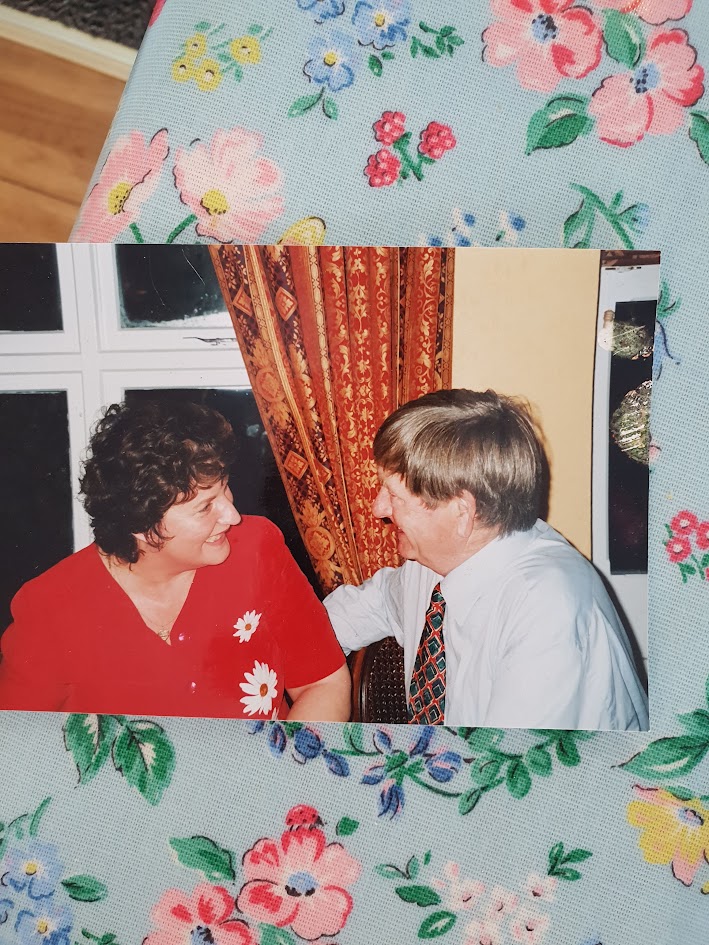
A good photo of Joy and Dick
Hard Hit Arklow 1982
Irish Independent 14-April-1982 This piece is a very good description of the severe downturn in 1981- ‘82
Dick and Joy, Joy’s father Jos was also a director with his brother Don
Is the worst yet to come? By PJ. Cunningham
More than any other town, Arklow has been savaged by the current economic recession
From an area of almost full employment up to the beginning of the decade, it has suffered a phenomenal collapse over the past two years which can only be matched by its equally unexpected industrial boom during the 1960s.
When a town the size of the Co. Wicklow capital suffers such an industrial devastation, it is normal to anticipate that things can only get better. Not so in this case. For while trade unionists, traders and other leaders in the 9,000 strong population have witnessed the rise of Arklow as an industrial haven to its present plummet, they are all certain about one thing, the worst is yet to come. Hardship that can only spell more hardship for a community which has lost between £10 and £11 million through unemployment since 1980 and now has more than 1,000 people or nearly one quarter of its workforce on the dole explained ITGWU Branch secretary Tom Duffy; “We have witnessed the collapse of town business empires in Arklow. A reduction of the NET workforce from 1,100 to just over 600, with 120 more redundancies in the pipeline. Similar loss scales in Arklow pottery, now on a three-day week and its sister factory Noritake closed now for six weeks, he mentioned Gypsum meaning the wallboard factory closed down overnight in 1980 with the loss of 130 jobs .and (NET) from great employers at their peak to the ailing situation at the moment. This in turn has hit subsidiary industries and the most depressing aspect is that there is nothing on the horizon to offset them”. Mr. Duffy pointed out that many of the industries had been marginal and once hit by the recession they all tumbled together. Tommy Duffy, whom my father knew well, had certainly witnessed both ends of the scale. Even though it wasn’t mentioned n this article, the” Avoca Mines” closed also in 1982 compounding it. In 1986 and land prices had probably been near their lowest point. Among all this people were keeping their spirits up for example : The Yankee Doodle Carnival festival: a piece from the Wicklow People:
Wicklow People newspaper advertising feature26 June 1987
Three days of razzmatazz
Arklow’s 4th of July Carnival
Arklow gets transformed into a real Wild West city next weekend for the annual 4th of July carnival shindig. Troupes of colourful high-kicking majorettes and marching bands will provide townsfolk with a right foot stamping weekend. A carnival atmosphere will pervade the town for three days and the high point for both locals and visitors alike will be the spectacular parade of bands and majorettes up Main Street the Saturday, which is American Independence Day. The colour and razzmatazz of troupe after troupe of majorettes marching up Arklow’s Main Street to the resounding beat of Ireland’s best marching bands was for many people the highlight of previous festivals in Arklow.
This year’s parade and competitions will be even more spectacular memorable. Treble last year’s number number of bands and majorettes are coming next week, turning the Saturday-parade do a two-hour showstopper and spreading the competitions over three days instead of one. Majorette groups are drawn from the four corners of Ireland on this occasion, from Donegal in the far north to Cork in the deep south and Mayo in the wild west and they will include a 50-strong troupe from Châteaudun, which is Arklow’s twin town in France.
It’s a real scorcher in the carnival field at Castlepark with those high kicking young ladies of Ireland’s leading majorette troupes twirling their batons and shaking their pom-poms.
Over 3,000 majorettes and musicians in all will be attracted to the town by the weekend carnival which is appropriately being held on the 3rd and 4th of July. Twenty five hours of stop competitions will take place over the tree days, Friday to Sunday, to cater for 26 majorette groups and ten bands taking part this year.
Many more groups had to be turned away at the last minute because they just could not be fitted into the tight three-day competition schedule. This unprecedented interest by majorettes and bands in Arklow’s 4th July Carnival is testimony to the high standards set in previous contests and an endorsement of the organisational endeavours of local businessman, John Holland, and his dedicated committee. Thanks to the Yankee Doodle proprietor, John Holland, and his hardworking committee, Arklow has now become the focal point for majoretting in Ireland and the £10,000 prize-fund in trophies and medals makes the Fourth of July Carnival the biggest event of this kind in the whole country.
This is good news for Arklow tourism , for the carnival also brings many visitors to the town to witness the pomp and pageantry of the competitions and parade and to savour the atmosphere of fun and frivolity of the whole weekend, thus making it a great boost for Arklow as it tries to get back to its tourism roots after years of industrial decline depression.
Many hotels and guest houses have received advance bookings from majorette groups and bands staying in the town for the duration of the carnival. The Mullingar Town band, newcomers to the Arklow Carnival has 110 members alone, while coming back again this year, to give the carnival
A piece in a box about Helicopter rides
For the first time in Arklow, festival fans will be able to enjoy helicopter rides, giving them an aerial view of their town and Arklow Bay. Sean Haughey’s company “Celtic Helicopters Ltd.” Will have a helicopter at the carnival for six hours each day on Saturday and Sunday from midday to 6 p.m. Advance bookings for the helicopter can be made through Mr. John Holland at the Yankee Doodle restaurant Main St. Arklow
1989 Joe Murray took the Aerial photograph with Xavier Mc Auliffe and his helicopter, the only year John Holland was allowed to use the parish grounds. One can see the amber colour Danish Tholstrup ship which were mainly used to carry ammonia, and the Red Ergas plant also close to the old Wallboard factory.
Kerryman 5-June-1992 By Paschal Sheehy Reported a sad piece:
Xavier Mc Auliffe says Destiny played part in helicopter crash
By Paschal Sheehy
Millionaire Spectra Laboratories ( Spectra photos) managing director said this week destiny played a role in the helicopter crash off Dingle on Sunday which claimed the life of a 22-yearold physiotherapist from Sligo.
Mr McAuliffe, who was the pilot of the two-seater £80,000 Robinson R 22B helicopter escaped injury when it crashed into the sea off Dingle.
However, passenger Siobhan Casey from Sligo drowned when the helicopter sank in about 20 feet of water. Ms. Casey was a niece of Mary O’Carroll, wife of Ardfert Quarries owner Pat O’Carroll- A co-director with Mr McAuliffe in the Dingle Skellig Hotel. Ms Casey had been on holiday in Kerry with her relations for the weekend.
The accident happened less than 100 metres from a crowded Dingle pier at approximately 4.50 p.m. on Sunday.
Mr McAuliffe said the crash was “destined to happen”. He said he met the dead woman less than an hour before the crash. She was with her cousin and, offering them a tour of Dingle harbour aboard the helicopter, he asked “who’s first?”
It was tragic but it was destined to happen. It was my third flight that day and it could have happened on any of them. I had been up with my son.
December 1988 John Kinsella, Anglers Rest, Bunclody 24 Years of age
An outing to a party with some friends had a tragic ending for Bar and restaurant manager, John Kinsella. He was a front seat passenger in a car driven by Eugene Brennan, Carnew, which was in collision with a Garda patrol car near St. Patrick’s cathedral in Dublin shortly after 3 a.m. on Thursday morning last. Both Mr Brennan and another passenger, Ms Helen Kavanagh Rathgar and the two Gardaí from the patrol car were uninjured in the accident.
His father Michael Kinsella; brothers Paddy and Bob; sisters Helen, Breda, Deirdre, Philippa and Ann
The Gardai (police) were chasing two joy riders, and happened to go through the red light. My aunt Doreen told me the Guards won the case the first time it went to court, but when her brother Mike brought the case to court the second time he won it. She told me they had just let a girl off and after she got out John got into the front passenger seat
A piece from the Wexford Echo newspaper
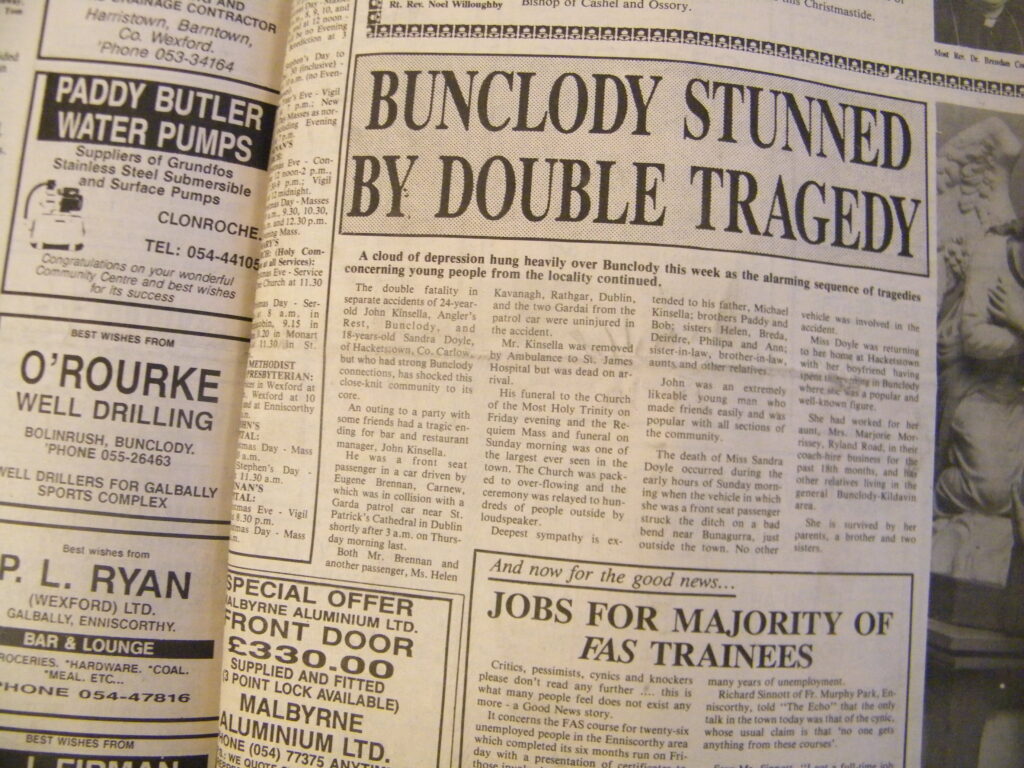
This was a sad piece from the ECHO in December 1988

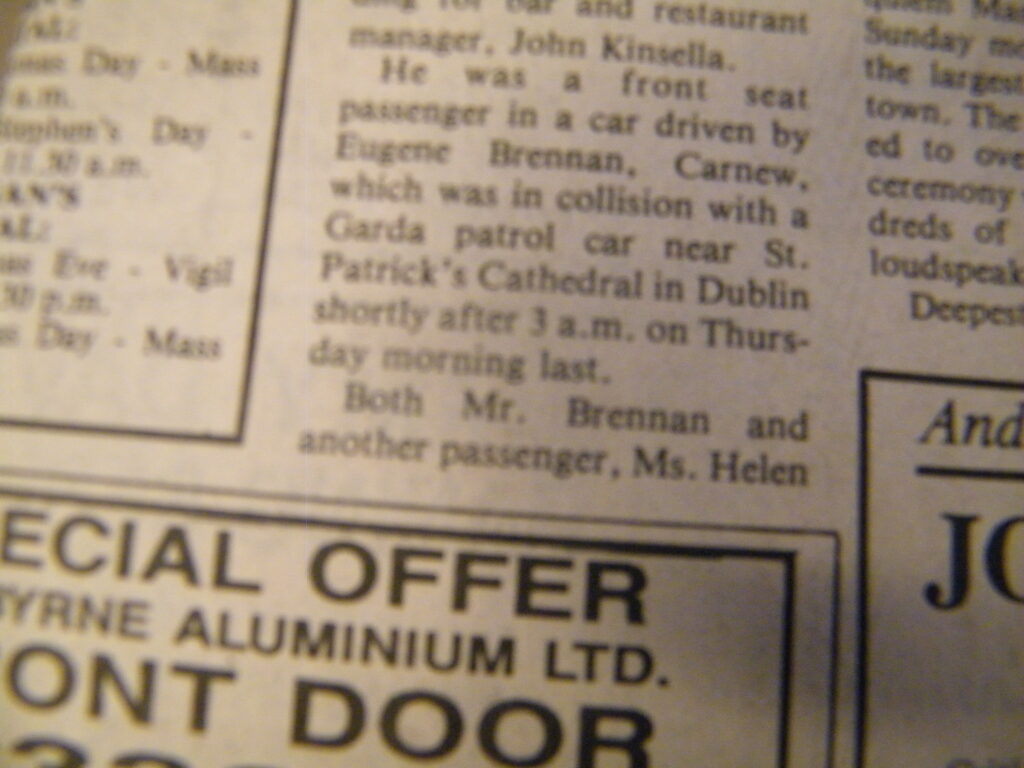
Two years before this, Wexford People: July 18 1986
GARDA Investigations are continuing into a “hit-and-run” accident on the Kilanerin -Coolgreany road at Ballyconlore at about 2am. On Wednesday morning 9th July.
Eighteen-year old Christopher Menton, Gurteen, Coolgreany, died later in Wexford County hospital from severe injuries he received when he was struck by a motor vehicle while walking on the road. Since the discovery of the badly injured youth lying on the roadside , a big Garda hunt has been going on for the vehicle involved believed to be a motorcar.
Gardai at Gorey would welcome any information which would help them in their investigations into the incident. They would particularly like to hear from anyone who may have witnessed the accident or who may have been driving in the area in the early hours of that morning or who may have any other relevant information . No one ever owned up, and no one was ever caught for this.
After mid-1988 land prices began to rise a little although interest rates remained very high, Caroline my wife and were paying 17.75% plus a2% loading for one year in 1989 which was 19.75%. and in 1995 one could see land prices rising and the economy improving, and interest rates easing. After the collapse of the Berlin wall, and countries like Poland formerly under communism changing to a democracy, the fact that a large proportion of Poland never really believed in the old system and had a good work ethic left it easier for them to transition to the free-market economy and join the EU. Some of the eastern block countries had to upgrade their banking system and avail of experience,” know-how and technology from the European and Irish banking system service industry. I knew from one or two sources there was a problem with Russian mafia during the 1990s, and while ordinary Russians were waiting years to buy something like a LADA, there was a huge demand for Mercedes cars in Russia also, one man working in the Irish banking system used to tell me about it, and with so much Natural gas available to the State some people used to go into work just to stay warm , with the work places so well heated, and if too warm they would just leave the windows open for a while. The Pharmaceutical industry and computer industry was really helping the Irish economy grow stronger along with the building of new roads.
Risckys steak house Fort Worth Stockyards, Texas November 1996

The real rise in the Celtic Tiger economy came in 1999-2000. The kitchen in Ballinakill house was slightly dark, lacking light, and Joy had a good idea using a Conservatory apart from adding extra room, was really effective in bringing in light. The House building and property prices rose fast, providing a huge amount of employment in the construction industry. There was a dip to some degree in 2001 with the “Dot com”
companies bubble having burst to a degree, as some of the share value which had been built on speculative future profits took a hit. One of my first cousin’s in America was on the 38th Floor working for Lehman Bros. during the 9/11 attack in 2001 and made a miraculous escape out of the Twin Towers building in New York
My Father also died in December in 2001 Myself and some of my sons did a charity walk up Croghan mountain to raise funds for cancer in September 2006, Mr Ger Leacy took the photo for the Gorey Guardian newspaper, and remarked amusingly, that looks like one of his brother’s Mick Legacy’s clothes shop jumpers, and he was perfectly right. Myself and my six brothers did a walk around New year’s Day or thereabouts for many years
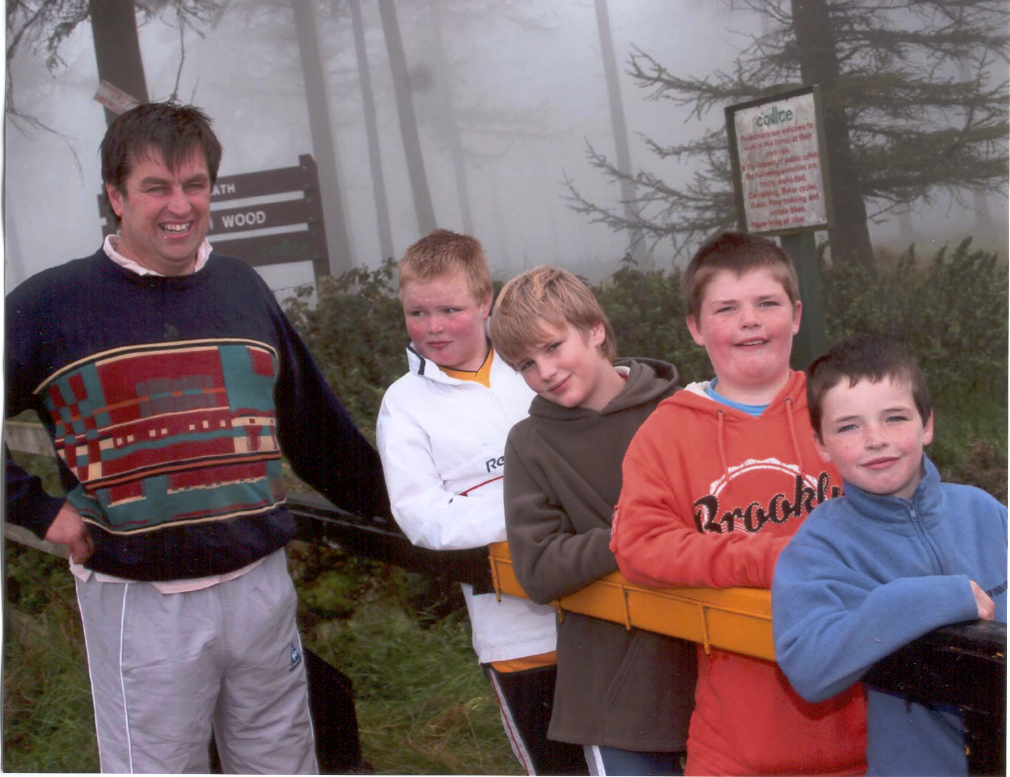
One of my first cousins John Nolan who married on St. Valentines day 1995 , and who died in an extraordinary simple way after a fall after being out for a few drinks in. in Mernagh ‘s Pub in Oylegate, Enniscorthy, Co. Wexford with another first cousin of mine and a few friends, whose father my uncle Timmy, whom I knew very well told me some years after he was known as “tractor to some of his friends. He told me he was quite strong, and that he changed and replaced a clutch in a combine one Saturday on his own. Timmy was very well liked and had a strong interest in thoroughbred horses. It was only after my other cousin John Nolan gave him a lift home with another one of the friends and left John off at the top of his lane because John had the triaxle trailer on his jeep. As he went to pull off one of the lads noticed that Tractor was still on the ground , and realised he wasn’t responding. After the ambulance was called and brought him to Hospital and lived for about a week on a life support machine, before he passed away leaving his wife and daughter. He had been a hardworking man and a quarry foreman.
Garda Michael Murphy an amusing incident with three other men in Lil Doyle’s Pub Barndarrig , when Sean Farrell and his mother had it around 1983/1984, the late Mr John Salley and I called into the pub one evening after coming back from the factory, Slaney Meats, and when we went in we joined a game of pool with the other men that were there, we were taking turns and some little bit of a row started , and Michael Murphy made some bit of a jibe at one of the lads,. John and I had come out of the toilets and went to the lounge, and noticed the lads arguing at the bar, when suddenly Murphy who was sitting up on the high stool stated: “as far as anything goes here, I am the law and the cock of the roost here, and anyone who has anything to say against it, can either see the Super (meaning the Garda Superintendent) In Wicklow or Gorey.” ‘They had quite a few pints or more likely four if not more at that stage. We had left very shortly after, at that point. I often thought about it over the years in an amusing way, especially after about 17 years later in an unrelated incident in the Beehive pub where Michael Murphy.
During November 1985 he turned the Garda squad car over. Sometime around the early 1980s the lads had some dumpers working on the road widening and improvement on a stretch around Jack Whites pub and also along near the Beehive pub, it may have been over a year or two, and at one stage a dumper broke down, and a dumper which had been working off road in the mines was sent up to replace it. I remember Garda Murphy catching it with about 40 summons. Shortly after we were married we bought a new VW Golf van for Caroline going to work in Wicklow Hospital, and again Michael managed to do out an impressive list of summons, over number plate etc. Then in 2001, I noticed there was a very notable piece in the newspaper : Court raps pub row garda Threats land officer in the dock
Conor Kane Staff Reporter
Thu 1 Nov 2001 Irish Independent Wicklow
Arklow based Garda Michael Murphy’s future is now uncertain after he was convicted of a public order offence this week in a local court.
The breach of the peace occurred in The Beehive pub, Coolbeg, County Wicklow, on November 26-2000.
Wicklow court heard on Tuesday that Garda Murphy – of Ballinacor West, Kilbride, Barndarrig – pushed the proprietor’s wife, Anne Mulcahy, and threatened her. According to Anne Mulcahy, the Garda told her ‘I am the force. I am the power and the law. I’ll deal with you.’
He also threatened to plant drugs on Mrs Mulcahy’s son. ‘He said he’d done it before and would do it again’, David Mulcahy informed the court.
Arklow-based Garda Murphy, a Garda for 23 years, denied the public order charge.
However, after a day-long trial involving 13 witnesses, he was convicted by Judge James McDonnell and fined £250. The court heard that the consequences for the defendant’s future were ‘very serious’. This was after another incident in Jack Whites pub , which would have been in doubt after Catherine Nevin was convicted for murder
I took this next photograph in February 2004, and it must have been sometime during 1996 , I had noticed a blue wooden rowing boat and a day or some days later I noticed a brown one in more or less the same place , or if not he other way around as regards the colour, and I had noticed a helicopter swooping in and out over the sea from where I was working up in the yard. I wondered what it was , and just in case it was something to with drugs, I phoned the gardai (police), but they said they were not aware of anything abnormal. so I went down to the gate at the beach and walked over to the end where , I met a lady in a security uniform up on the bank , who told me they were filming , and she asked me would I mind walking back on the part with the gravel so as to avoid leaving foot prints in the sand , and also to take my white NISSAN pickup truck from nearby in the field, which I did. Then during 1997 , I became aware Colin and Fleur Brennan’s house on top at end of the beach , which was painted to make it look old was being used in the film called the “Devil’s Own”, starring Brad Pitt and Harrison Ford. There was some controversy over Lady Diana bringing their young boys to see the film, as it could be viewed as glorifying the IRA. The scene with house was only for a minute or so at the very beginning of the film. Colin had created some nice steps down to the beach , and my cattle had got out on the beach and over one October / November and were up grazing the grass at the house, and happened shortly after breaking through the fence a second time where I had been feeding them , and I compensated him for the repairs. I had found them to be pleasant, they used to come walking through the odd time over to Kilmichael. Fleur’s father Godfrey Whitehurst had the house originally I think. During 1976 when we were mowing and selling hay on the Clogga farm we had, was beside their place at Park

Farmland values dipped and went into a lull for a while from 2002 as (Mrs Betty Mc Carthy accurately described.it) after the “Foot and Mouth” disease hit the livestock industry. An extraordinary thing happened a Celtic Tiger2. Began to take off, which not everyone was really aware of in 2004, which was built on a partly false illusion of confidence. Banks began to really shovel out money in Ireland and other parts of the world. With very low interest rates In Ireland and Europe for example people knew Anglo Irish bank had a fantastic performance. This spurred on other Irish banks, and Bank of Scotland, Fred Goodwin, RBS, Royal Bank of Scotland, was going crazy with ambition building a small bank in Scotland by taking over Dutch Bank ABN AMRO into one of the World’s largest banks, and company and more or less bankrupting the bank leaving the Taxpayer on the hook. with interest rates at an all-time low to take risks. CEOs etc. could see their remuneration increase greatly and be rewarded even more by taking bigger risks. In September 2004 we had responded to a farm wanted Advert from Nick Stafford in any part of County Wexford for his client in funds. He arrived up at our home in October2004 and arranged for a day shortly after to look at it, which we did, and asked me for a map for his client. In fact, he had two farm wanted Adverts, he had another in our local newspaper also on the 6-October 2004 Wanted 350-500 Acre Residential tillage farm anywhere in County Wexford. Upwards of €5,000,000 available. Genuine client (in funds). One day whilst in Arklow Nick Stafford asked me would I meet him with Mr John Hobson, whom I knew well from the time when I lived in Avoca, John who is deaf and mute, and quite easy to communicate with through writing or texting and quite calm. I agreed to meet them and when I arrived at Kilmichael John was there in a silver long-wheel base Toyota Landcruiser jeep, and Stafford in a maroon colour 2002 Registered Land Rover Freelander. John wrote down he had to to get thirty million euros for his seventy acres up at Rathdrum. I though he was just being silly, but with the benefit of hindsight, I should have suspected that he may have been hinting at some sort of sale with the land he owned at Kilbride, Arklow, Co. Wicklow. It was only in February 2013 that I had heard he had sold the land in at Kilbride, Arklow through an Arklow agent, and I had it sometime later confirmed that it was sold for €82.7 million Euros to Mr. Bill Mulrooney who did the deal and was acting for the purchasers/ developers with NCB stockbrokers and Ulster bank etc. along with high-net-worth people. There was 14.1 acres of Redmond’s land beside Hobson’s, which they bought for over €16.5 million, around 2006 and the 13-Acre Qualceram site was sold to the same men for 31million Euros. They bought Tinakilly house. a Victorian mansion with 51 rooms, for about €10 million in 2007. We are into the period of the seven fat cows’ cycle of the Pharaoh’s dream, and in September 2008 the Credit crunch and the Banking collapse with Sub-prime mortgage lending. We have reverted back to the seven thin cows part of the cycle again. Mr. Richie Boucher CEO of Bank of Ireland, described a recession as going own in the elevator, and coming out of one, akin to coming up the stairs slowly, it took a long time, seventeen years for house prices to come back up to 2007/early2008 levels .
Around 2008 /2009 I began slowly walking back through time, there was an amusing incident with my wife and brother visiting me in the ward in Beaumont hospital in 2007 I had actually pulled out a tube from my mouth that I was chewing on after coming out of ICU into HDP Unit accidently that not realising quite what it was, I told them that I had a blue M….. The Morphine was probably still having a strong effect, and I was probably confusing the effect of the catheter. Around 2008 /2009 I began slowly walking back through time, accidently that not realising quite what it was, Morphine was probably still having an effect, and I was trying to get things back together.
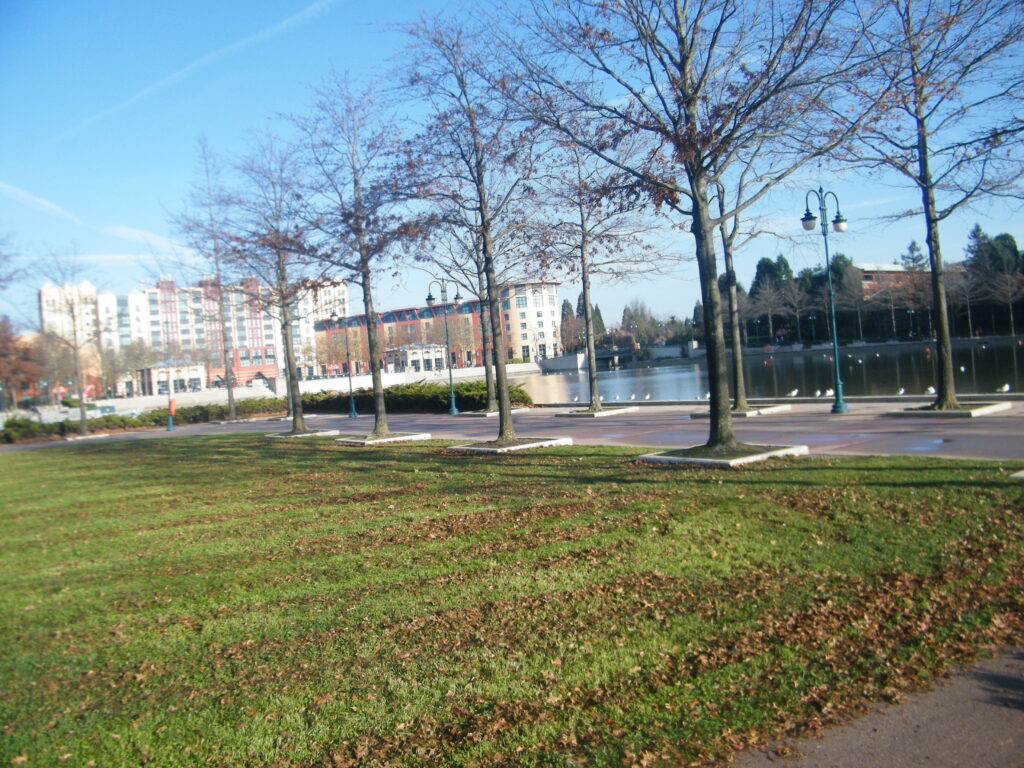
Disney Paris 19-Nov-2011

Dan Ice skating Disneyland Paris 2011

Novotel ,Charenton, Paris December 2012,This was a useful Landmark for the Liberte Metro Stop Exit/ Entry , and then connect to Yellow Line1, when Caroline and our young son Daniel were in Paris December 2012.
The yellow Metro Line1 is the first Line of the French Metro , which opened in1900 , connects to Chateau Vincennes

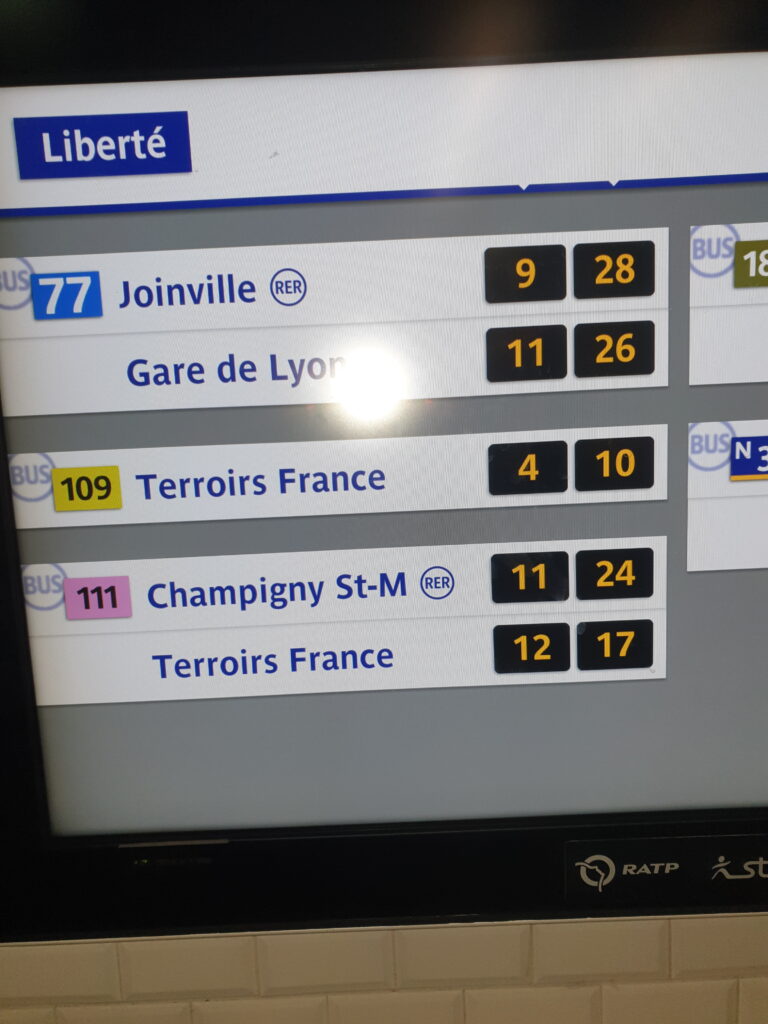


The Internship Owen Wilson, Vince Vaughan

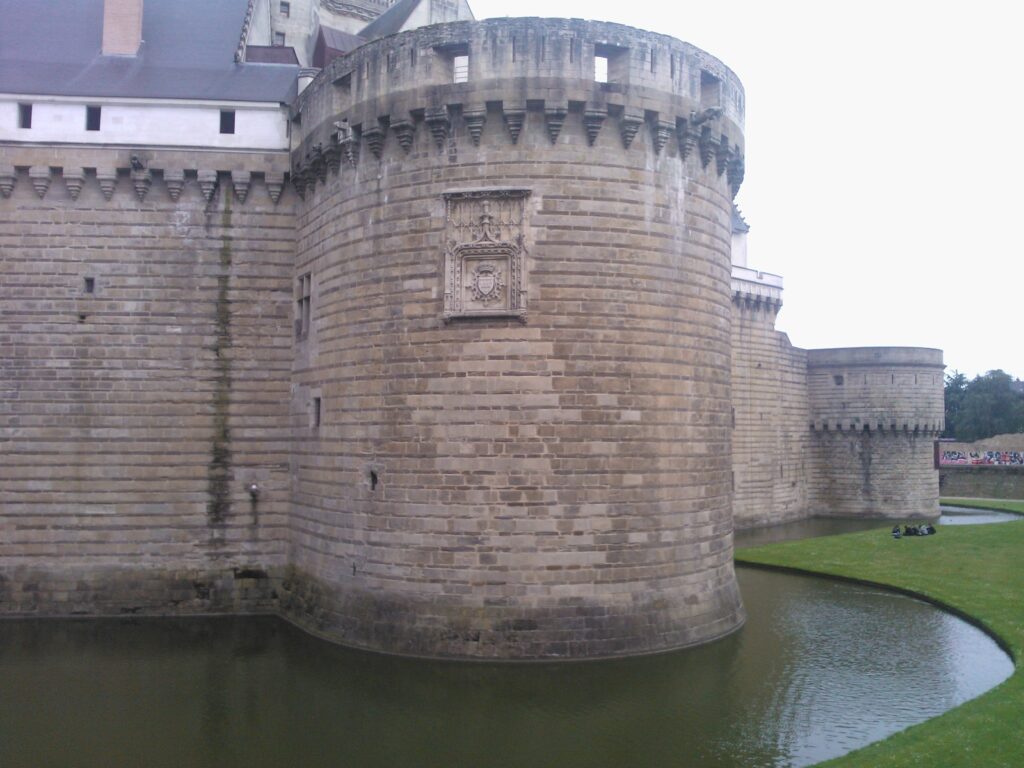

Fire Resistant Safe bought in 2014
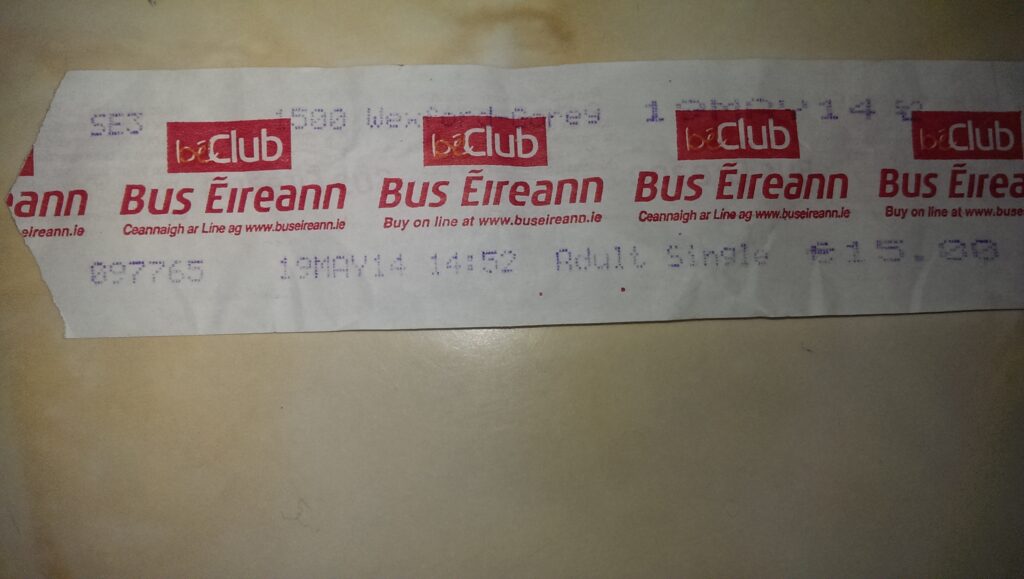
Bus ticket to Gorey 19-May-2014

I bought a similar A4 size water proof document Safe after the previous one was taken with some valuable documents and Memory sicks containing some sentimental historical documents, along with important information and documents and duplicates in connection with the Court Case. As a result of the first being taken , I bought the second one in 2015, and placed copies of the memory sticks in this one also along with some other documents thinking they were safe , as a solicitor advised in doing so. But unfortunately some months later this one was taken also , and I had kept the invoices for both purchases. I reported both when they were taken to Gardai in the local Garda station in Gorey. During a very interesting conversation with a Garda Sergeant one night in the local Station after my NOKIA N9 phone, and we both were quite sure who had taken it without my consent , as it had happened a second time. He said : “Men can send rockets to the moon, but they still cant figure women out, obviously (meaning some women). One Saturday morning, I think it was , I was listening to the Business show and the particular woman being interviewed with regard to choosing the right manager for a team , was very pragmatic from a business perspective. She also stated one of the biggest bullies she had ever worked for was a woman
2014 Fact can be stranger than fiction, thanks to the extraordinary amount of work that local historian Ms Catherine Coreless and Researcher who discovered that there are 796 Death Certificates for babies who died in the Tuam Mother and Babies Home with no burial records, and who also discovered there had been human babies remains found in a septic tank on the site, after a couple of young boys In 1975, fourteen years after The Home closed down, two young boys called Frannie Hopkins and Barry Sweeney were playing in a field where the building had once stood. The boys discovered some concrete slabs covering a hollow. They moved the concrete and discovered a hole, which Frannie Hopkins described as being “full of skeletons… of children”.

Tom Kinsella with his 30 foot CLAAS unloading our oilseed rape July 2012 into our NH 6030



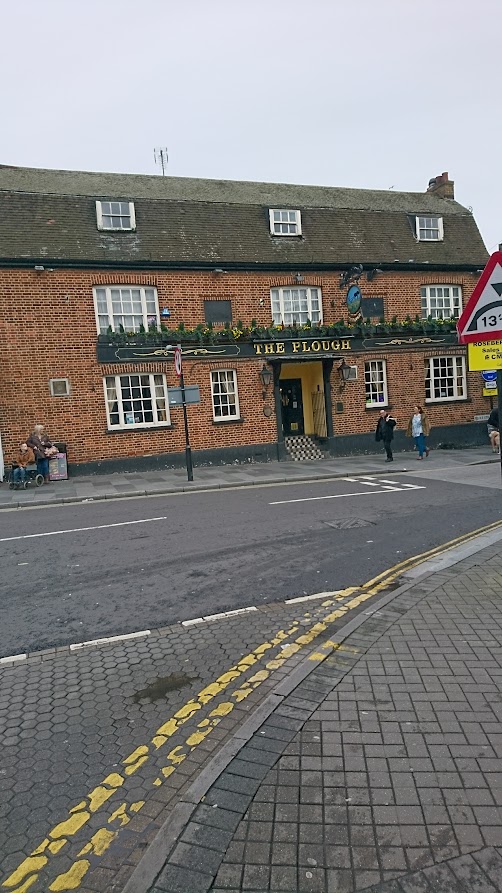
Chelmsford, March 2017
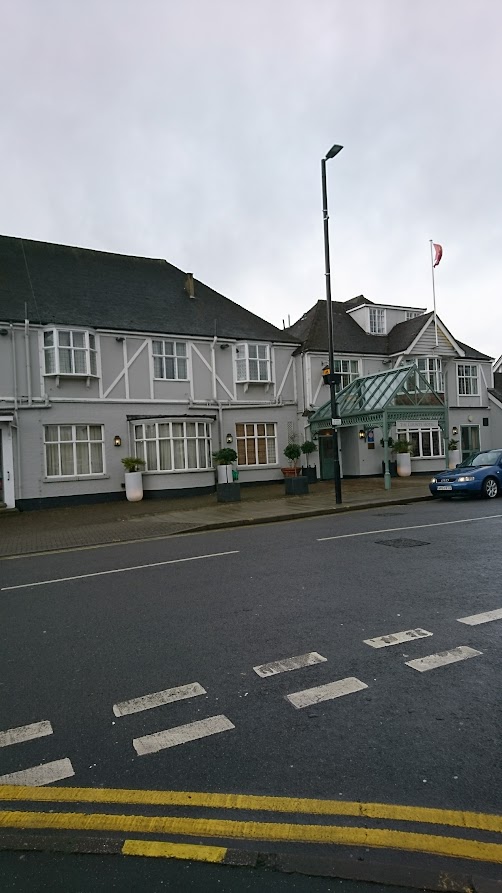
The County Hotel Chelmsford March 2017 Caroline and I stayed here a comfortable pleasant stay
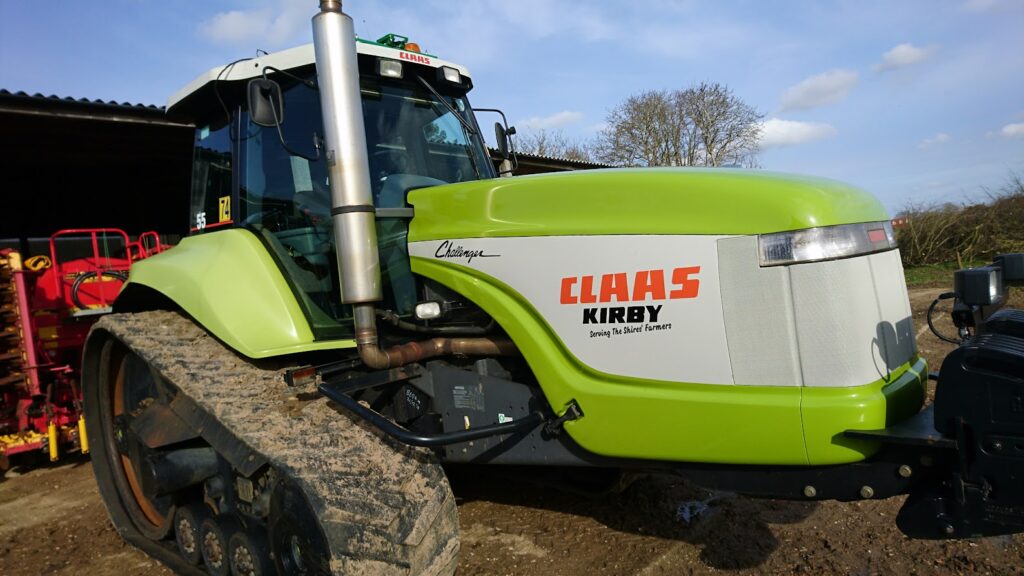
Fattening Cows February 2017
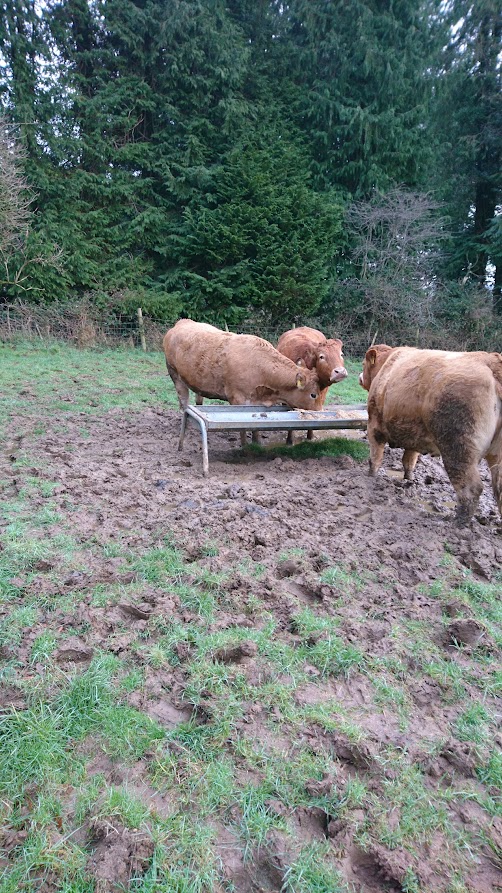
Young cattle March 2017
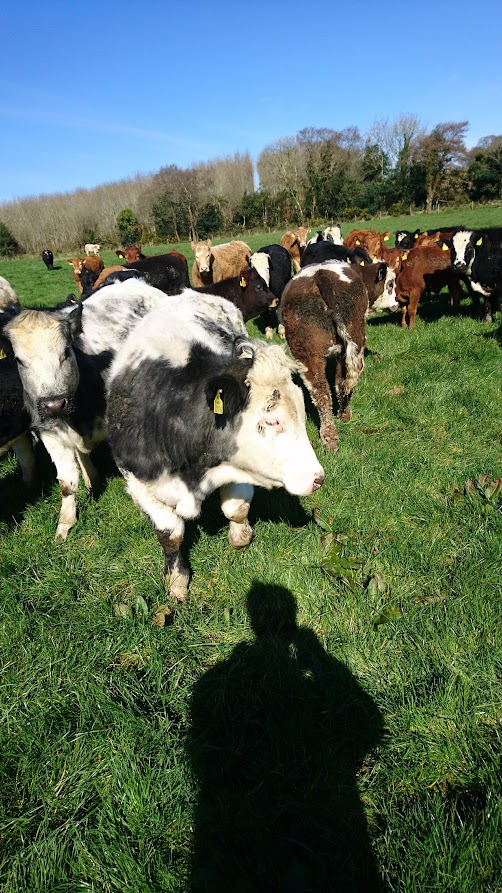
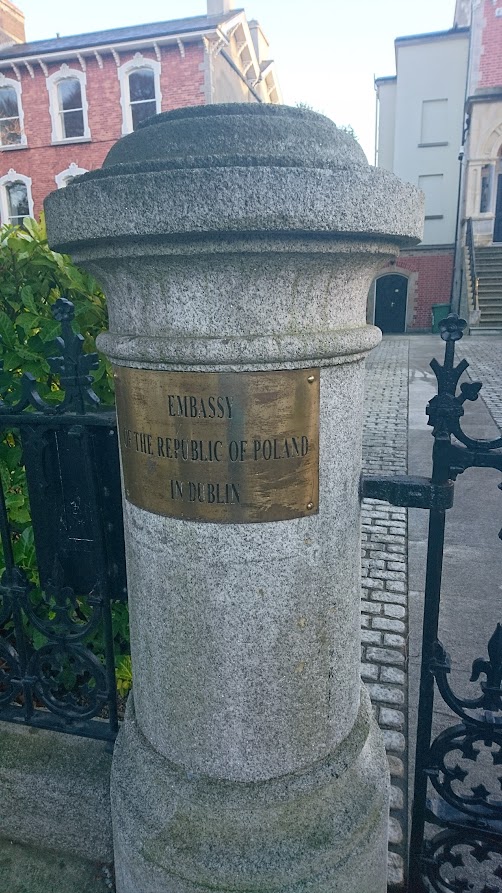
One of the embassy’s, The Polish one, March 2017
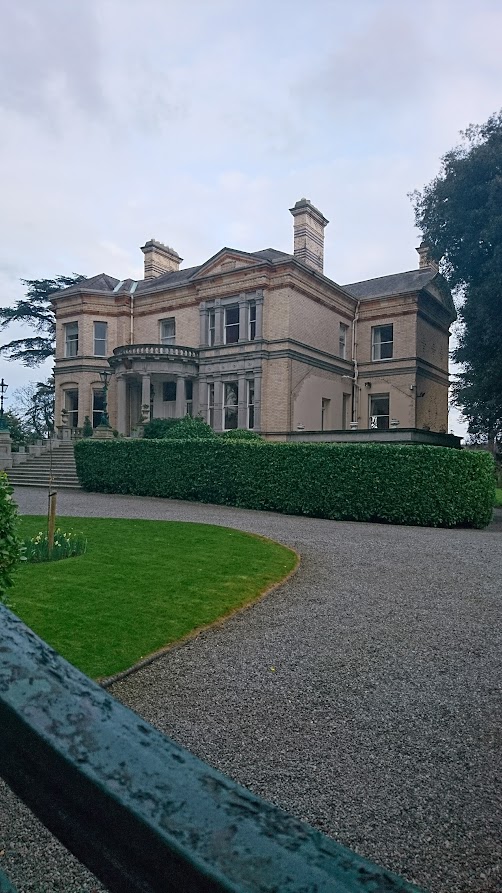
The French one
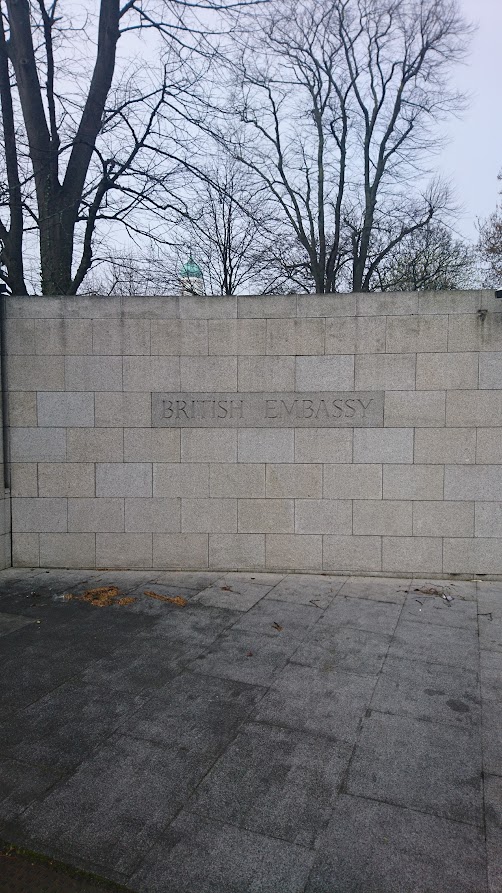

Former Tara Towers hotel in March 2017
British Embassy March 2017
The French Embassy 2017
Chinese Embassy March 2017

Family meal in Torremolinos 2-July 2017

This was just a little over three weeks after the Late Declan Kelly a pedestrian was killed in the early hours of the June Bank Holiday Monday morning 2017 in a traffic collision as a pedestrian and his body was left at the railings of St. Saviours church, after. I knew him very well from the times he would have paired and treated the cows feet for me, a job he was excellent at. Once or twice he would have pulled in to the car park at Wicklow Gap, Ballythomas, where I would have been waiting for the school bus to collect our young lads , to say a quick hello , he was always very pleasant to chat with, and brief as he was usually busy. I was told Declan went out in a new pair of boots that night and that his boots were never found, and he did have a good few drinks on the Sunday night. Declan’s uncle used to have a farm a couple of miles over the road from us at Pallas just fifty years ago , before going into the pub business with the “Flowing Bowl” in Gorey. I think it was the Ulster Bank took over after he sold it in 1992 Just before that or around that time he had a field rented from Sean and Bridie in our place. I heard from one account that I got near the end of 2017 that his body had got caught in the vehicle that dragged him and this was responsible for some of the horrific injuries he sustained. There had been very heavy rain that night and in the early hours, which may have been a factor too . Its easy for people to make mistakes, and an accident to happen. I was chatting to a man earlier in the spring this year, who said it was a strange one, and he threw some more light on it in regard to what the Guards said , and the relationship between the Person involved in the collision, and the other who was going to collect his….I spoke to another man recently this September who had done some repairs for Declan on his machine and remarked he was a very nice lad. This was quite an extraordinary case when comparing it to a case in 2007 where a 50-year old woman refused to leave the scene of an accident at Gorey Hill after a Polish cyclist was injured until medical help arrived after the evening sun obscured her view when she knocked down the cyclist, whilst observing the speed limit, but sadly he died later in hospital and she was convicted for dangerous driving in 2008.
Sunday 13th August 2017 was a beautiful morning, and I decided to go for a walk through the cows and calves, shortly after listening to some music on my phone whilst having my breakfast. There was hardly a breeze and I noticed one of the calves let a cough, and as I walked closer to examine , I noticed this calf was breathing a little more quickly than normal, so I went for my mobile phone , and realised I must have left it on the breakfast counter. I walked back down and noticed my SONY Xperia phone was missing , so I asked Caroline would she ring it , and if not John to see if he had noticed anything up with the animal, and if not we could get the vet, and one or two of the young lads to bring the animal into the yard. But I wasn’t having much success. I eventually decided to walk about seven miles into Gorey to report my phone, and the Sergeant there in the station tried ringing it but it went to voice mail, and we decided to leave it for an hour or so , which I did , and we tried it again with no luck. I noticed after I walked back that the calf was a little worse with his tongue out a bit under a bit of pressure , and the next day John and I were able to bring the animal in for treatment, and this particular animal had a little bit of pneumonia before and probably left it a bit more susceptible .This calf did recover after treatment.
On the 26th September 2017 I was lured in to David Tarrant’s office by David Tarrant through his secretary, I was a little suspicious , but was given no indication of his truly evil plan to try to circumvent the Court Order, but I took a photograph of the Land Rover bike that I was using just under his brass name plate. Contrary to what David Tarrant said, one of our sons said his man was a Low-life, and David Tarrant knew him by a very friendly name, perhaps due to the fact that he had been representing his nephews and one about ten years before this. I went to Starbucks after the meeting as over and took a chance placing the bike in the bike stand at the Bridgewater shopping Centre, and I got a shock after coming out from my cup of coffee to find my bike gone even though it was ten years old , I had just spent €90 getting the gear change mechanism repaired with some new cables also leaving it like new. I was able to show Garda and his colleague Therese the photo, and he emailed it some more members of the Gardai . The next day the Dunnes Stores CCTV had picked up to lads taking it , but couldn’t identify their faces properly and it also observed me in my red jacket parking it
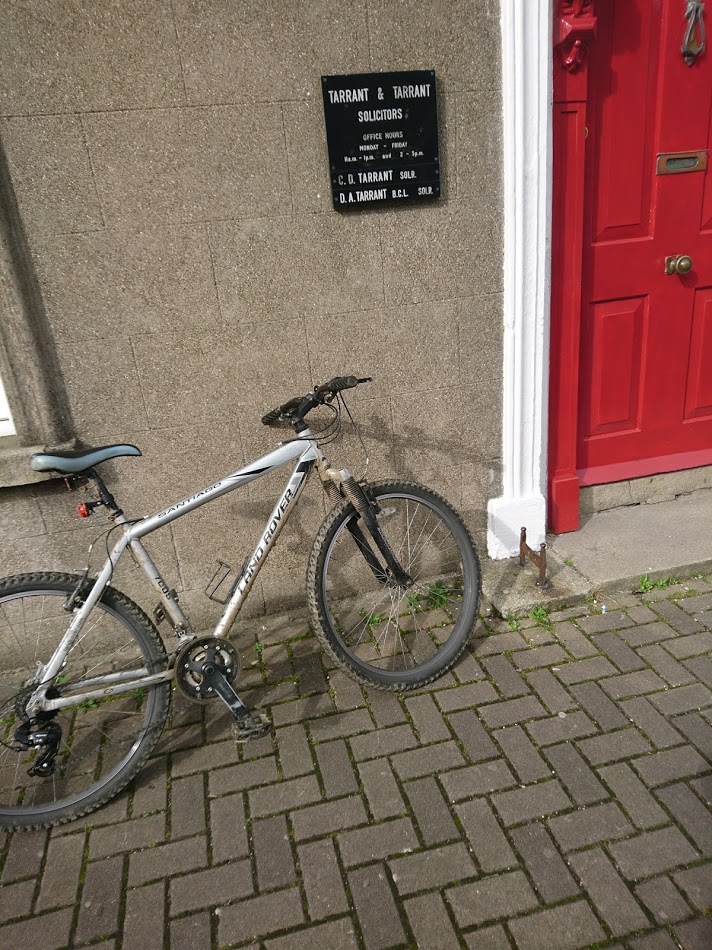
The really heavy snow in Early March 2018 caused some heavy drifts with bear ground in some places, but for example the 16 foot wide door at the end of the feeding passage in the the cattle shed was wedged tight with a seven or eight foot deep drift of snow partly due to some snow that came off the roof , I was was extremely busy with John trying to free up some drinkers that had frozen , and I remember using a maul type axe, raising it high above my head and coming down with full force on a four inch block of ice in the drinker outside the shed , only for the axe to bounce up off of it leaving a slight cut-mark on the ice, which we eventually managed to break and the tractor was okay inside , and fortunately it started up okay, then the job then was to get the door cleared so it could be opened for feed to be brought in to the cattle. I think also it was the severe hash wind caused some heavy drifts with bear ground in some places, that caused the drinkers to freeze, the 16 foot wide door at the end of the feeding passage in the cattle to be wedged tight with the seven or eight foot deep drift of snow partly due to some snow off the roof , some drinkers that had frozen , the shed , only We eventually managed to break through it and the tractor was okay inside , and fortunately started up okay, then the job was to get the door cleared so it could be opened so as feed could be brought in to the cattle at the end of the feeding passage in the cattle was wedged tight with a seven or eight foot deep drift of snow partly due to some snow that came off the roof. I was were extremely busy with John trying to free up some drinkers that had frozen , inside , A photo of the snow in front and behind my pickup truck, and snow I took around a plough along side my bike. With cows calving at the time it really was a busy time.

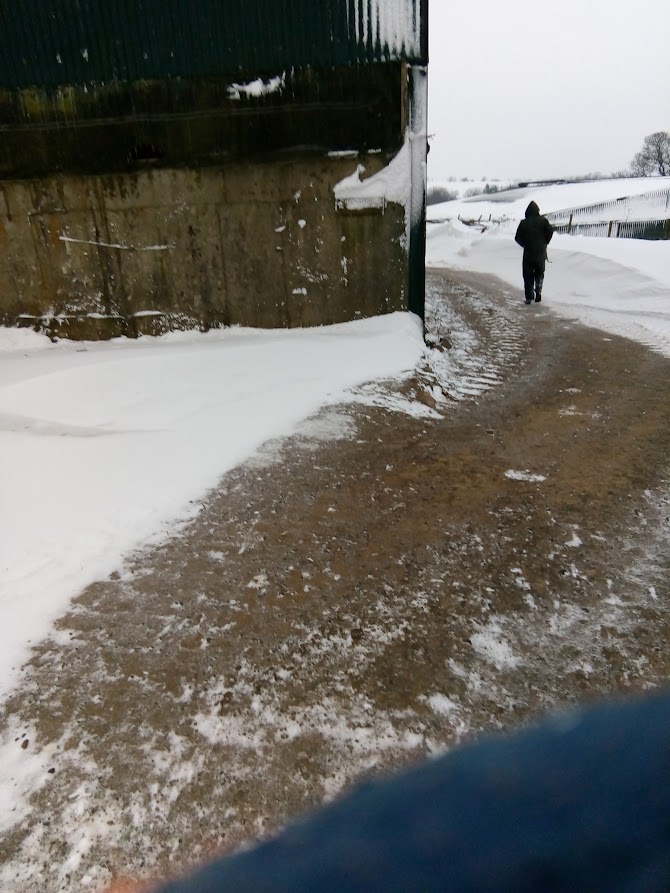
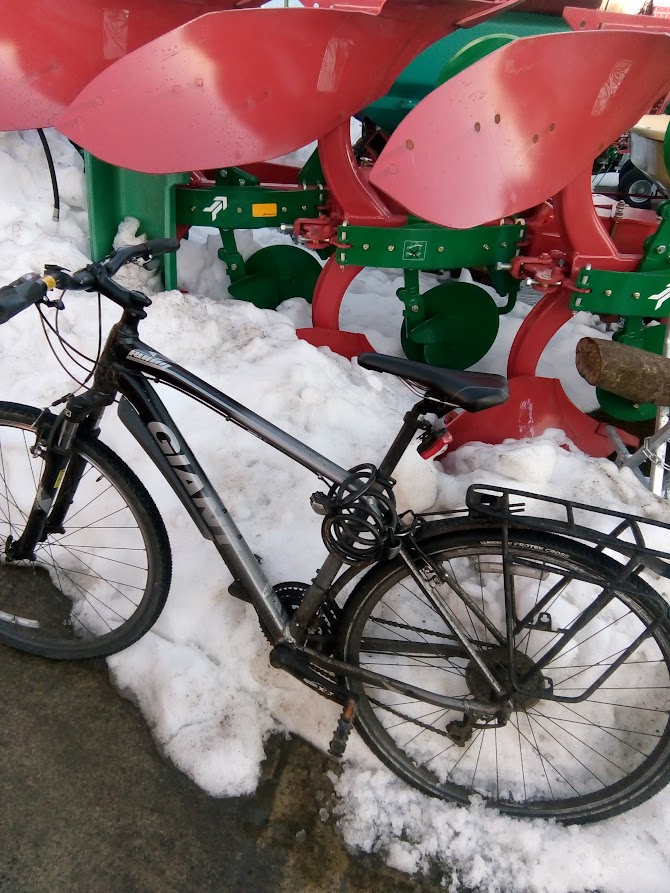
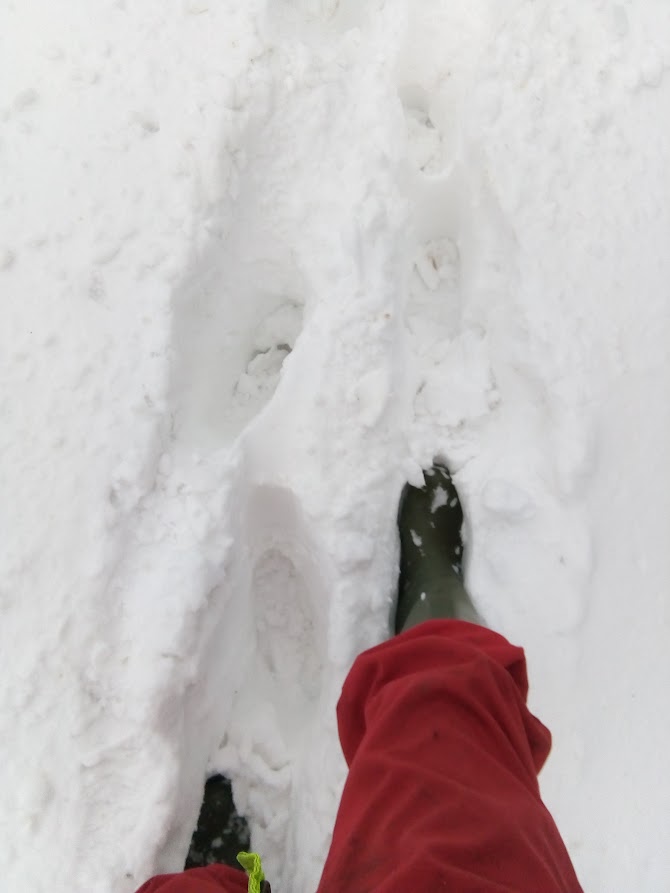

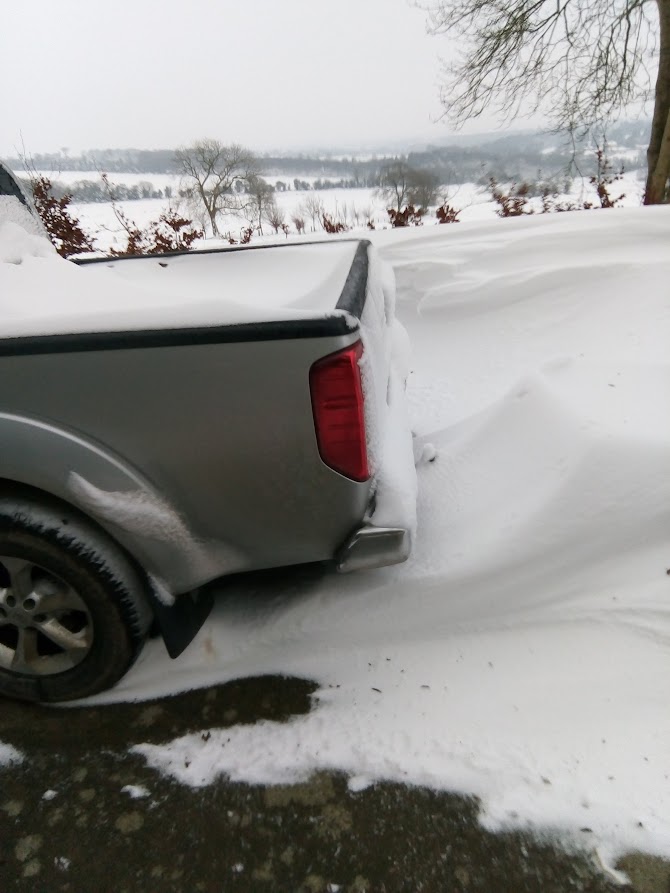

this was taken 11-March 2018 of a list of most of my phones that were taken, the XA 1 I bought after the November 2017 Sony Xperia X , Just after the delivery driver delivered my DELL Keyboard and mouse. I went immediately over to my neighbour who had just arrived back at her home and was able to ring my phone, but it just went to voice mail. After I got a replacement phone, a phone message came up on my voice mail, which was my neighbour and I speaking while she had kindly obliged to ring my phone for me. My front bike tyre had been slashed at our home between Saturday evening 3rd February and Sunday before lunch 4th February 2018, Photo of slashed front tyre taken in Gorey cycle Centre 6th February 2018. The Vindictive Prosecution was being made very clear to me once more after this stage March / April 2018
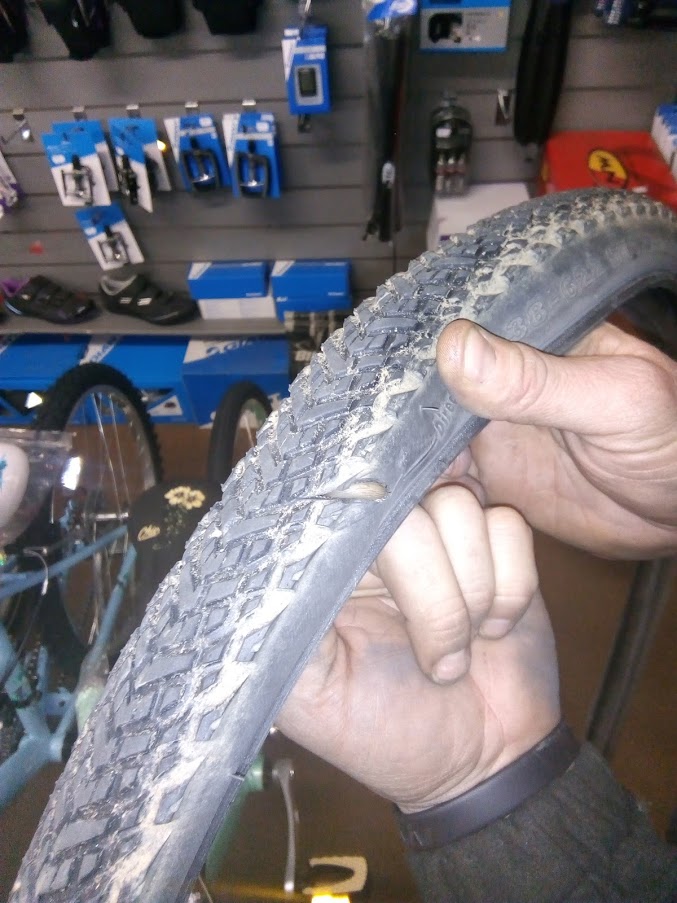

This was the Late Mr. Andy Byrne’s house and farm at Ballysallagh, Brittas Bay , 25-April-2018 near Jack white’s Pub with sixty acres that I had rented rented here with a woman from 2016,17 and 2018, This farm was then left to his brother the late Fr. John Byrne who was a priest in Liverpool after Andy died in October, 1983. Andy known as big Andy to some people who would have known him well had been letting about 100 acres for a couple of years before he died. They had a sister a Nun also. Fr. John had been letting it for a good many years afterwards. and Fr. John died in 2002.
Before he died, he had been bad with Alzheimer’s disease. Sometime after his death , his housekeeper came up with a very suspicious will leaving Ballysallagh to her , considering that she did not know where it was.
Some horses grazing on the land
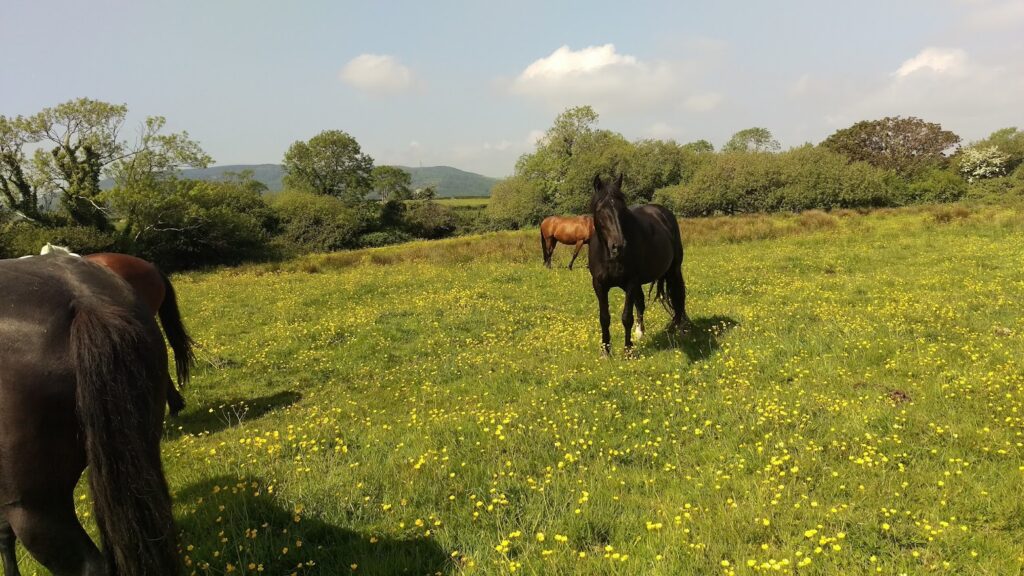
It was only after chatting to a man one day, and whilst in conversation , I was telling him about the place , and that I had it a reasonable price on the condition that we would be prepared to give “Vacant Procession” in September , if by chance the Auctioneer got the legal go ahead for a Sale, which we agreed to. After that, the conversation became really interesting, and I then became aware of the problem with the housekeeper, who I believe has since passed on too. Tarrant had come into the picture at that stage and had advised the four people next in line that they would probably need about 100,000 (25,000 each) to fight the case and be prepared to travel to Liverpool.
I am thinking of the woman mocking her neighbour for taking a second foreign holiday in the winter, but some years later she insisted on taking two foreign holidays, and appeared to be unaware that she had already taken two foreign holidays per year, some years .Possibly around 2012 or 2013 coerced a son into going in with her to his father , to inform him that she was planning to drive off the pier in Courtown. The father was quite suspicious that this was a bullying tactic, but nonetheless told her that she was loved very much and advised strongly not to do anything like that.
some years and Refuses to pay her share of income Tax, and feels she has a free entitlement to electricity, home insurance etc. There is a “Money will fall out of : The Sky Syndrome”. Some of these people can manipulate some professionals like doctors and solicitors into believing they are not being given enough money, plenty of these professionals have no difficulty going along with this as it is not their money that is being squandered, and they can see an opportunity to profit from it.


The Louvre Museum

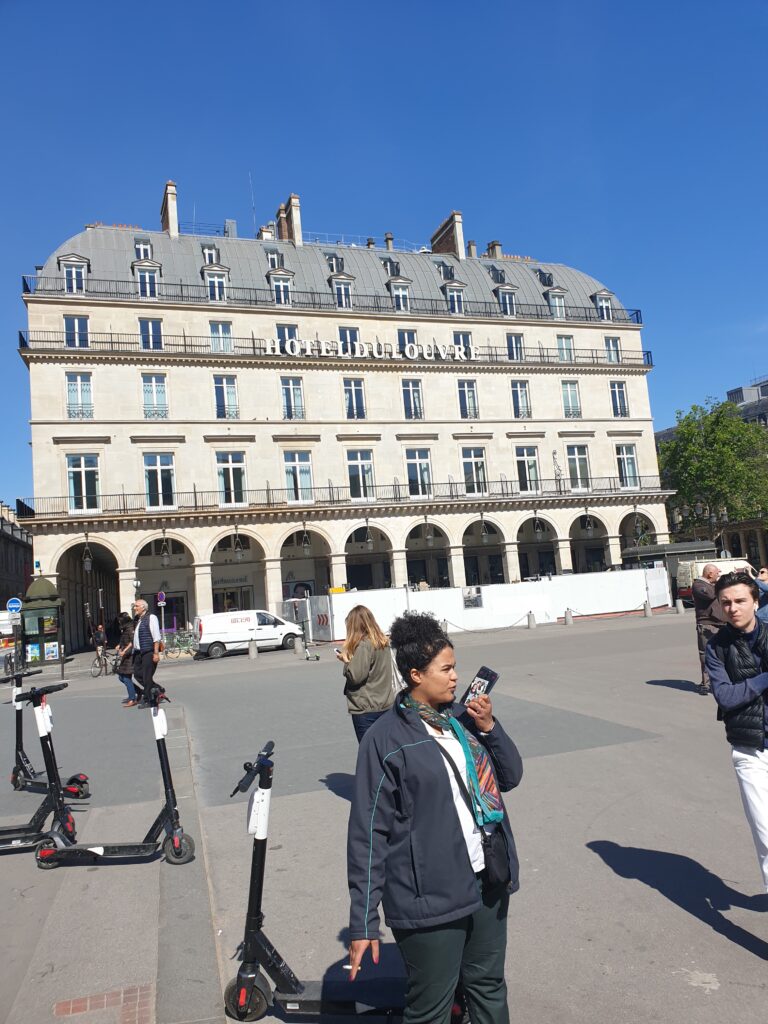







he Eiffel Tower in the background

T



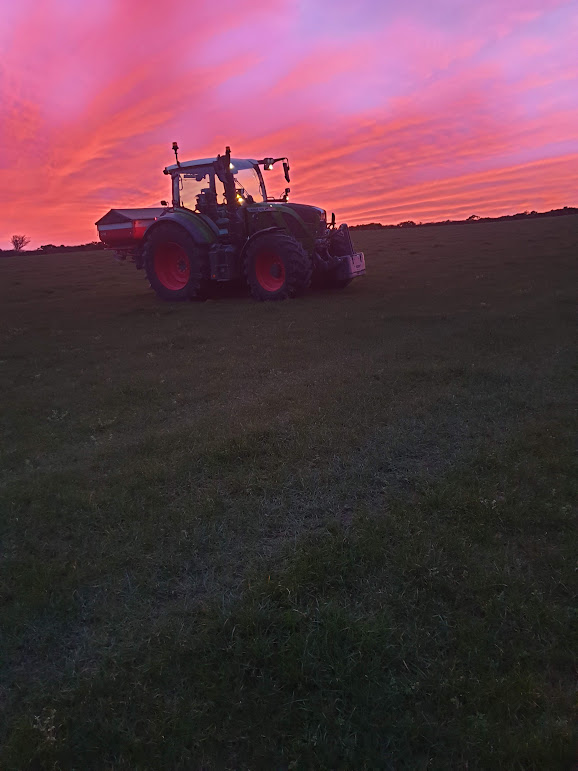
this Photo of a FENDT 516March 2020 in Ahullen, Kehoe Brothers have really moved on in a very progressive way over the last 40 years ago as partly outlined since this feature piece:
Kehoe Bros Feature in Belfast newsletter 25-May-2002
Brothers seeing Red.
The forecourt of Kehoe Bros machinery Ltd.’s impressive premises, Camolin, Co. Wexford was recently transformed. This was caused by the arrival of a fleet of new red Mc Cormick tractors.
Kehoe Bros machinery Ltd. Is one of the latest tractor and machinery dealers.
To be awarded a Mc Cormick dealership franchise. They were appointed dealers for North Co. Wexford and Wicklow
Denis Kehoe, who worked in URSUS distributorship between 1981 and 1984, set up the first company in Camolin, Co. Wexford in 1984. It was called Kehoe Brothers Tractor sales. In 1998 the company was restructured as Kehoe Brothers Machinery ltd.
Considering that they now have real quality AGCO Brands like FENDT and Massey. Ferguson.

FENDT 720 Feb 2023
Kinsella Agri harvesting their Wholecrop Rye and CASE 240 tractor along with John Deere’s July 2023





David Kinsella with CLAAS on tracks 2022 for a couple of years doing our wheat

Tri-Axle

Conor ploughing with the Dual clutch 160 Hp New Holland February 2024
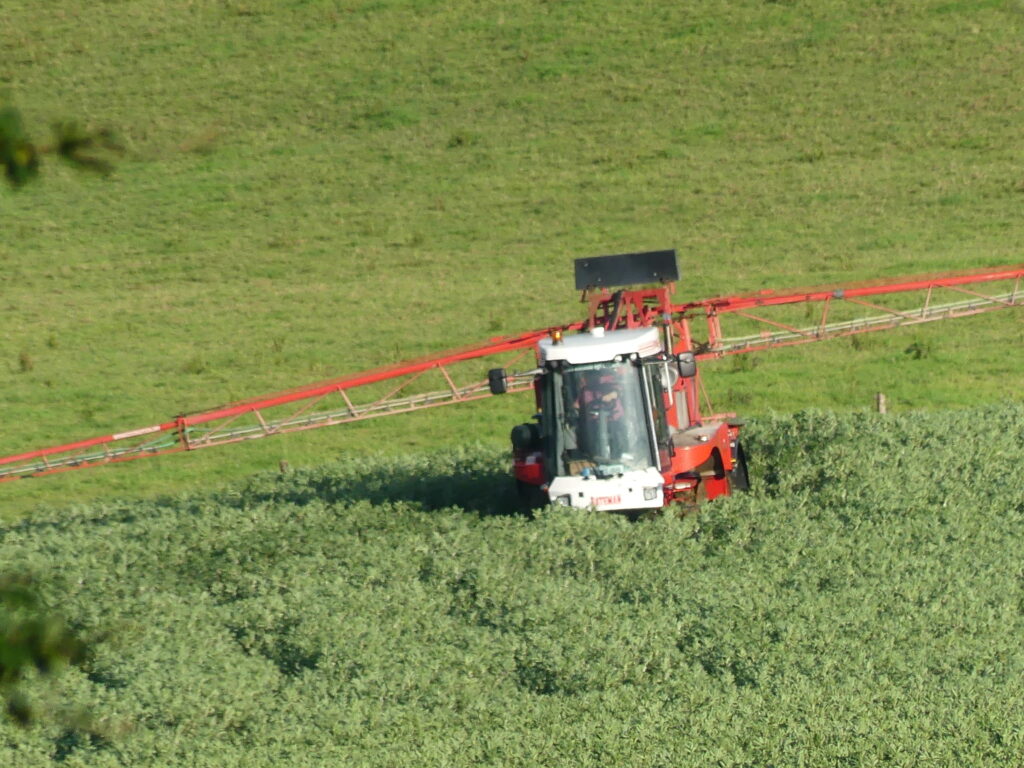
Spraying Beans 2024

CASE 200 power-harrowing Caroline’s Area 12-July-2024 ground, which took a while and some patience waiting for it to dry out to plough with the NH T6.160, it was like trying to get grip with new tyres on on butter, and yet it can dry fairly quickly after the ploughing

The area reseeded and heifers grazing 18-September-2024
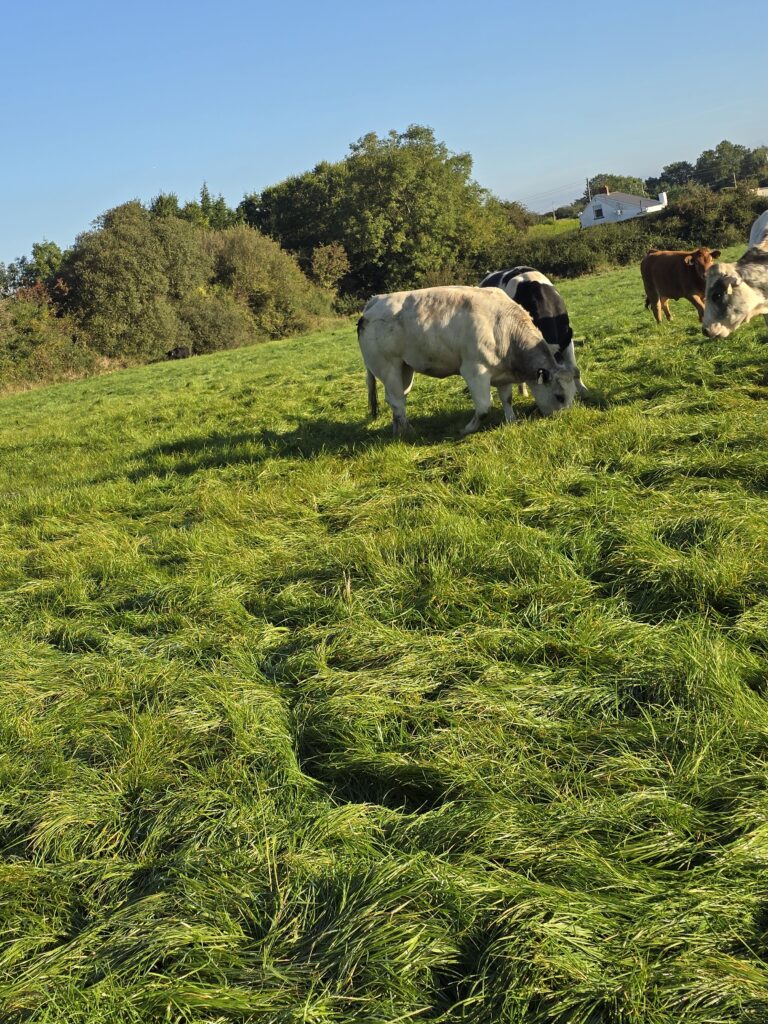
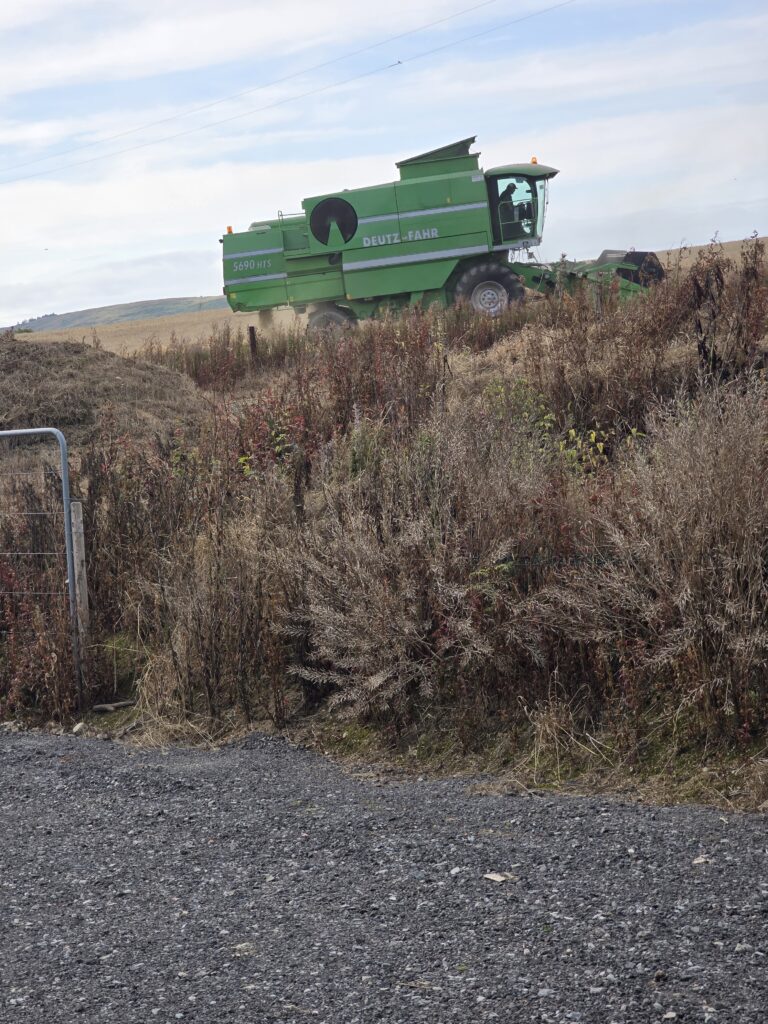
Deutz FAHR 5690 in the Neighbour’s
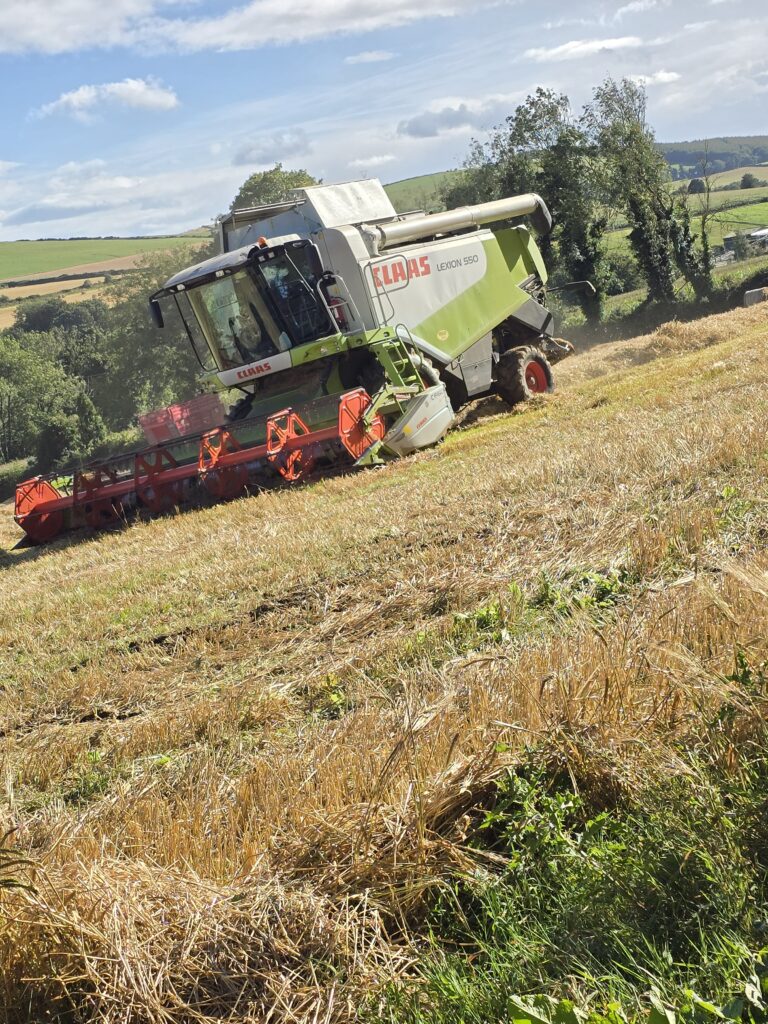
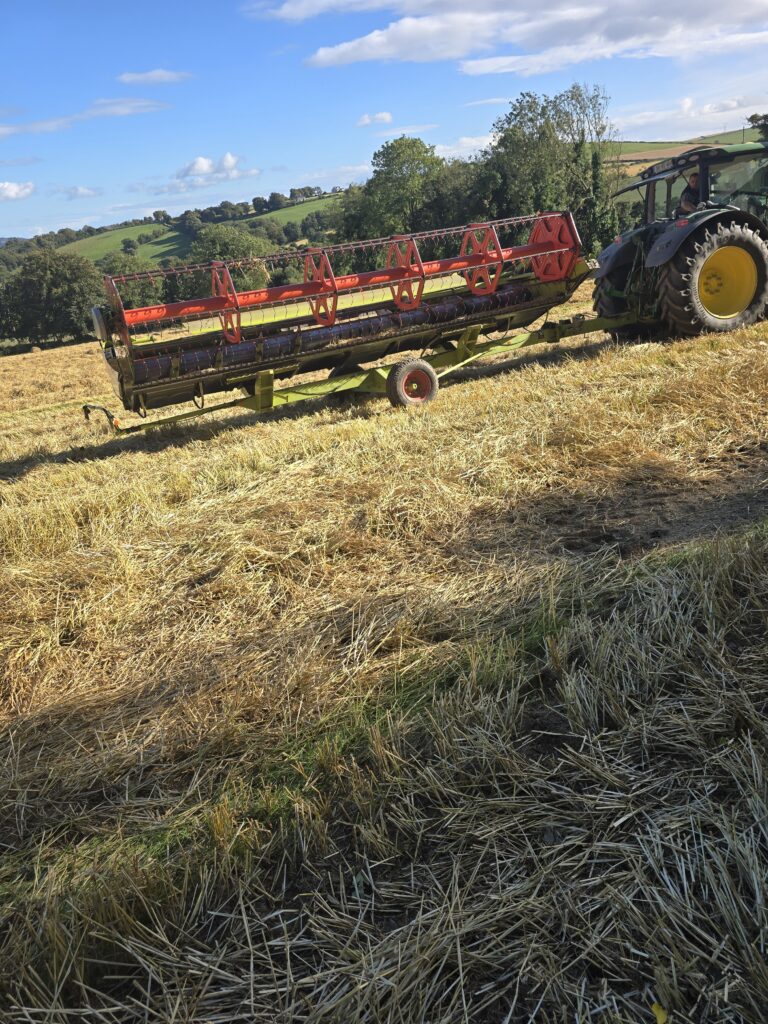
Conor getting his harvested


CASE 260 with Maize October 2024

Maize harvester filling trailer October 2024
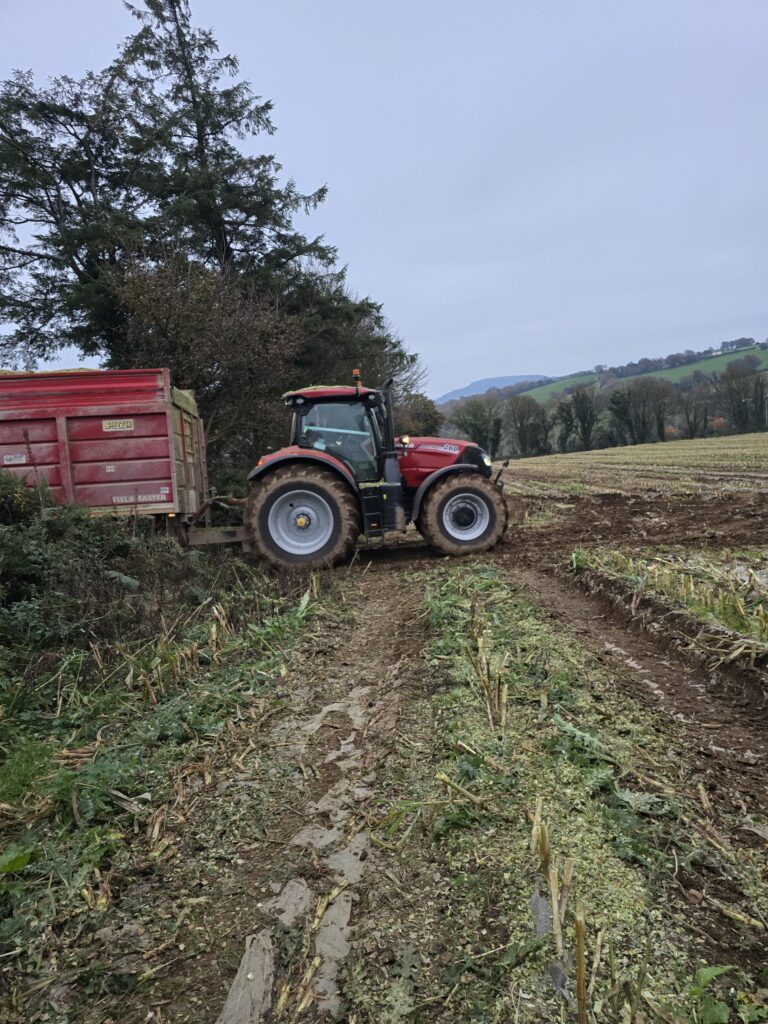
CASE 260 October
Glendalough Oct 2024
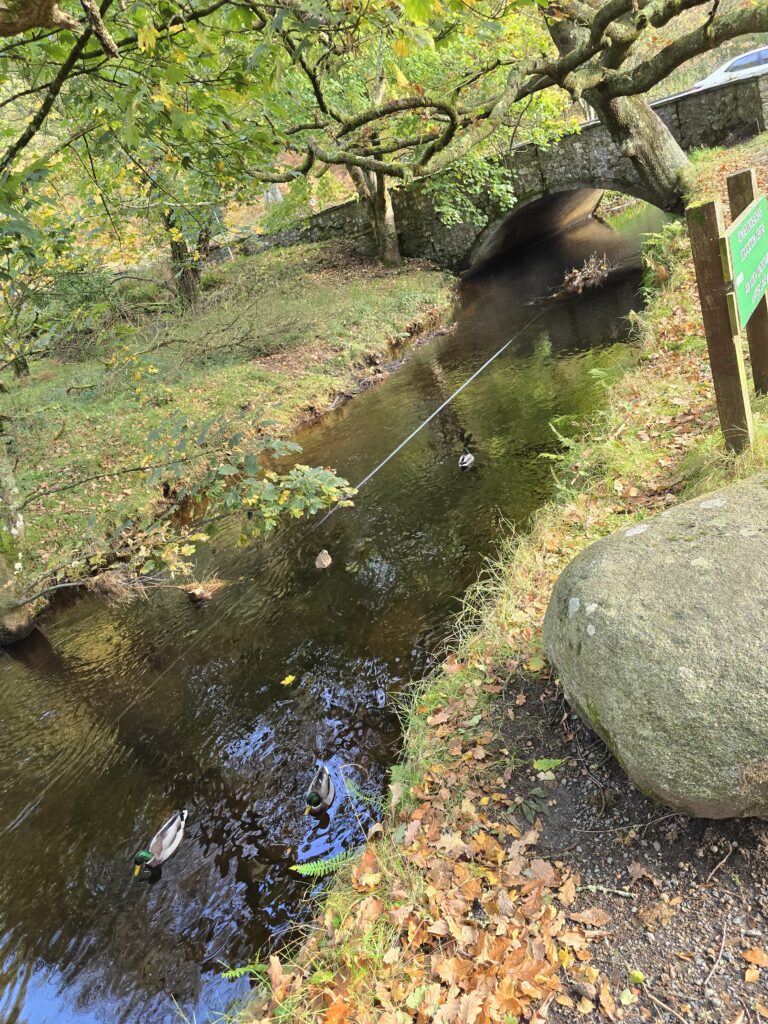
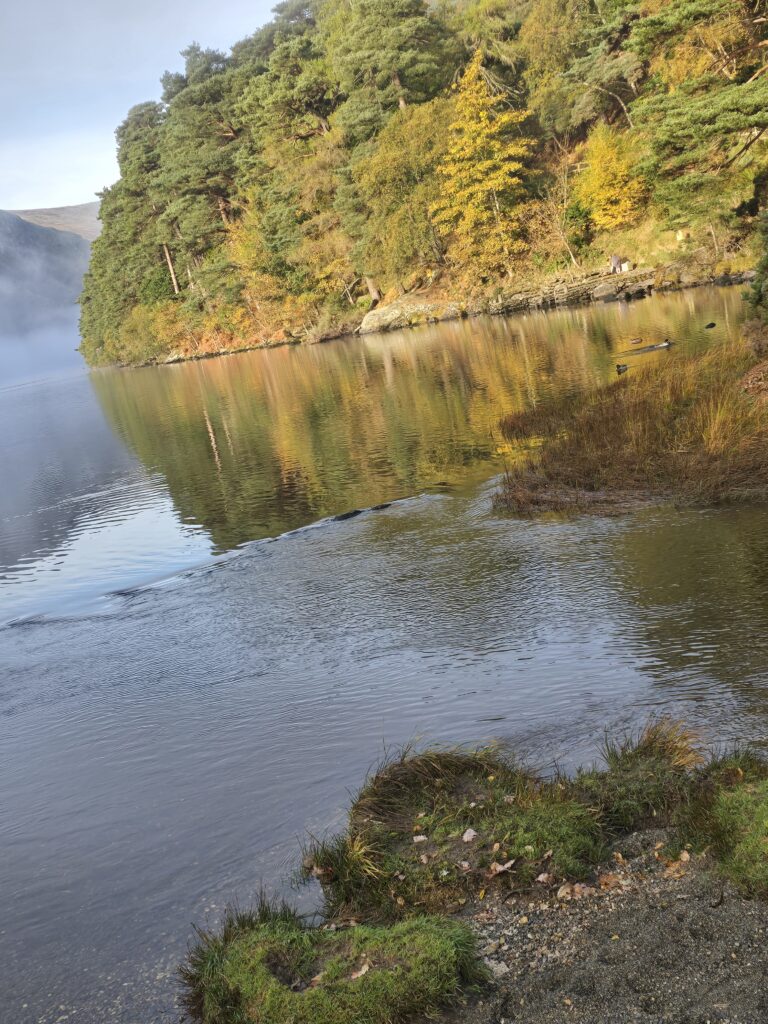
Glendalough October 2024

The CRCL CENTRE DE RECHERCHE DE EN CANCEROLOGIE De LYON
We spent a few days in Lyon in France recently 2025 and we noticed the Cancer research Centres apart from the Medical colleges and universities and while visiting some of the parks and magnificent Cathedrals and Église Saint-Georges de Lyon a church, and while visiting some of the Cathedrals with their wonderful architecture in Vieux LYON (Old LYON)

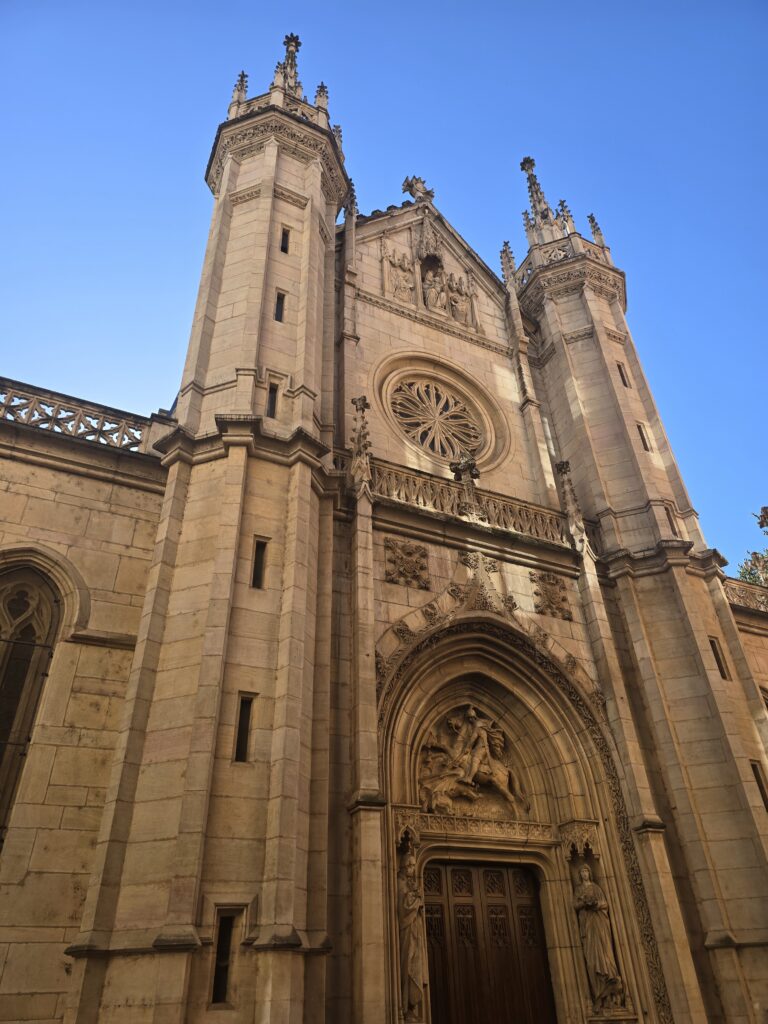

The top of the Basilica

The Tower beside the Basilica which is a copy of part of the upper part of the Eiffel Tower, The Palais de justice historique de Lyon is a building located in Quai Romain Rolland, on the right bank of the Saône, with its 24 columns
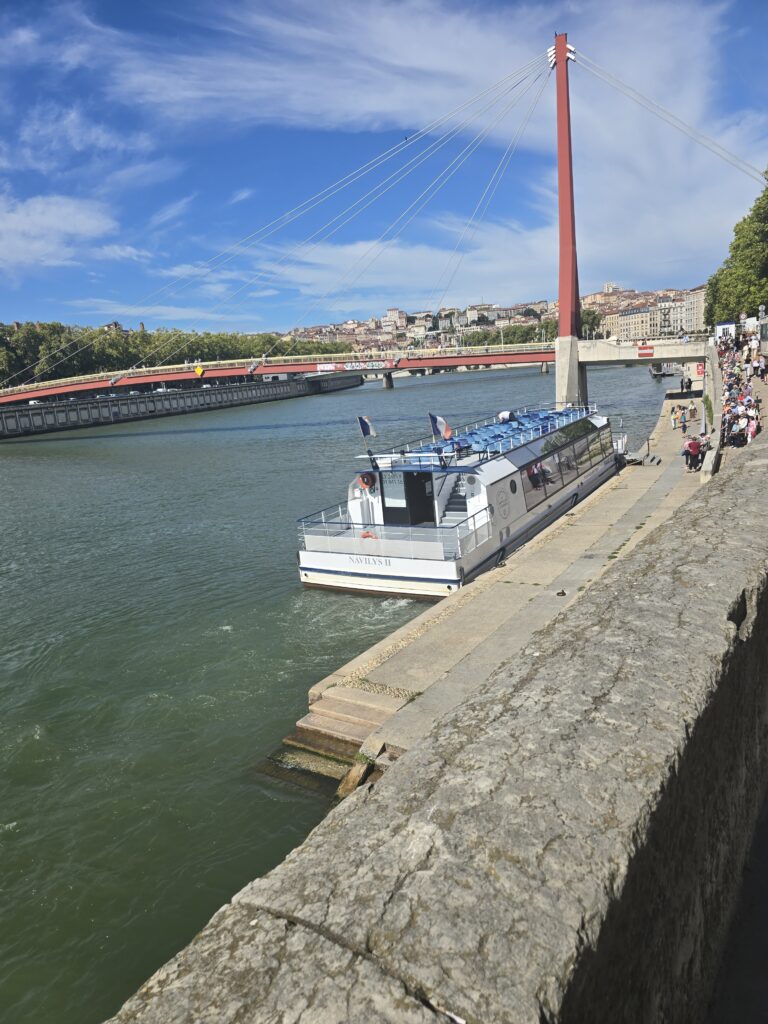

The Suspension bridge
and coming across and the parks, and Place Bellecour the historic Square with its huge monument to Louis X1V pedestrian bridge, and coming across and the parks, and Place Bellecour the historic monuments and a little mix of business and leisure, walking backing down along the side the river Sane pronounced like: sun or: Sonne and taking some photos of the Basilica and the Tower nearby , which is a part copy of the upper part of the Eifel Tower and then from the boat ride on the river a photo The Palais de justice historique de Lyon is a building located in Quai Romain Rolland, on the right bank of the Saône, with its 24 columns and viewing around Place Bellecour a large square in the centre, and the cathedral we or about to return and we went onto the tram stop beside the cathedral I had noticed some beware of pickpockets signs in decades either and when we went out to the tram to get our return ticket a an office an innocent looking young girl with another youngster which look very young maybe around 15 or 16 told us the ticket machine was not working and to walk around the side and they then it began to dawn on us that she may be pulling a fast one on us , when one of the Metro officials spotted what was going and said to us clearly a pickpocket not to go to the side with her, she was quick thinking after being caught and said to him ma famille, the fact that she looked so innocent I would think she had some success on different occasions, she reminded of a father and son solicitors, who were far more greedy than the small amounts she was after

King Louis the 14th taken late in the evening 2019
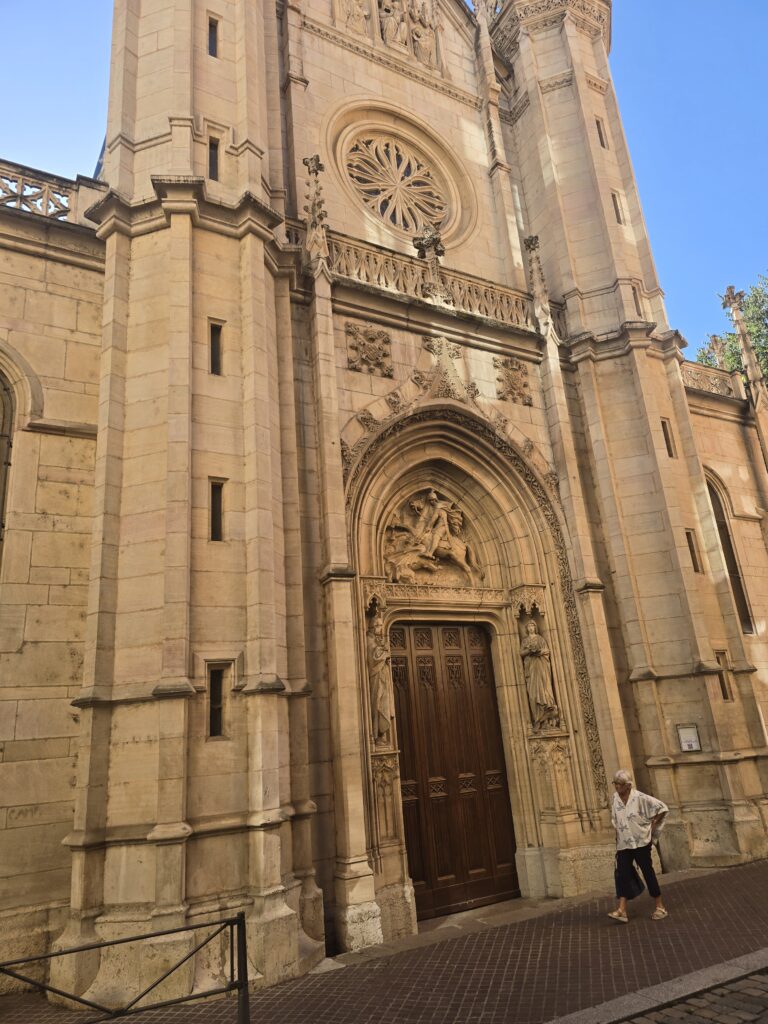
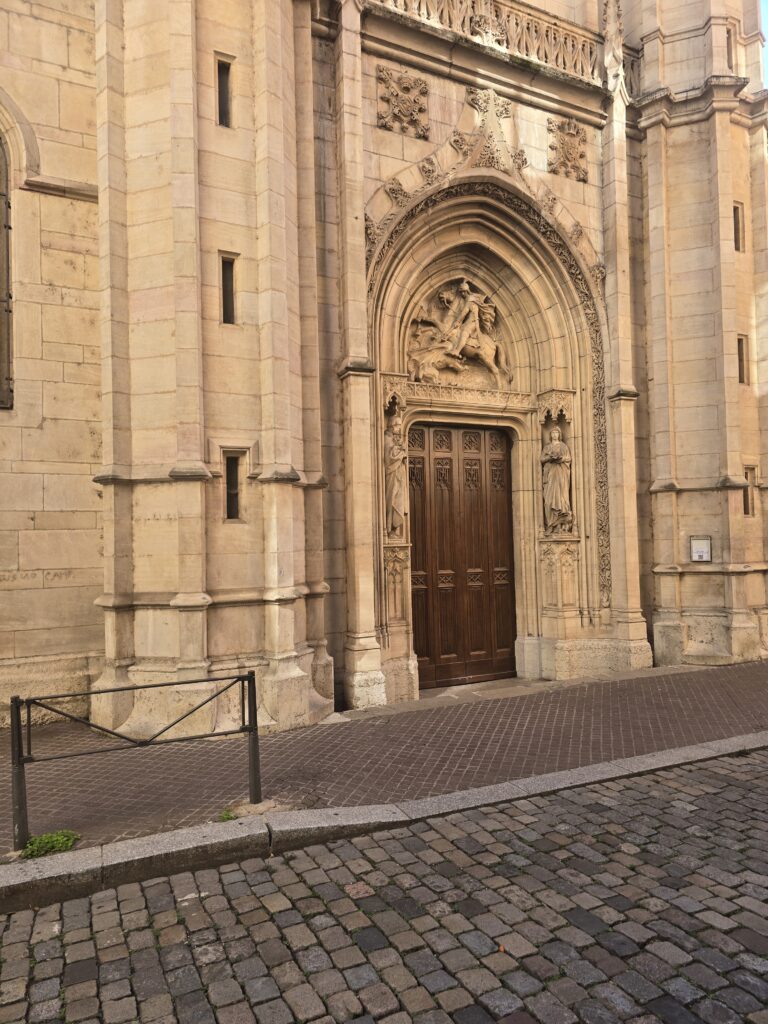
Saint Jean Cathedral, Lyon
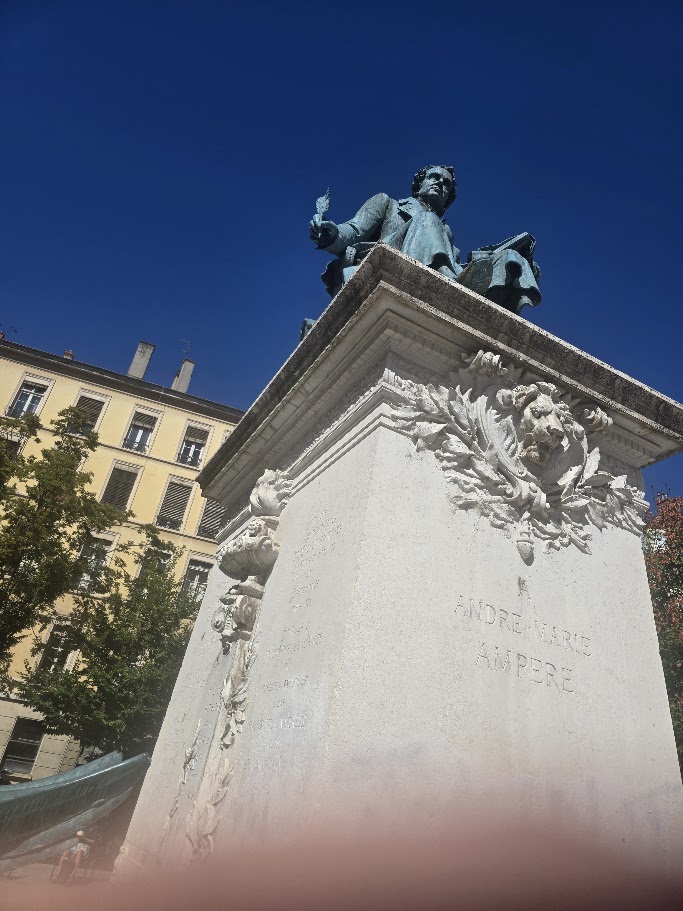
The important Andre Ampere, The physicist and mathematician established the fundamental relationship between electricity and magnetism, thus laying the foundations for modern electrodynamics